Luoyang is truly a city worth visiting solely for its museums! The title of “Ancient Capital of 13 Dynasties” is not an exaggeration, as the city boasts an impressive 102 museums, rivaling even the provincial capitals in their splendor!
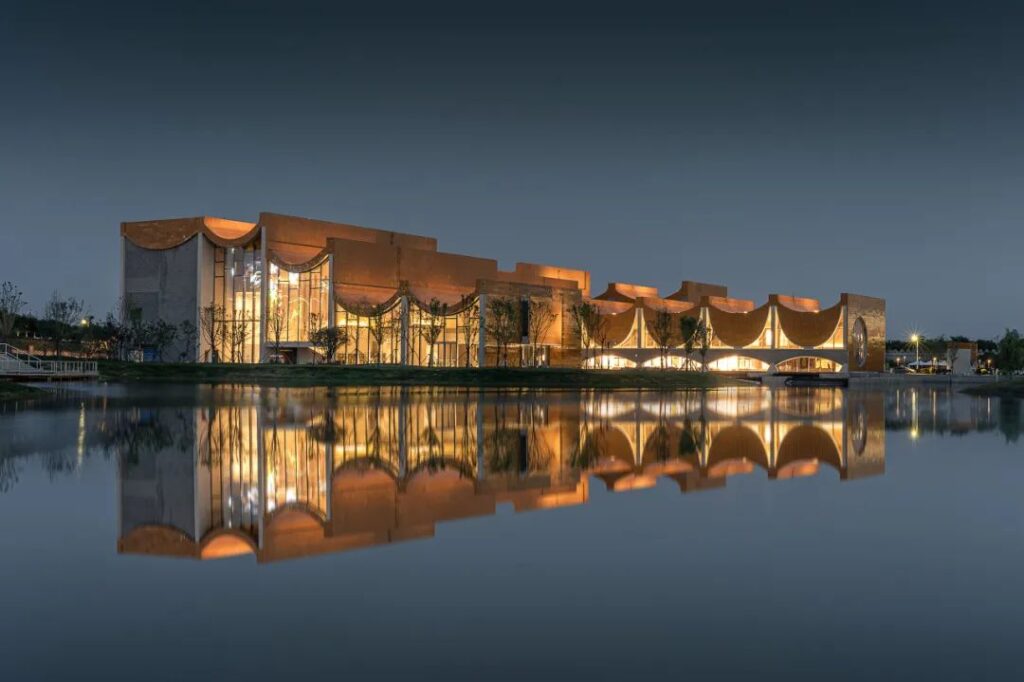
The comprehensive “Luoyang Museum” showcases the city’s 1,500-year history as a capital, 4,000-year history as a city, and 5,000-year history of civilization.
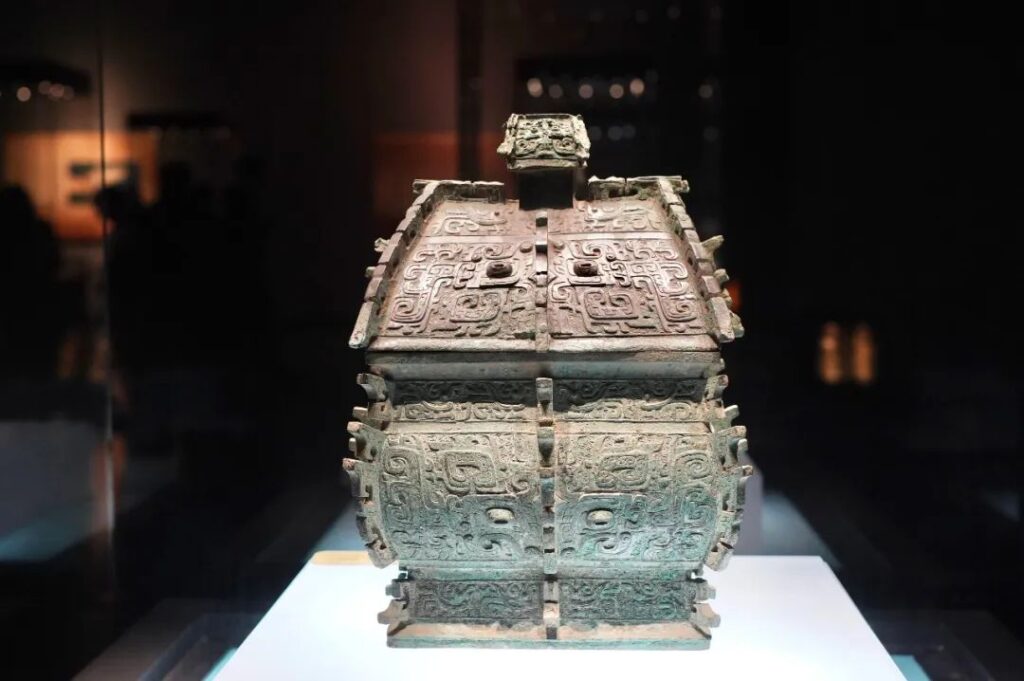
The intriguingly named “Luoyang Ancient Tomb Museum,” the world’s first ancient tomb museum, has been relocated and restored from its original site, featuring 25 tombs for a true “ancient tomb adventure.”
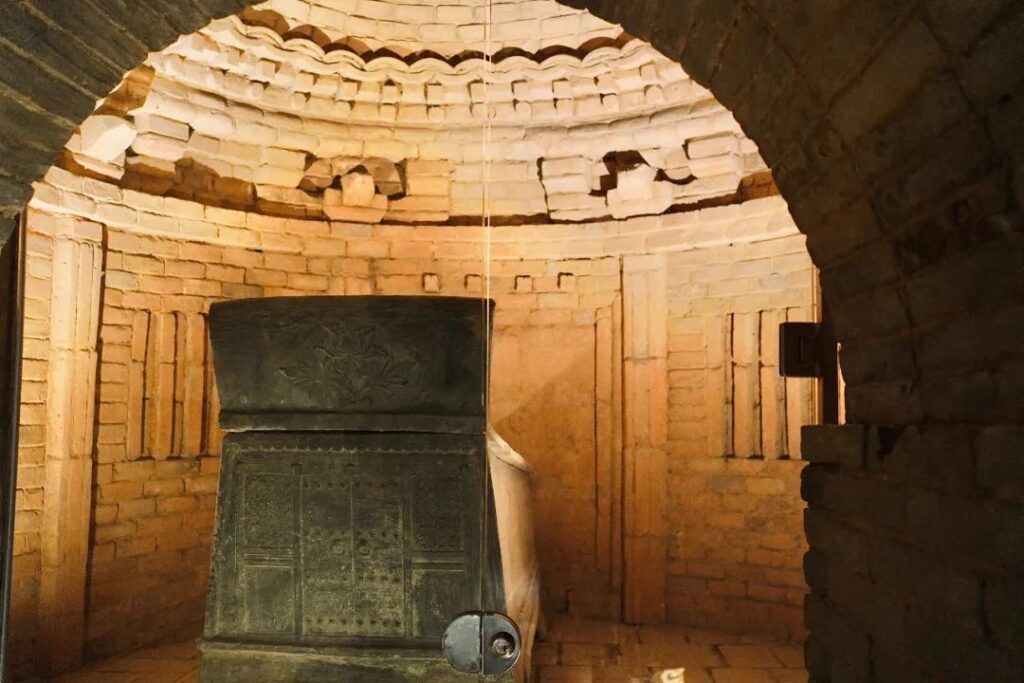
The “Erlitou Xia Capital Museum,” which caused a sensation in the archaeological world, provides physical evidence of the existence of the “Xia Dynasty,” solidifying the origins of Chinese civilization.
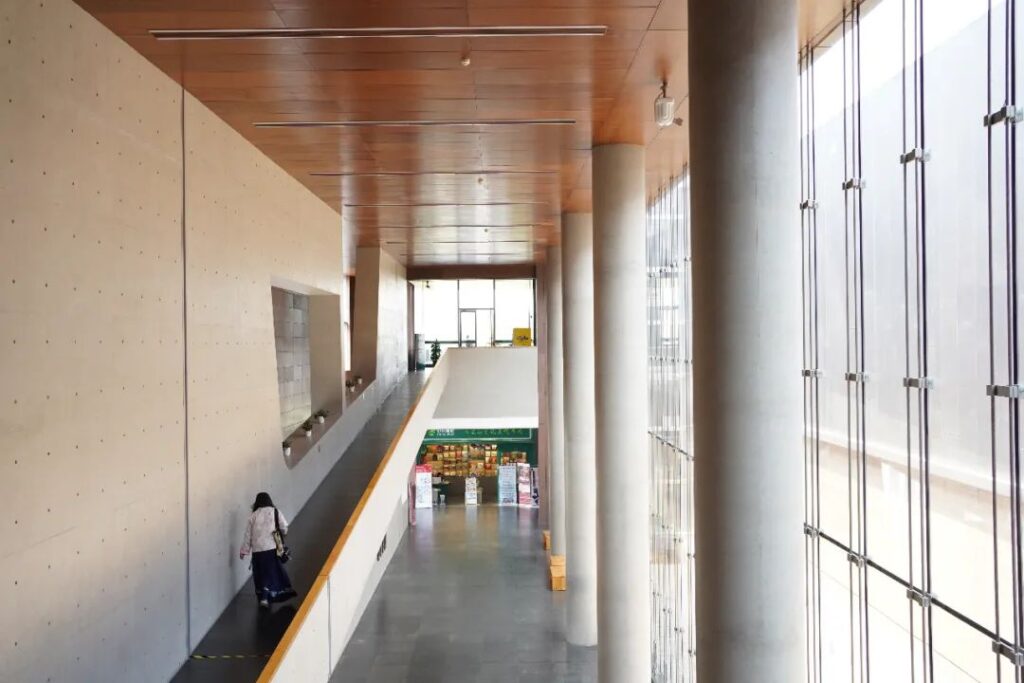
There are also the Tianzi Jialiu Museum, the Sui and Tang Grand Canal Culture Museum… each one carrying significant weight. Therefore, today’s article will focus on the museums of Luoyang, and it is recommended to read it in conjunction with the Luoyang Grand Strategy and Luoyang Food Strategy!
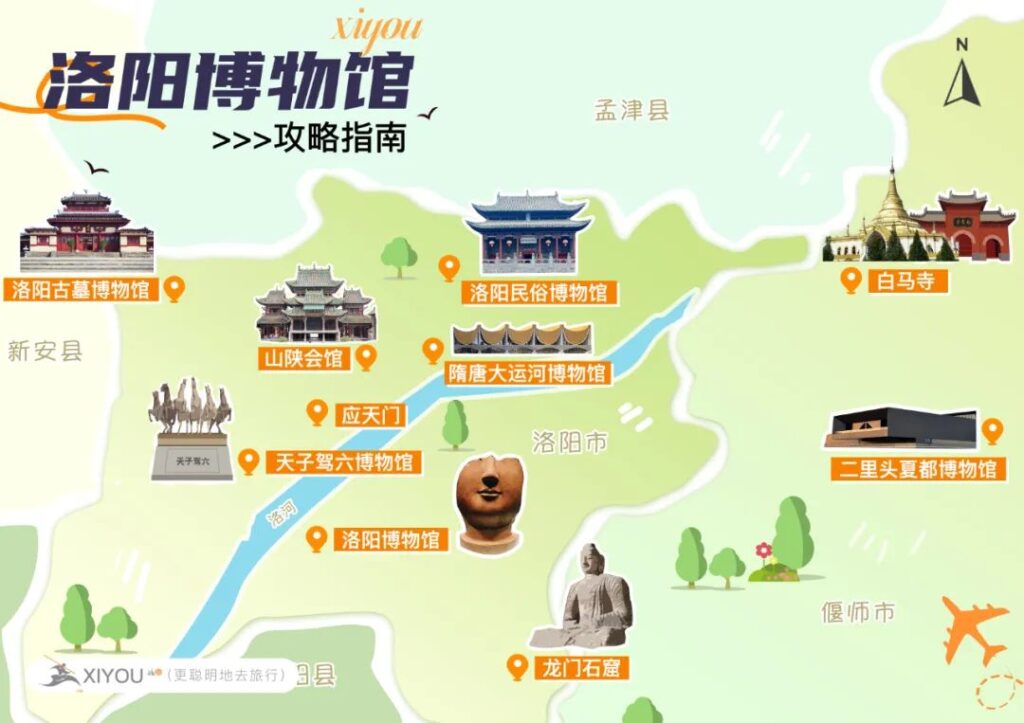
Must-Visit Museums in Luoyang
The Luoyang Museum and the Ancient Tomb Museum are the two museums I consider a must-visit in Luoyang, as they serve as the table of contents and abstract for the book that is Luoyang.
1.Luoyang Museum
⏰: Regular hours 9:00-17:00 (last entry at 16:30), closed on Mondays. Extended hours until 21:00 (last entry at 20:30, open on Mondays) before May 6th.
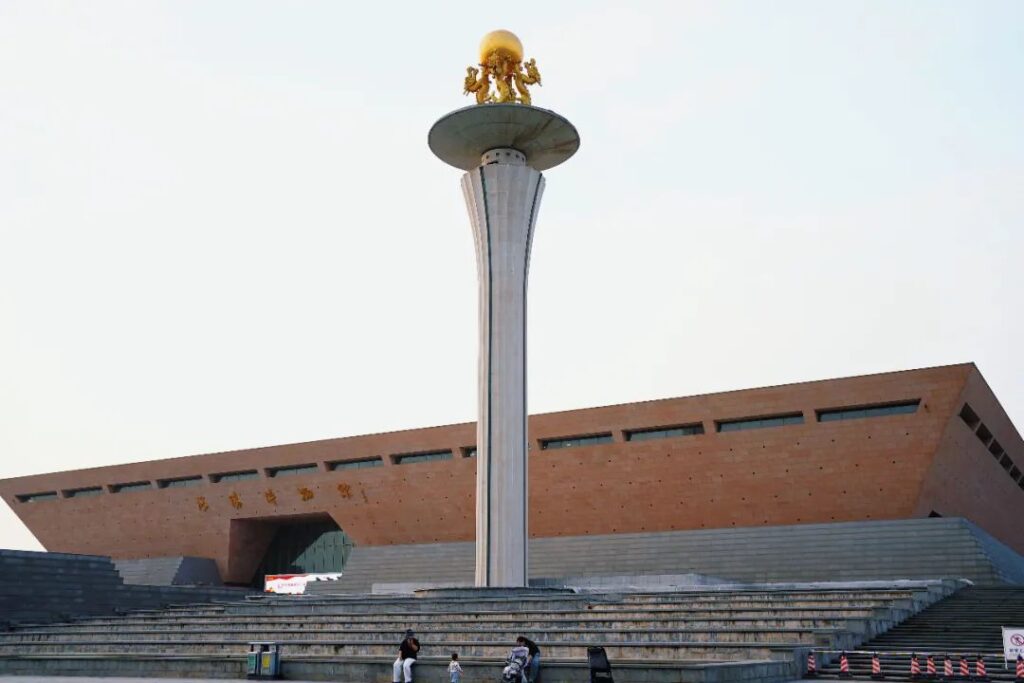
The Luoyang Museum and the Henan Museum in Zhengzhou are both among the first batch of national first-class museums, which speaks to their significance!
The Luoyang Museum is located on the south bank of the Luo River, with convenient transportation. The China National Flower Garden and the Sui and Tang City Ruins Botanical Garden are located in front and behind the museum, making it easy to spend an entire day in this area.
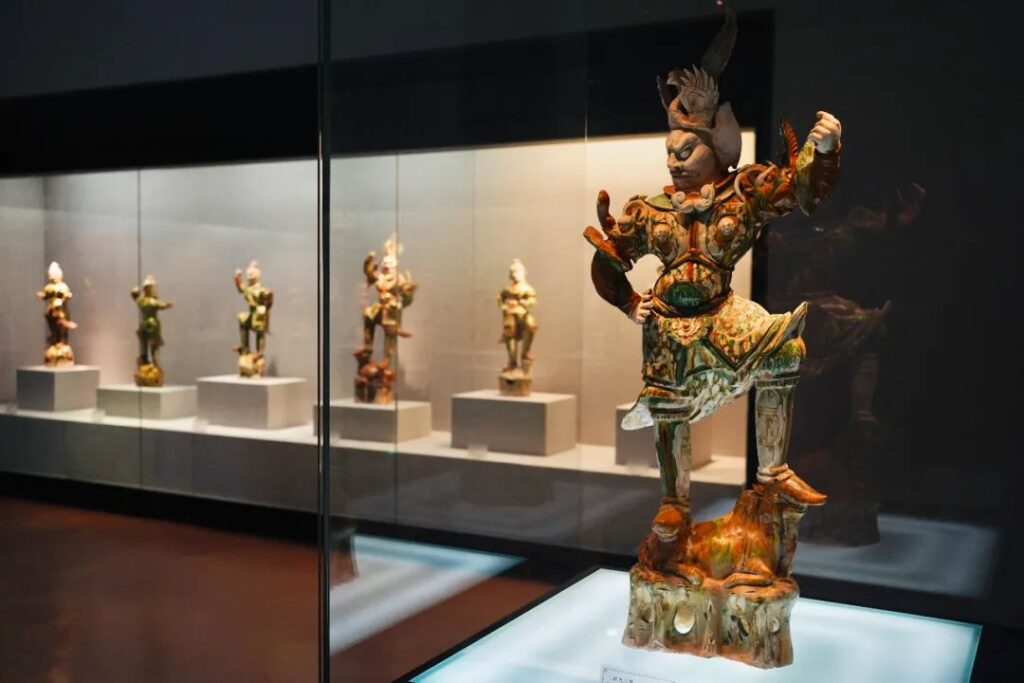
The tall tower in front of the museum is modeled after Wu Zetian’s “Great Zhou Wanguo Song De Tianshu.”
The main building of the Luoyang Museum has two floors. The first floor mainly features the Heluo Civilization Exhibition and the Ancient Stone Carvings Exhibition, while the second floor focuses on the Treasure Exhibition, the Palace Cultural Relics Exhibition, and the Tang Tri-colored Glazed Pottery Exhibition.

In terms of viewing order, it is recommended to start with the Heluo Civilization Exhibition on the first floor, which is divided into three exhibition halls covering five major periods: prehistoric, Xia, Shang, and Zhou dynasties, Han and Wei dynasties, Sui and Tang dynasties, and the Five Dynasties and Northern Song dynasty, providing an overall impression of Luoyang. Then, take your time to explore the specialized exhibitions such as stone carvings, treasures, and Tang tri-colored glazed pottery.
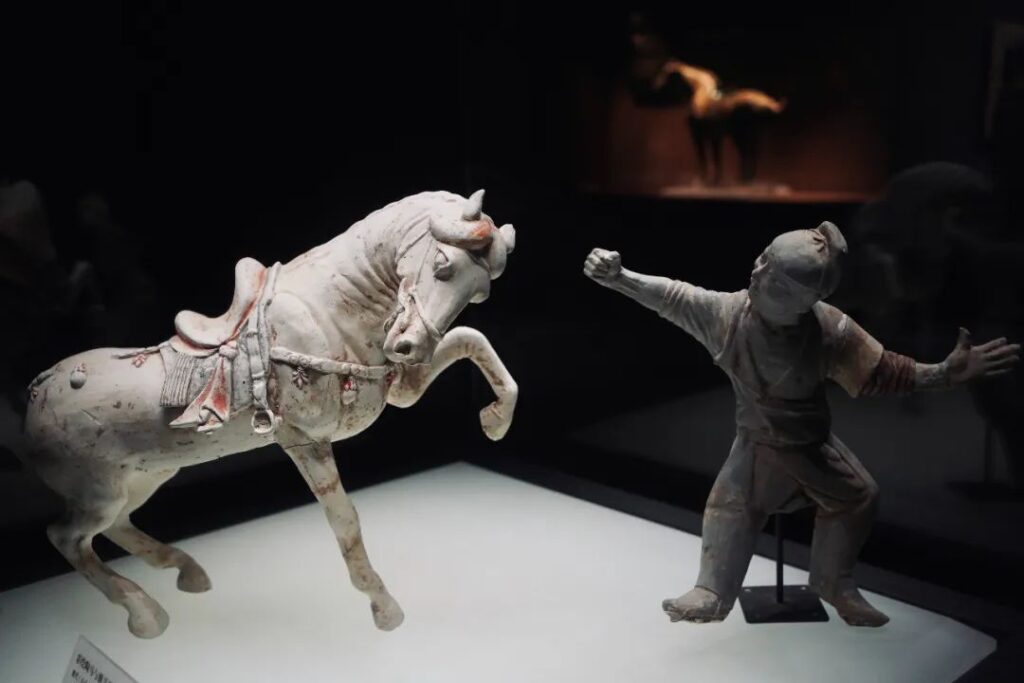
The most representative artifact from the prehistoric period is a complete elephant bone fossil. The prehistoric climate in Henan was very different from the present, with a large number of elephants living in the area. The abbreviation for Henan, “Yu,” even carries the meaning of elephants.

The focus of the Xia, Shang, and Zhou dynasties is on bronze ware. The Xia style imitates pottery, the Shang has a large number of wine vessels, and the Zhou bronze ware follows a strict hierarchical system of rites and music.

The Luoyang City of the Han and Wei dynasties, influenced by the Silk Road and Emperor Wen of Han’s policy of Sinicization, was the largest international metropolis in the world at that time.

When it comes to eye-catching exhibits in the museum, this period has the most. The animals look like this:

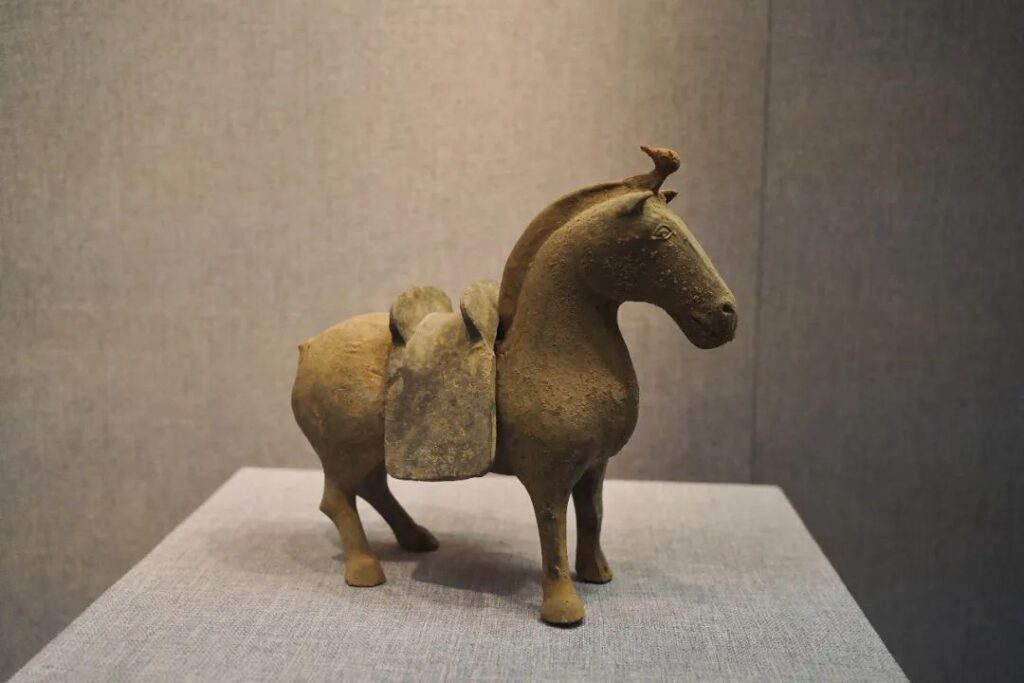
The human pottery figurines look like this:
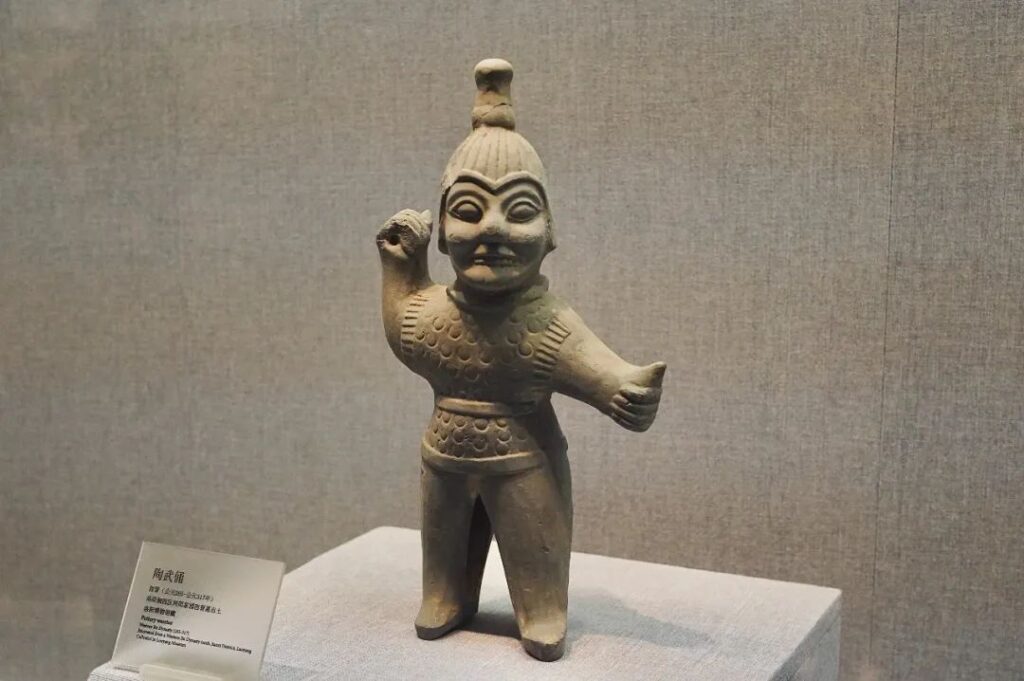

The tomb guardian beasts, with their faces full of “respectful and fake,” make you wonder who they could possibly scare.
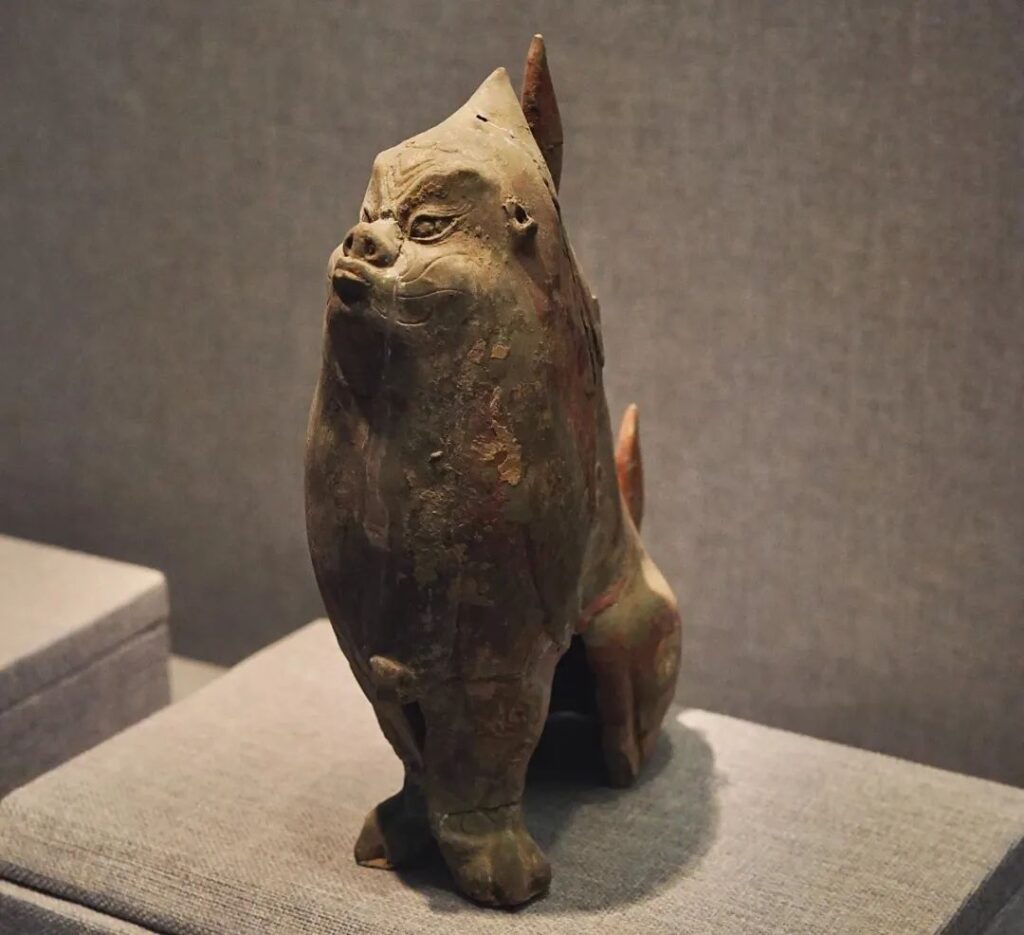
The Northern Wei version of Girls help girls~

The Sui and Tang dynasties were the peak period for Luoyang City. Emperor Yang of Sui excavated the Grand Canal, while Wu Zetian built palaces and grottoes internally and embraced openness and inclusiveness externally. The Tang tri-colored glazed pottery is the signature product of this period.

If you’re short on time and want to quickly hit the highlights of the museum, you can head straight to the Treasure Exhibition on the second floor.
The Cao Wei white jade cup, the Tang tri-colored black-glazed horse, the Northern Wei clay sculpture of Buddha’s face, the Tang gold and silver openwork bird and flower bronze mirror, and several other popular cultural relics are all housed in this hall.
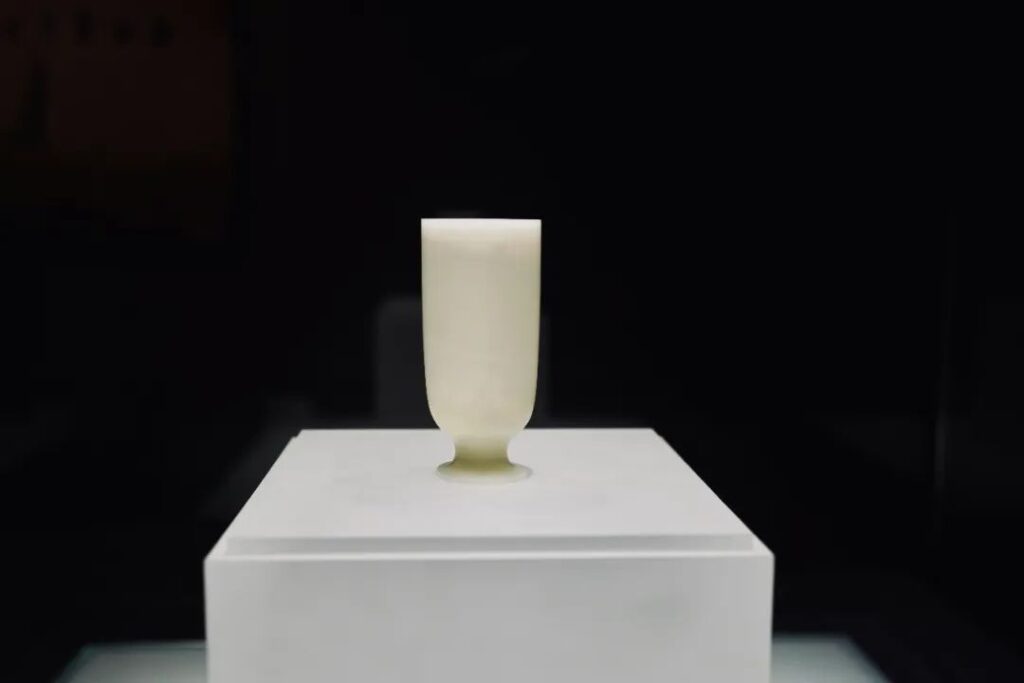

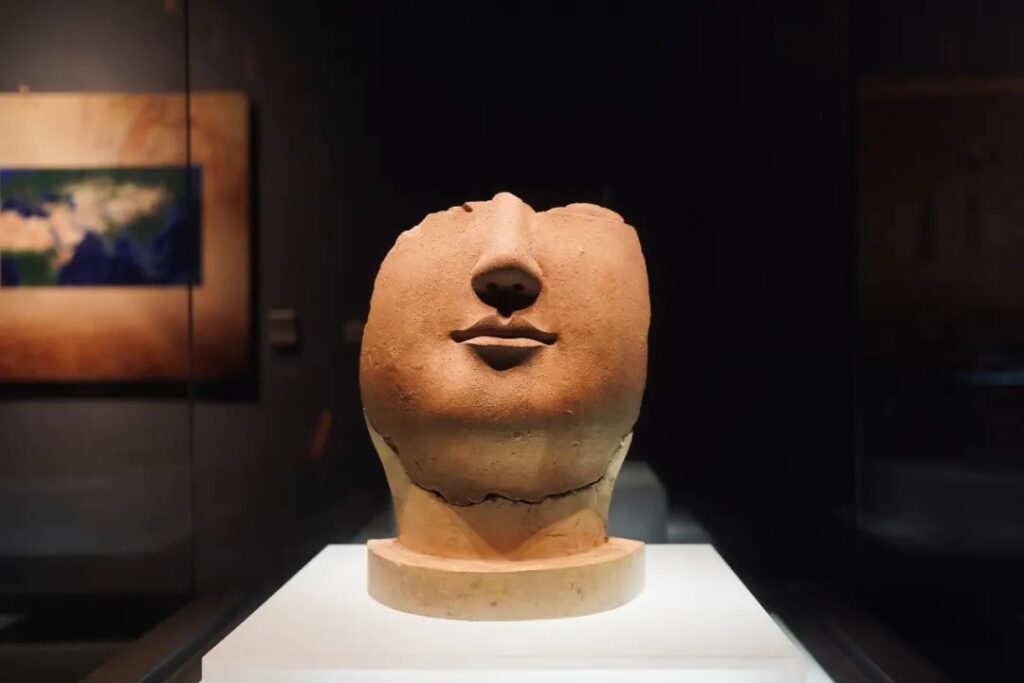
The Treasure Exhibition is different, with significantly better lighting and glass quality compared to other exhibition halls, resulting in minimal glare.
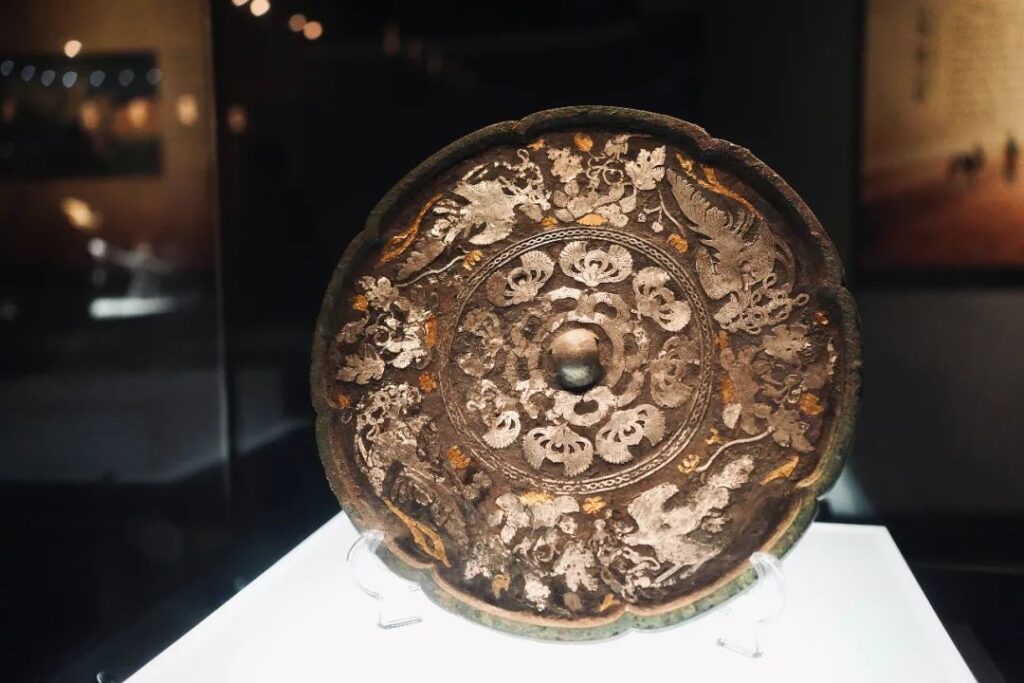

They all have corresponding products in the museum’s cultural and creative store. The Tang gold and silver openwork bird and flower patterned makeup mirror is extremely popular.
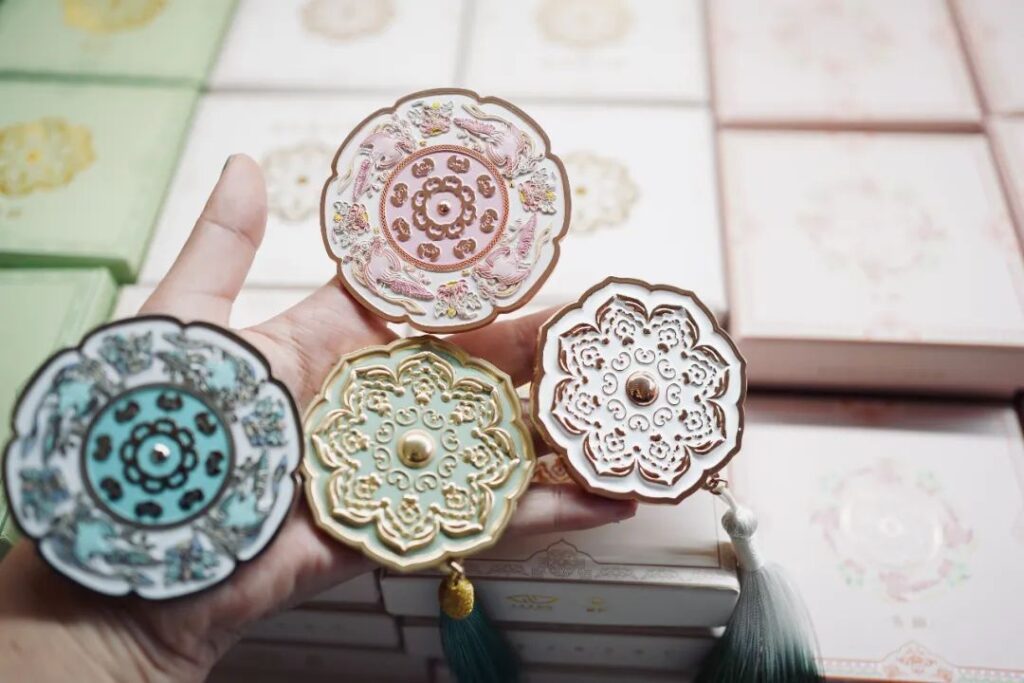

The Palace Cultural Relics Exhibition on the second floor is also very impressive. The artifacts here originally belonged to the Great Buddha Hall of the Cining Palace in the Forbidden City and were treasures used for Buddhist rituals in the Qing Palace, with exquisite materials and craftsmanship. In 1973, they were allocated to the Luoyang Museum under the approval of Premier Zhou Enlai.
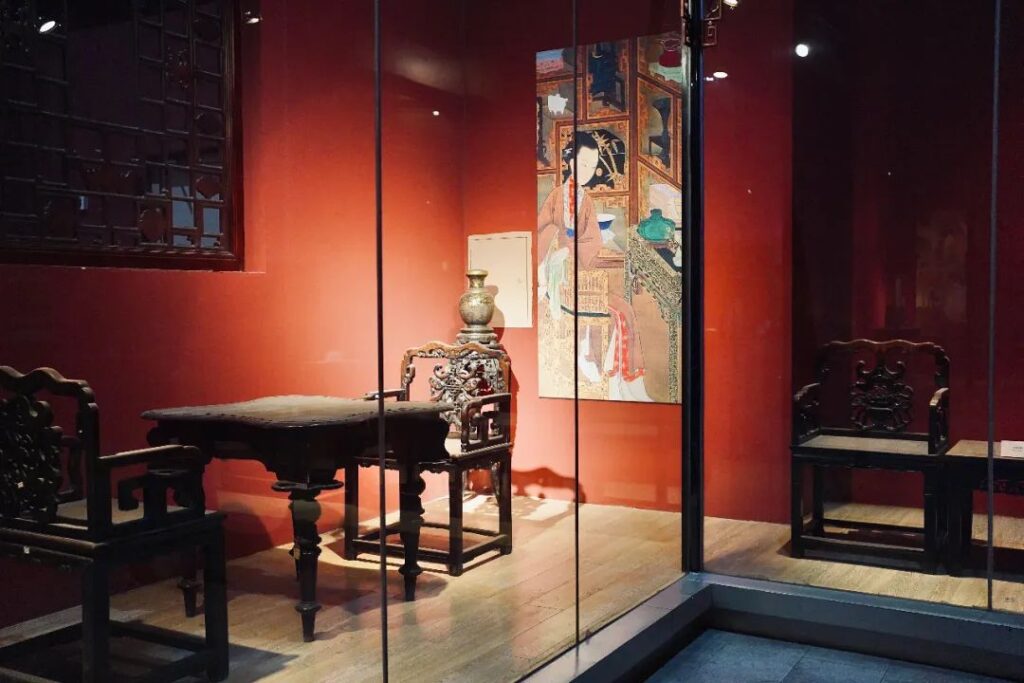
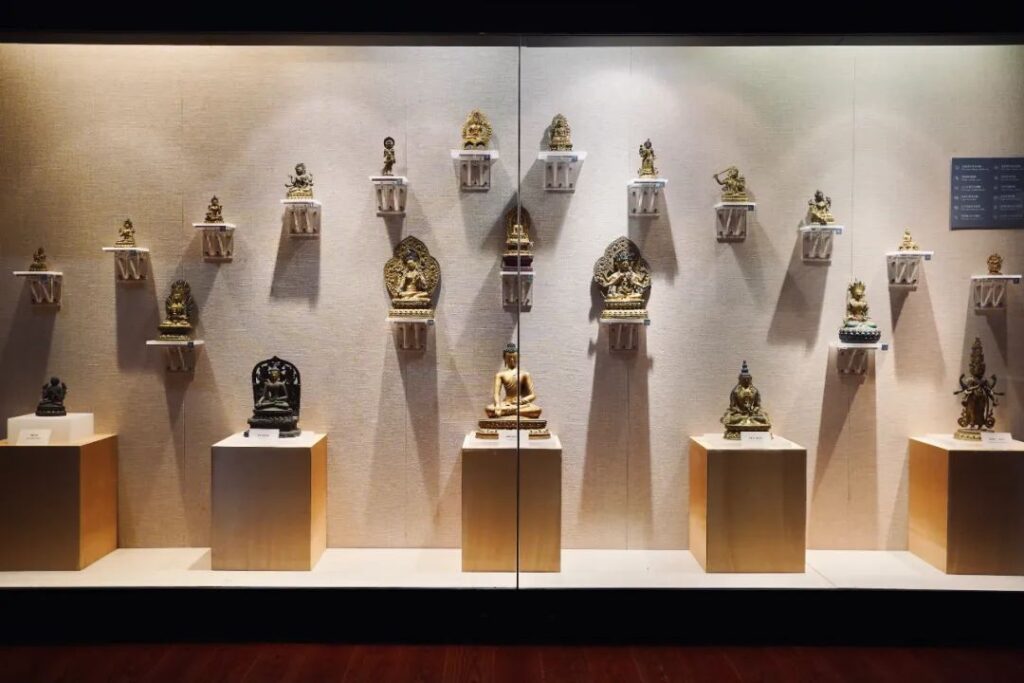
The Qing Dynasty gold thread nanmu pagoda here is one of the treasures of the Luoyang Museum.
Standing at approximately 6 meters tall and weighing nearly 4 tons, it features an eight-sided, three-tiered overlapping eaves structure, fixed using mortise and tenon joints. There are 304 Buddha niches around the pagoda, each housing a bronze gilded Amitayus Buddha statue. Separated by only a waist-high glass barrier, it can be seen quite clearly, and the actual object is truly stunning!
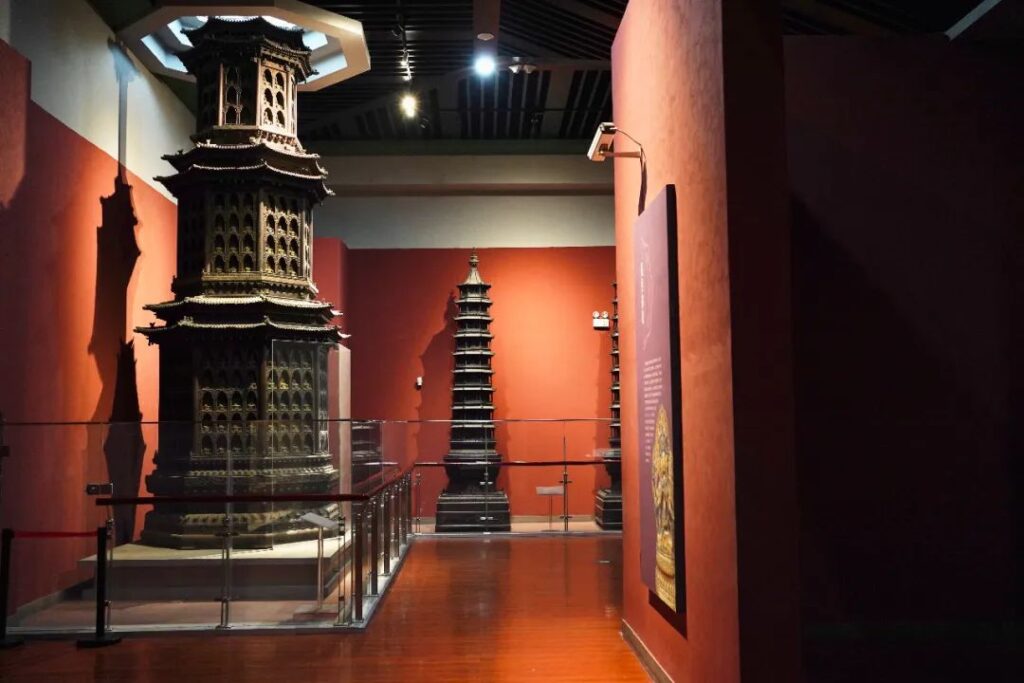
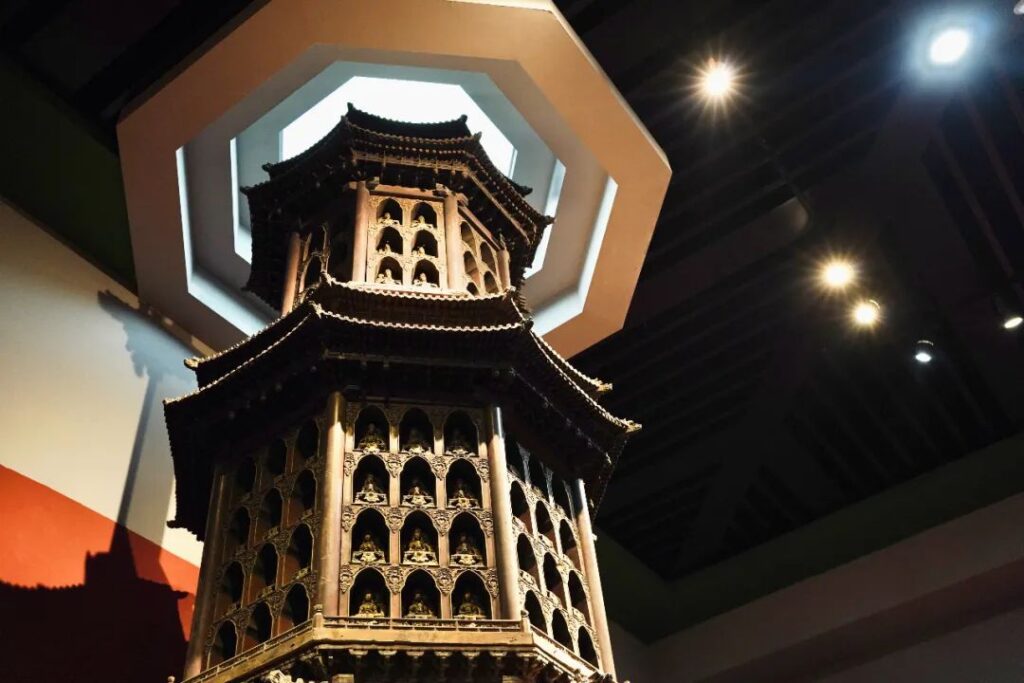
The Stone Carving Exhibition on the first floor also features a treasure of the museum: the Eastern Han stone apotropaic beast.
It is carved from a single piece of bluestone, measuring 1.9 meters in height, 2.97 meters in length, and 0.9 meters in width, weighing over 8 tons. It is the largest and heaviest existing Eastern Han stone apotropaic beast in China. The body proportions, expressions, and muscle lines are also very well depicted.
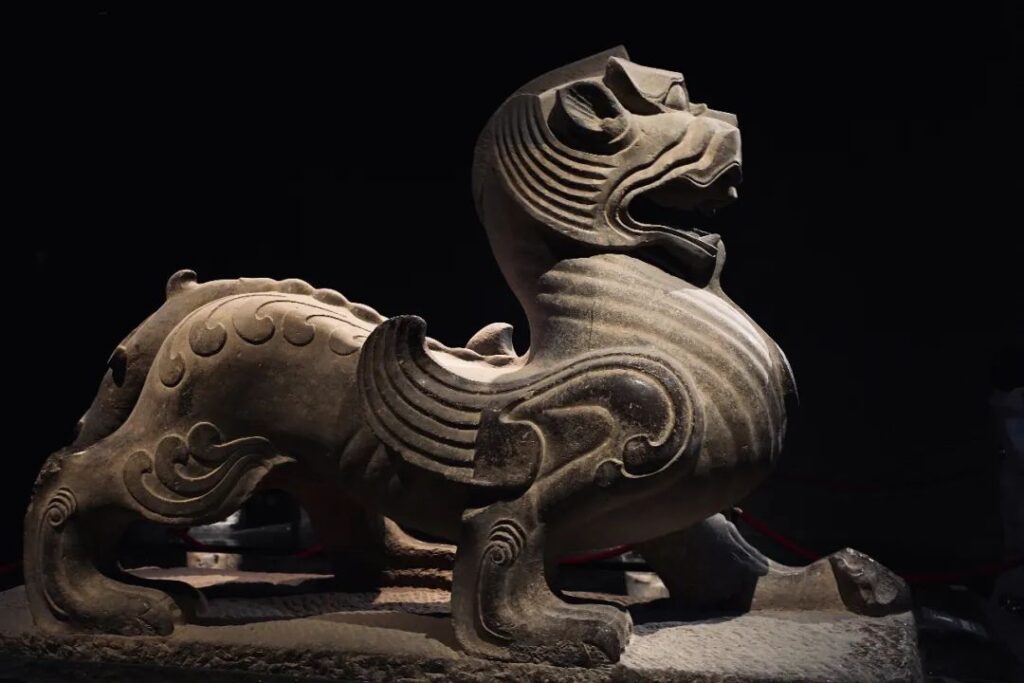
Perhaps inspired by the Henan TV program “Wonderful Museum Tours,” ancient costume photography sessions are now also taking place at the Luoyang Museum. It can be considered a new way of engaging with museums, but it’s best to avoid weekends and holidays, as the crowds are simply too large, and waiting for a spot can really test your patience.
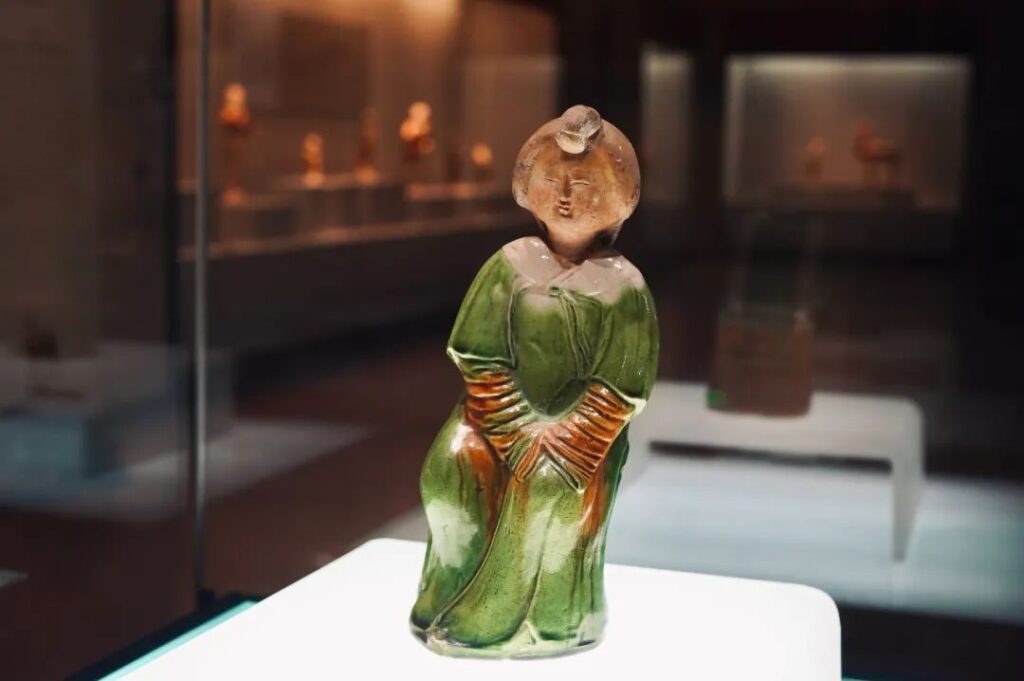
The cultural and creative products at the Luoyang Museum are also the most diverse and best among all the museums in Luoyang! If you’re looking to buy souvenirs, this is the place to go.

2.Luoyang Ancient Tomb Museum
⏰: Summer: 9:00-17:00, Winter: 9:00-16:30 (last entry at 16:00), closed on Mondays. Extended hours until 20:00 (last entry at 19:00) before May 6th, open on Mondays.
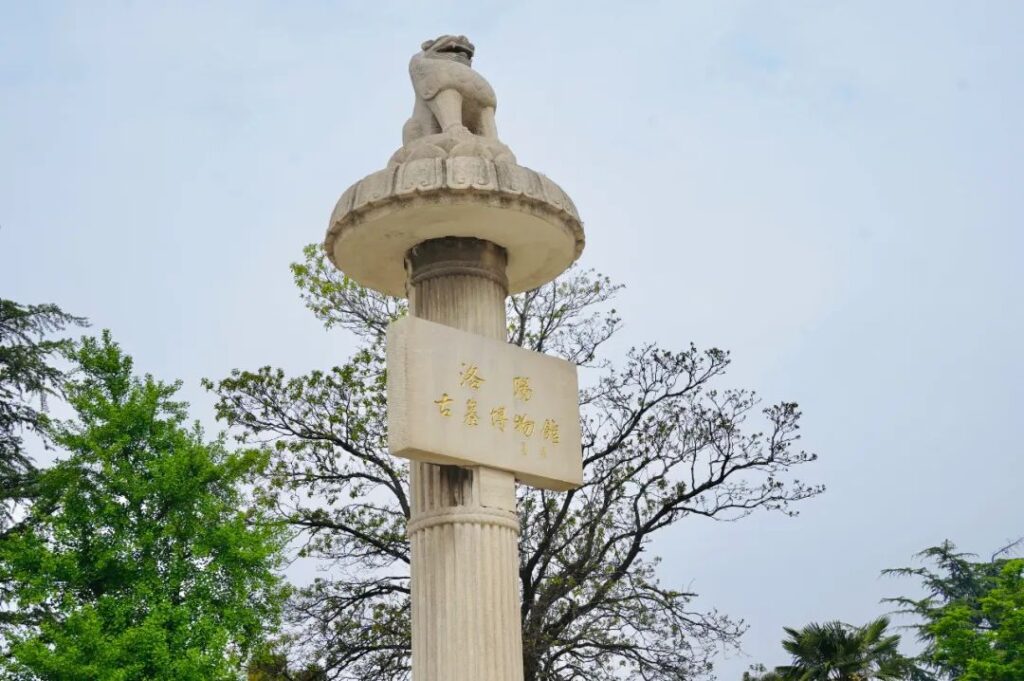
The Luoyang Museum and the Ancient Tomb Museum are a must-visit combo. The ancient Chinese believed in “treating death as life,” meaning that one’s wealth, status, and lifestyle during life would be reflected in their tomb. Therefore, the exhibits at the Luoyang Museum provide background context for the tomb culture at the Ancient Tomb Museum, making them complementary to each other.


For example, the tomb where the Luoyang Museum’s treasure, the “Cao Wei White Jade Cup,” was unearthed from has been relocated and restored at the Ancient Tomb Museum. The same goes for the An Pu couple’s tomb, where another treasure, the “Tang Tri-colored Glazed Pottery Horse with Black Glaze,” was discovered.
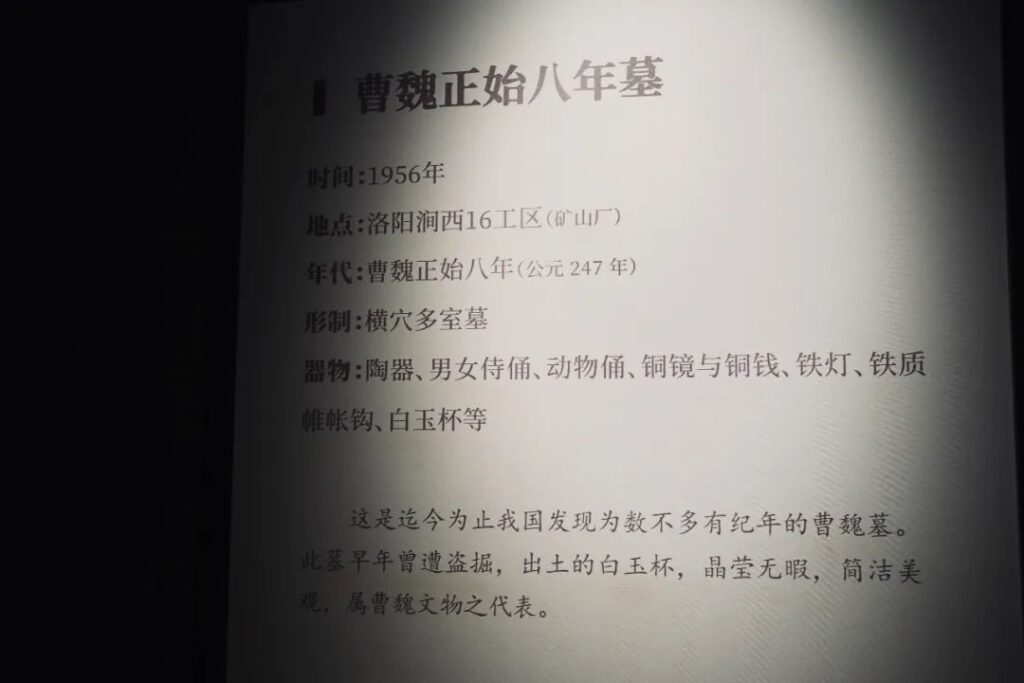
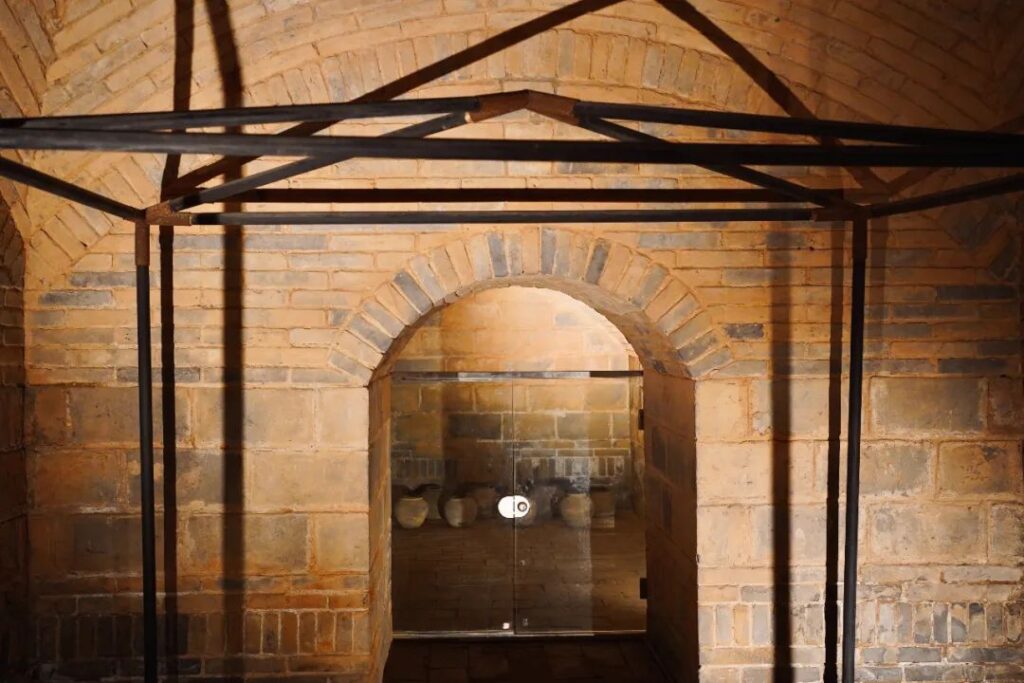
Luoyang’s natural advantage has made it possible to build the world’s first ancient tomb museum. There is a saying that goes, “Born in Suzhou and Hangzhou, buried in Beimang.” Beimang refers to the Mangshan Mountain in Luoyang, where archaeologists estimate there are over 100,000 ancient tombs, including those of Emperor Guangwu of the Eastern Han Dynasty and Emperor Xiaowen of the Northern Wei Dynasty.
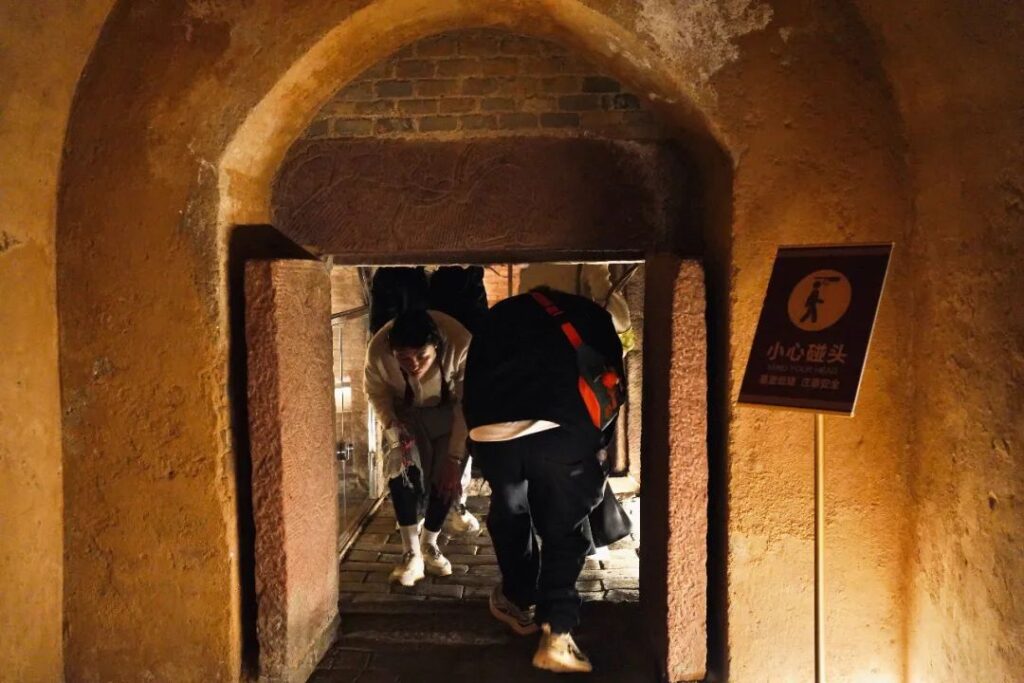
Touring the Ancient Tomb Museum without a guide can feel a bit desolate. During the Peony Festival (April 1st to May 5th), there are two free guided tours daily at 10:00 and 14:00, lasting about 80 minutes. If you miss the free tours, you can book a paid guided tour, which is reasonably priced and offers a single-person option on Dianping for just a few dozen yuan.
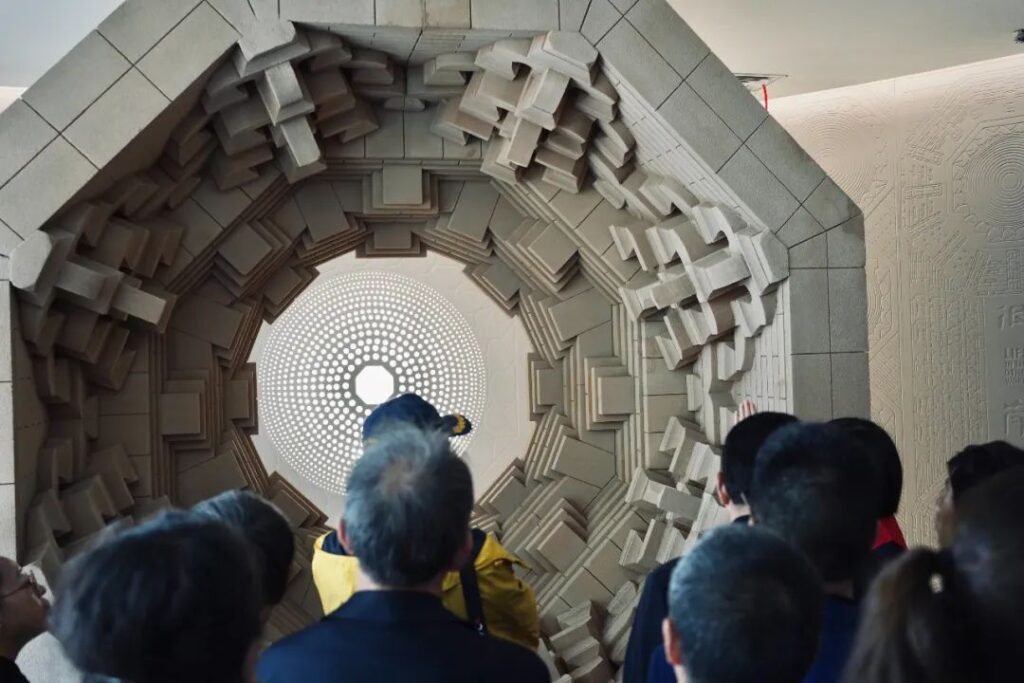
The Ancient Tomb Museum is incredibly informative, requiring guides to have strong summarization and association skills. After a 2-hour guided tour, I gained a clear understanding of Luoyang’s history and the unique characteristics of several famous museums. Therefore, I highly recommend making this museum the first stop of your Luoyang museum tour.
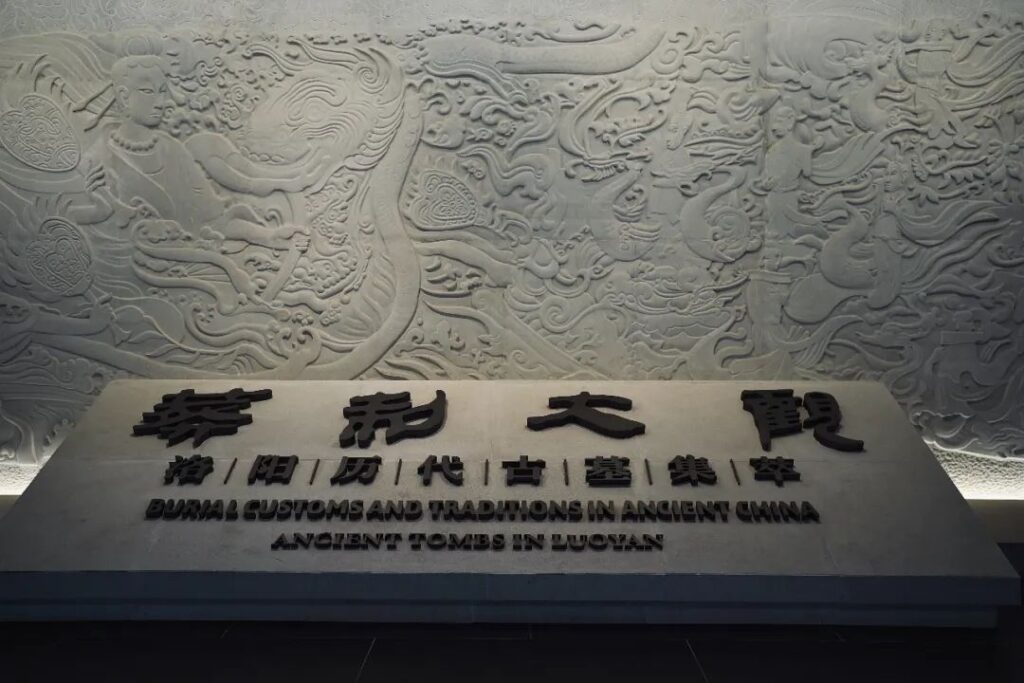
The recommended visiting order of the Ancient Tomb Museum is as follows:
First, visit the Ancient Tomb Culture Exhibition, which primarily uses images and text to systematically introduce the forms of tombs from various dynasties. Next, explore the Typical Tomb Exhibition, where 25 typical tombs from the Western Han Dynasty to the Song and Jin Dynasties have been relocated and restored, offering an authentic “tomb-visiting” experience. The murals and brick carvings in the tombs have significant artistic value and are displayed in two separate exhibition halls. Finally, visit the Jingling Mausoleum of Emperor Xuanwu of the Northern Wei Dynasty, which is the original site and tomb.
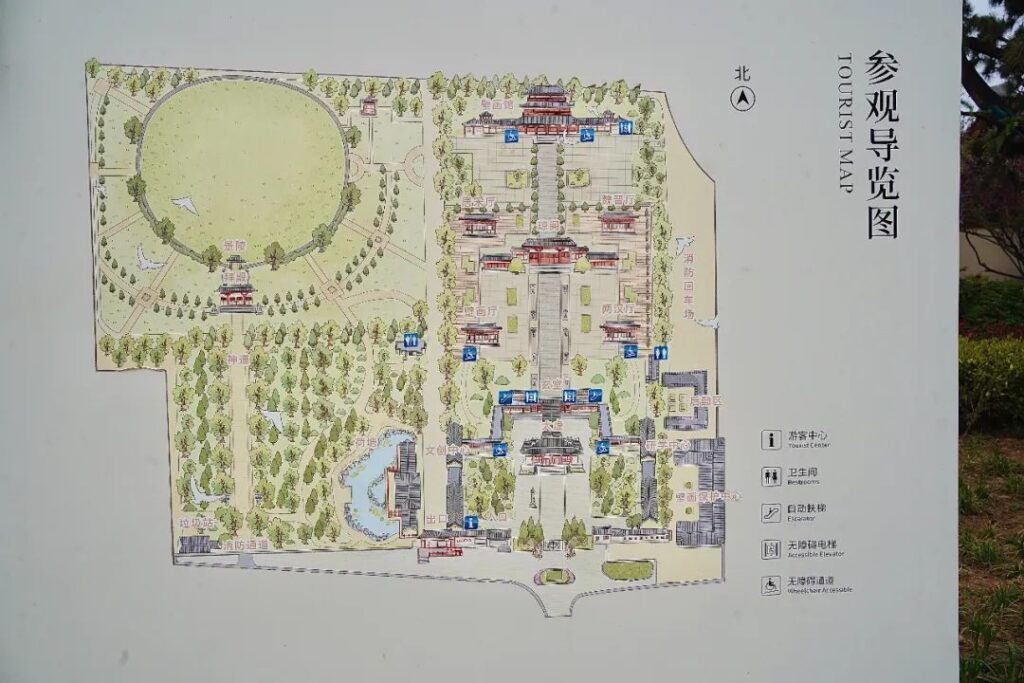
The Ancient Tomb Museum also offers a costume drama script-killing experience, showcasing their creativity!
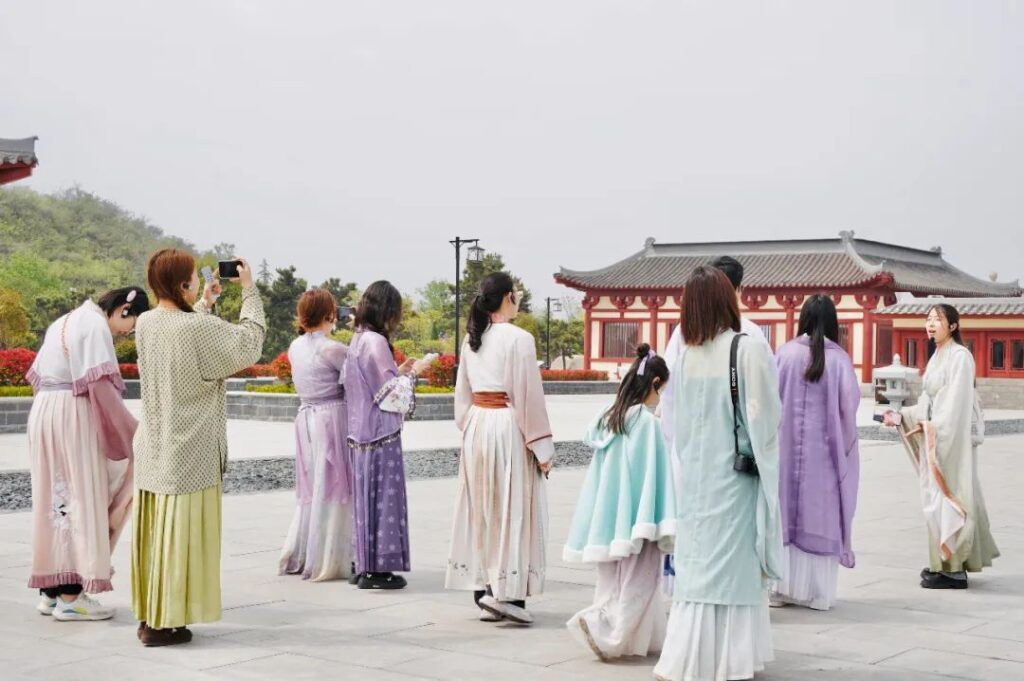
Here are a few memorable highlights:
Hidden histories can be found within the tombs. For instance, the Western Jin Liu Zhi Tomb housed three generations and four family members who were buried together, indicating an unnatural death, possibly due to the Revolt of the Eight Kings.

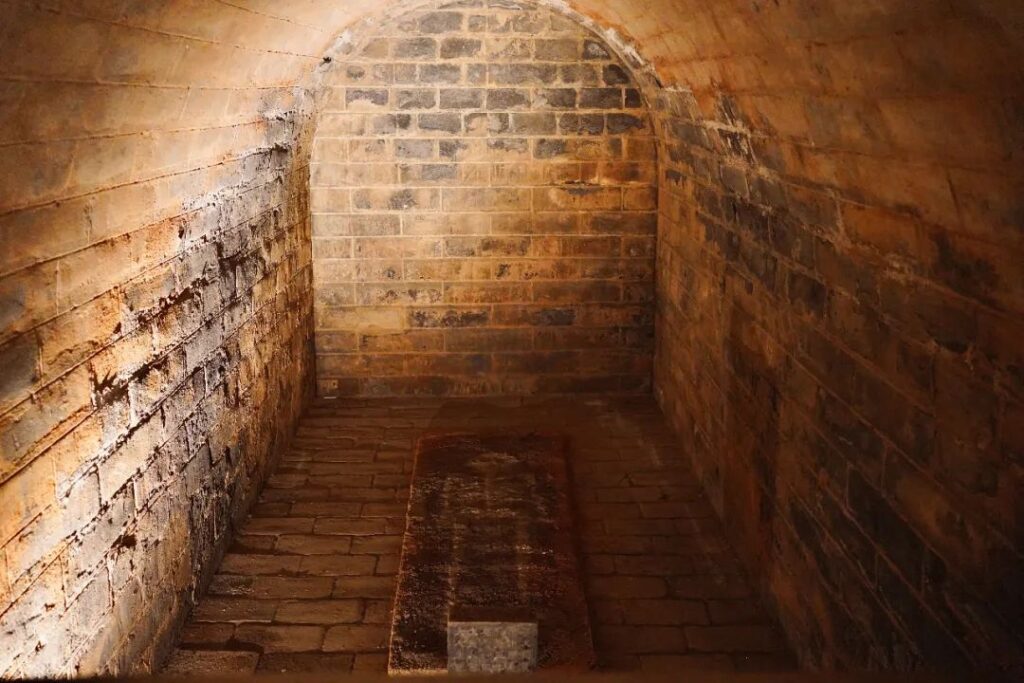
Yuan Tang of the Northern Wei Dynasty was Emperor Xiaowen’s grandson, but his tomb was very simple, suggesting that he died and was hastily buried during the Heyin Incident.
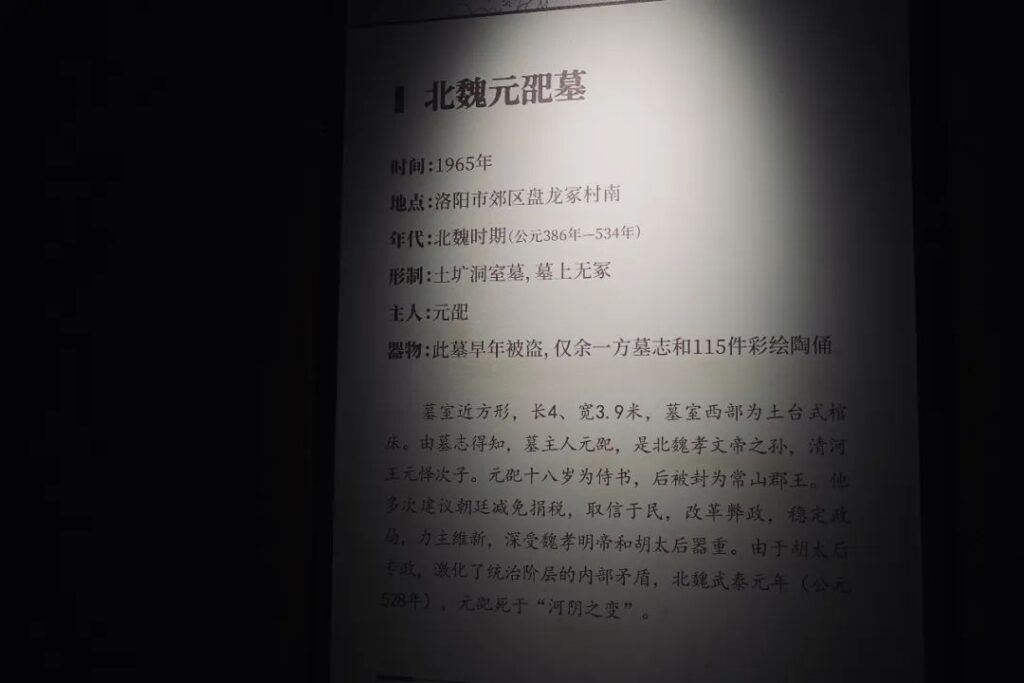
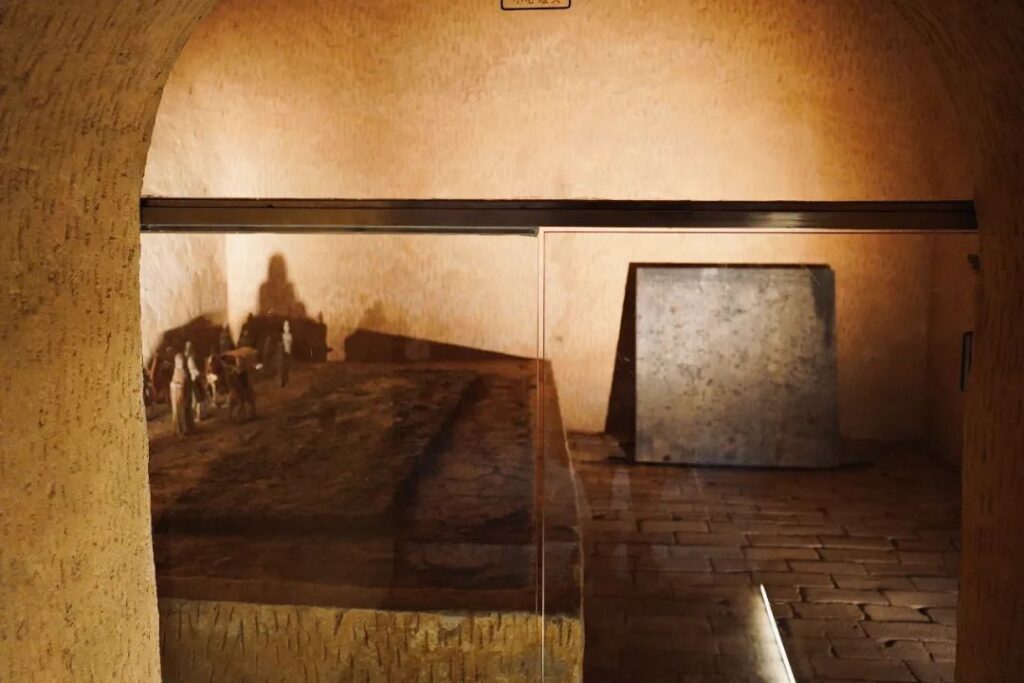
The Northern Wei Dynasty was ruled by the Xianbei people. Emperor Xiaowen implemented a series of Sinicization policies, including requiring all Xianbei officials who moved to Luoyang to be buried there after death, prohibiting them from returning north.
The Jingling Mausoleum vividly showcases the fusion of Han and Xianbei tomb customs during the Northern Wei Dynasty.


Many tombs on Mangshan Mountain have been “visited” by tomb raiders, making the murals rare surviving artifacts that reflect the different styles of each dynasty.
The themes of the Han Dynasty murals mainly depict mythological stories, indicating the Han people’s reverence for Queen Mother of the West.


Tang tombs focus on skylights and wall niches, showcasing the prosperity and splendor of the era.
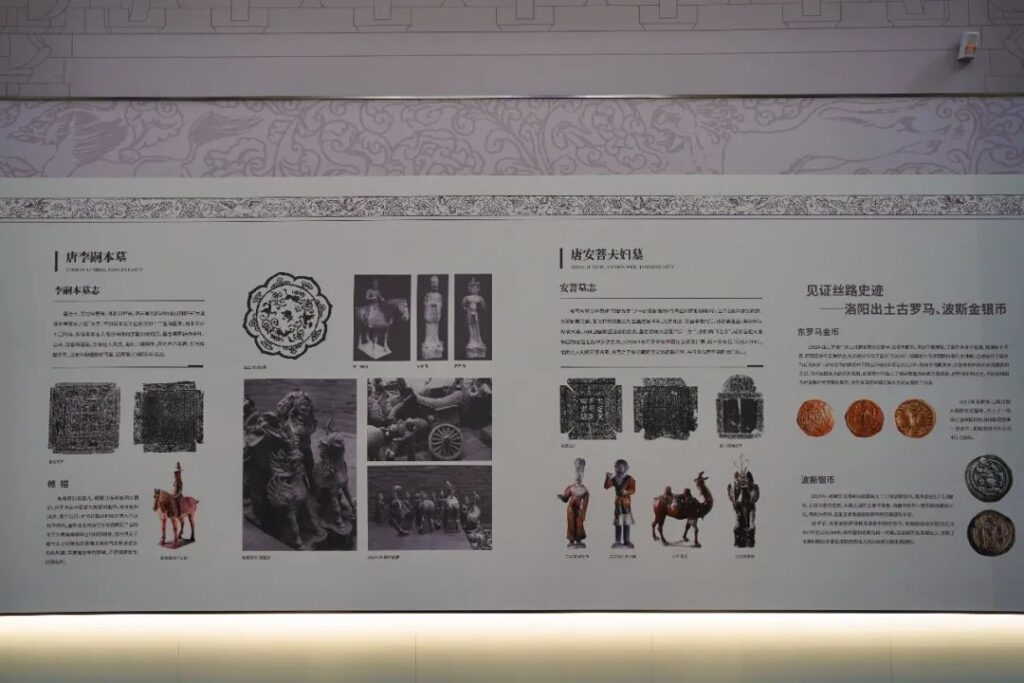
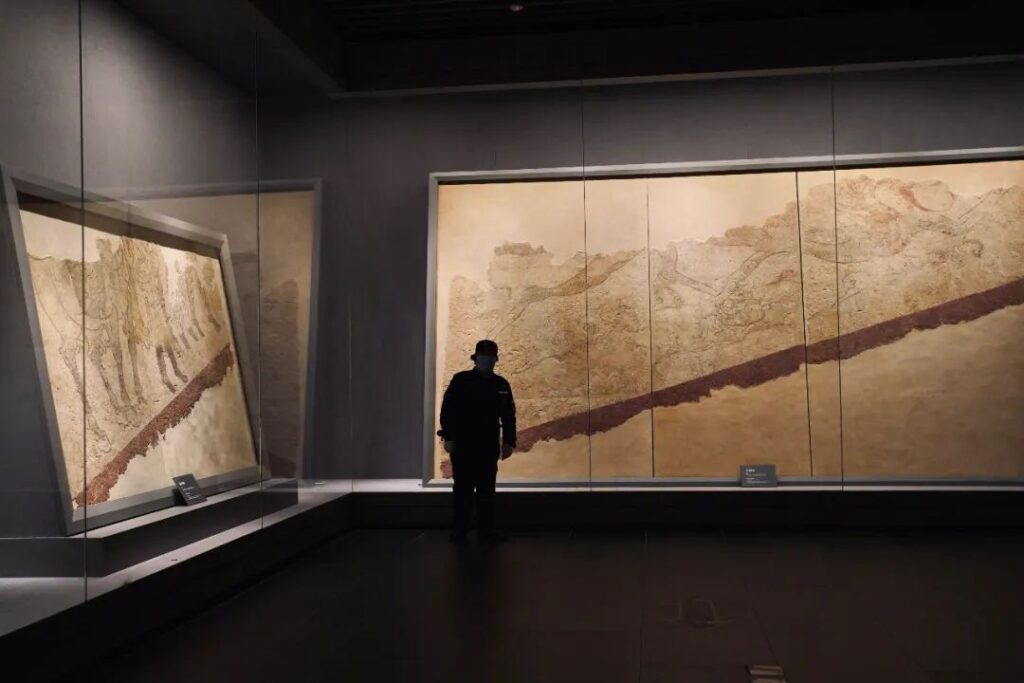
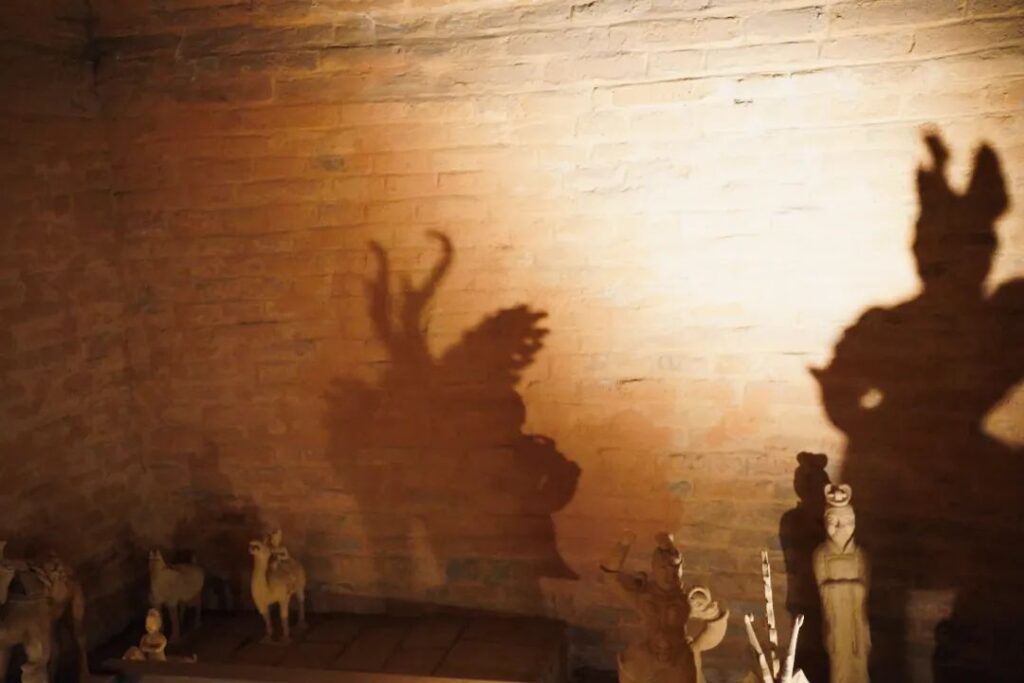
The “Tang Barbarian Leading a Camel” mural features proportions close to real people and objects, depicting the grandeur of the Tang Dynasty.
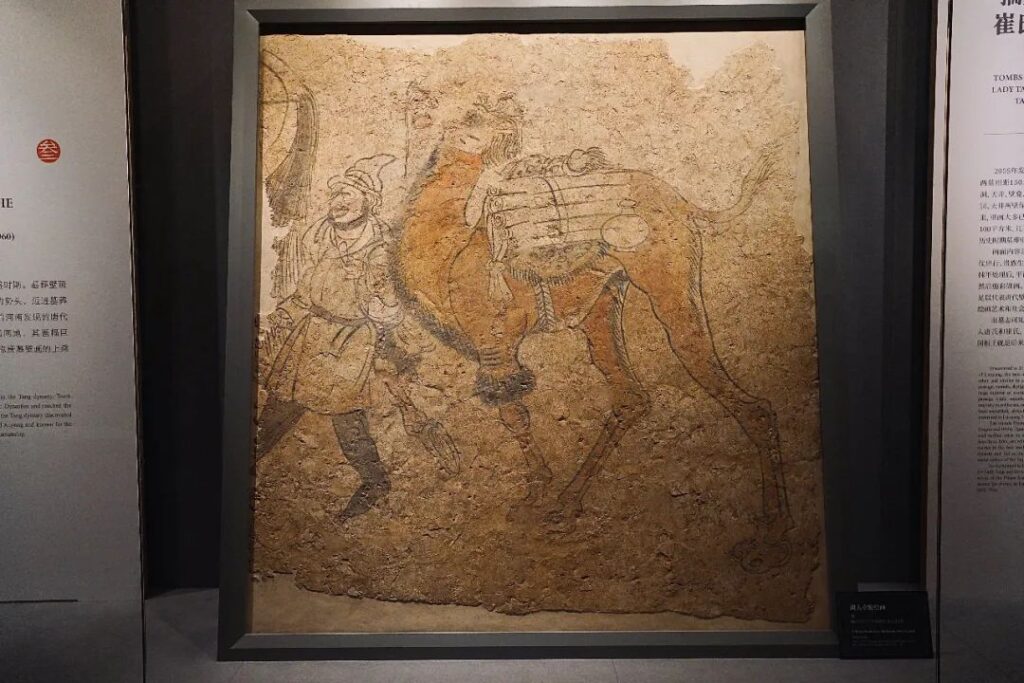
The “Tang An Pu Couple’s Tomb,” which has never been looted in a thousand years, is incredibly rare.
It has yielded a large number of exquisite Tang tri-colored glazed pottery, including the museum’s treasure, the Tang Tri-colored Glazed Pottery Horse with Black Glaze. During the Tang Dynasty, black glaze could not be directly fired and required repeated glaze applications to deepen the color. Among all the Tang tri-colored glazed pottery unearthed in China, only two pieces feature black glaze (the other is in the National Museum of China).

This tomb also yielded an Eastern Roman gold coin, the first foreign gold coin unearthed in Luoyang, now displayed at the Sui-Tang Grand Canal Culture Museum.

During the Song Dynasty, culture flourished unprecedentedly. The Song people believed in finding joy in the small things in life.


The murals and brick carvings in the tombs depict various life scenes, such as drinking, tea-tasting, brewing yellow wine, and hosts making announcements.
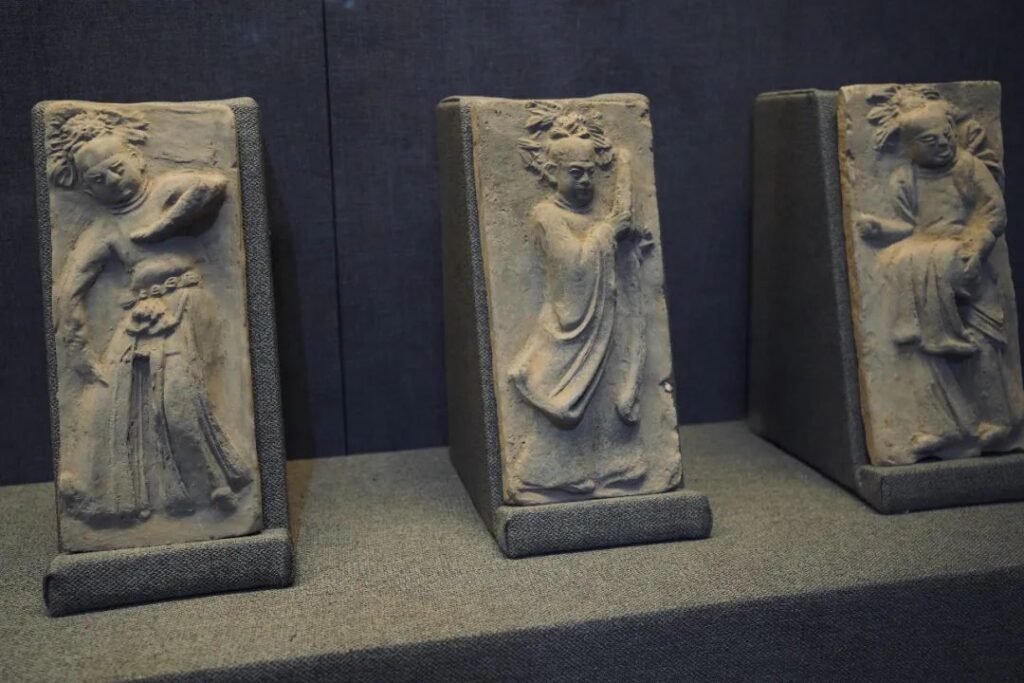
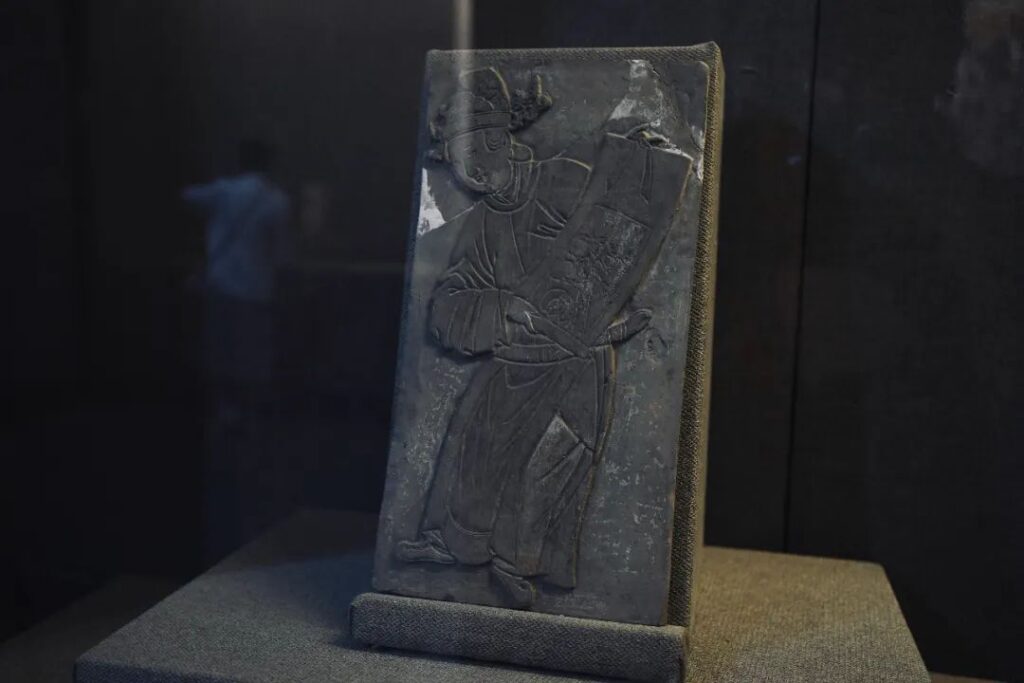
The famous Song Dynasty tomb mural “Woman Opening a Door” portrays a woman cautiously peeking out from a half-open door, carrying two meanings: hinting at a prosperous household behind the door or guiding the deceased to the immortal realm.
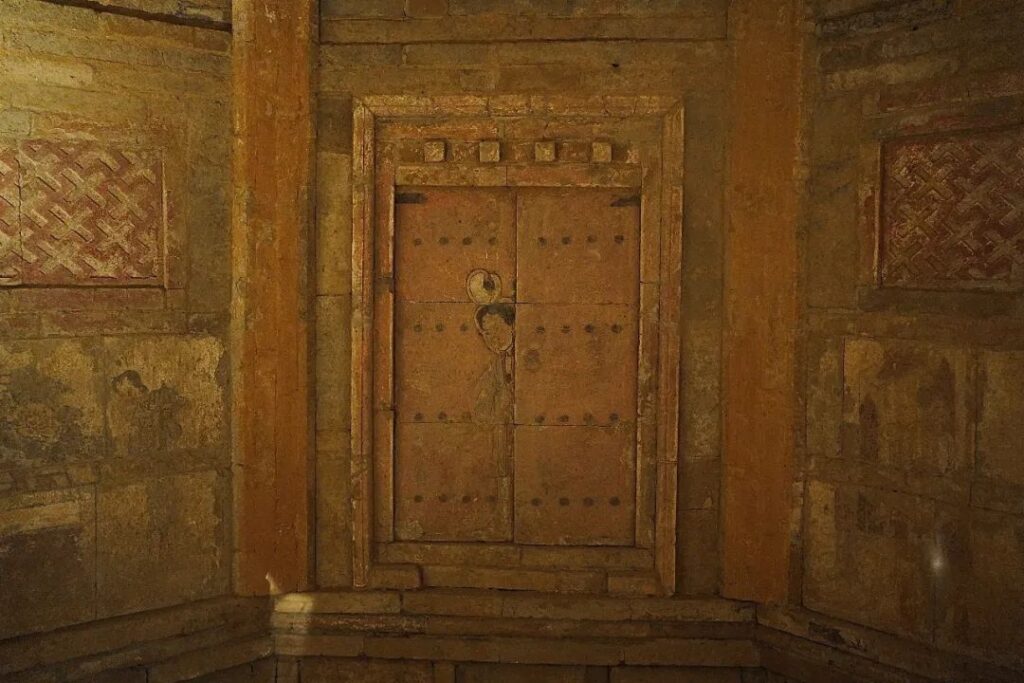
Song tombs are brick-chambered tombs imitating wooden structures, with detailed brick carvings displayed in the Brick Carving Exhibition Hall.
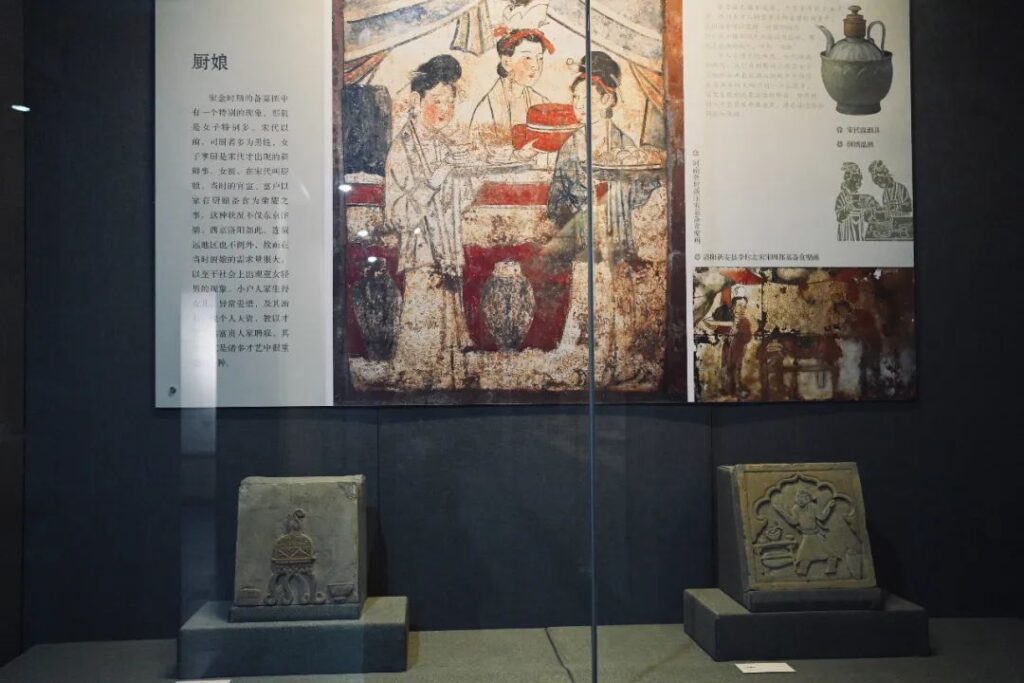

Museums to Choose Based on Your Interests
The museums introduced in this section, including the Erlitou Xia Capital Museum, the Emperor’s Chariot Museum, the Sui-Tang Grand Canal Culture Museum, the Luoyang Folk Museum, and the Tea Ceremony Museum, are similar to specific chapters in a book. You can choose which museum to visit based on your interest in a particular historical period.
3.Erlitou Xia Capital Museum
⏰: Regular hours: 9:00-16:00, closed on Mondays. Extended hours until 17:30 on weekdays and 18:30 on weekends before May 6th (open on Mondays).
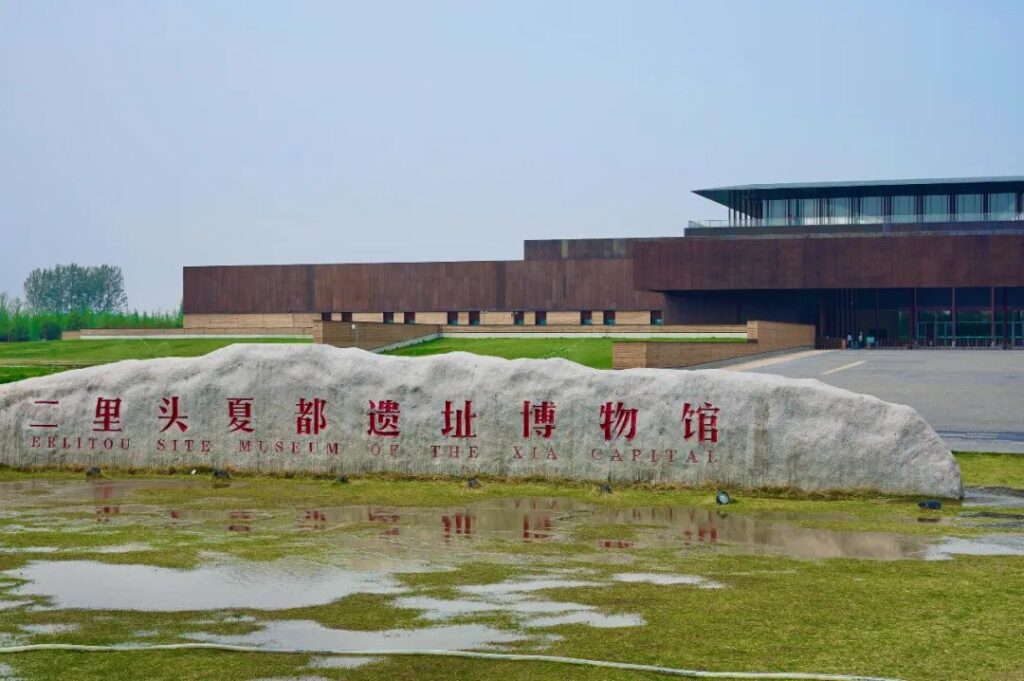
The Erlitou Xia Capital Museum is located more than 20 kilometers away from the city center, about a 40-minute taxi ride. There are special tourist buses available from Luoyang Station, Yangwan Metro Station, and Longmen High-Speed Rail Station. The advantage of being far away is that there are fewer people, making it very comfortable to visit.


The museum is known for its taglines “The Earliest China” and “Discover the Origin of Chinese Civilization at Erlitou.”
I approached this museum with a sense of reverence, occasionally recalling the phrase “No regrets in this life for being part of Chinese civilization.”
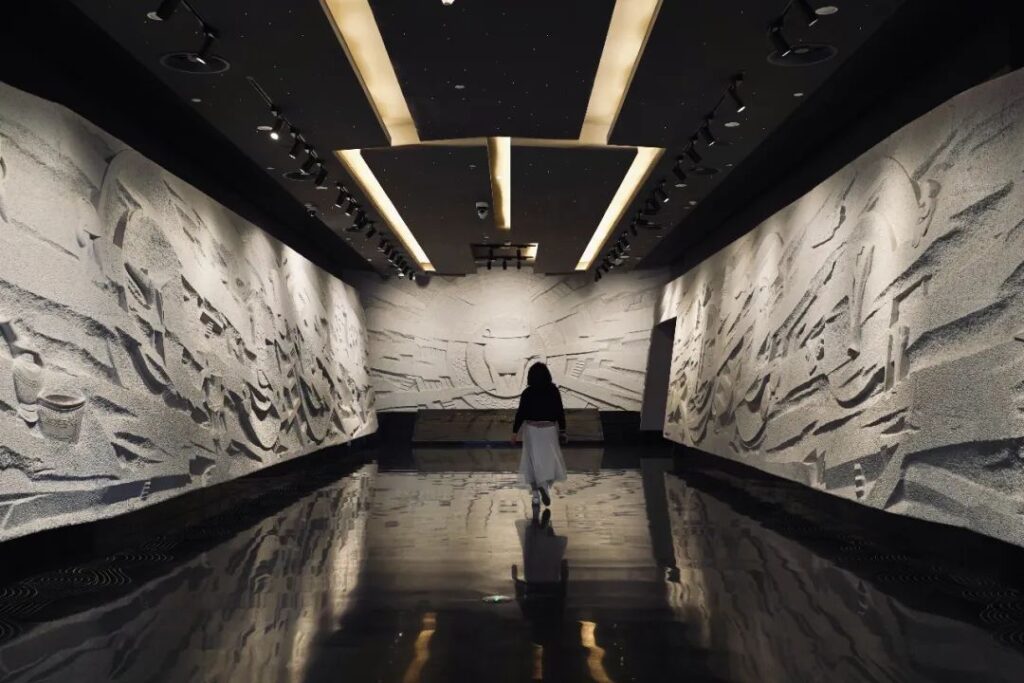
The academic community has long debated the existence of the Xia Dynasty, as there was no physical evidence to support the historical records.
However, the archaeological discoveries at Erlitou, including China’s earliest urban road network, palace city, central axis symmetry, high-level sacrificial remains, official handicraft workshop areas, bronze casting workshops, turquoise workshops, and weapon arsenals, have proven the existence of China’s first dynasty, the Xia Dynasty.
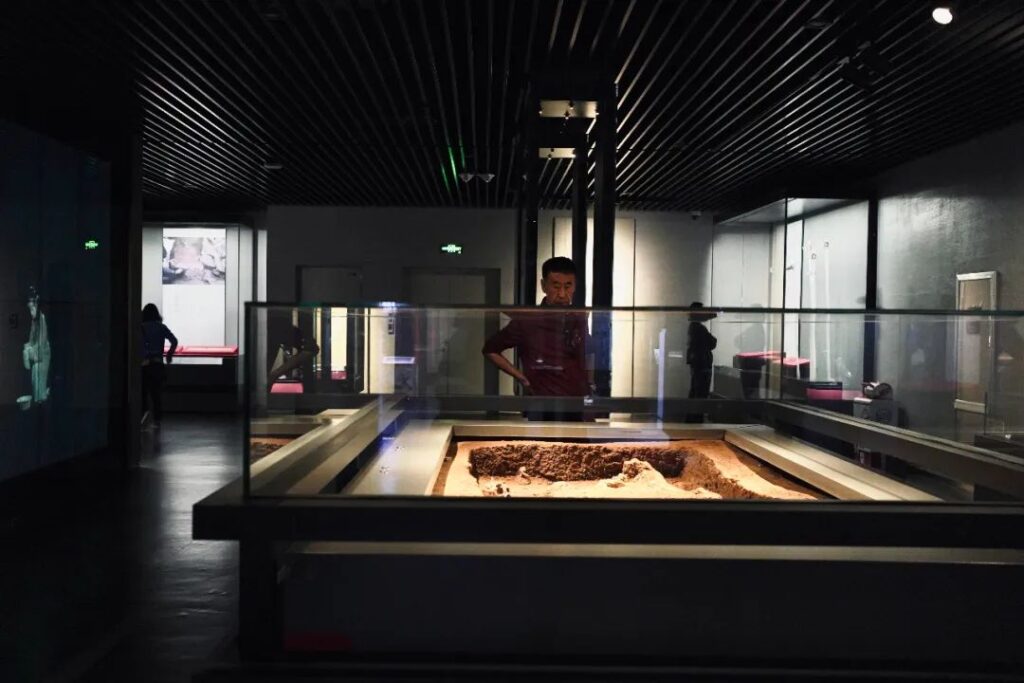
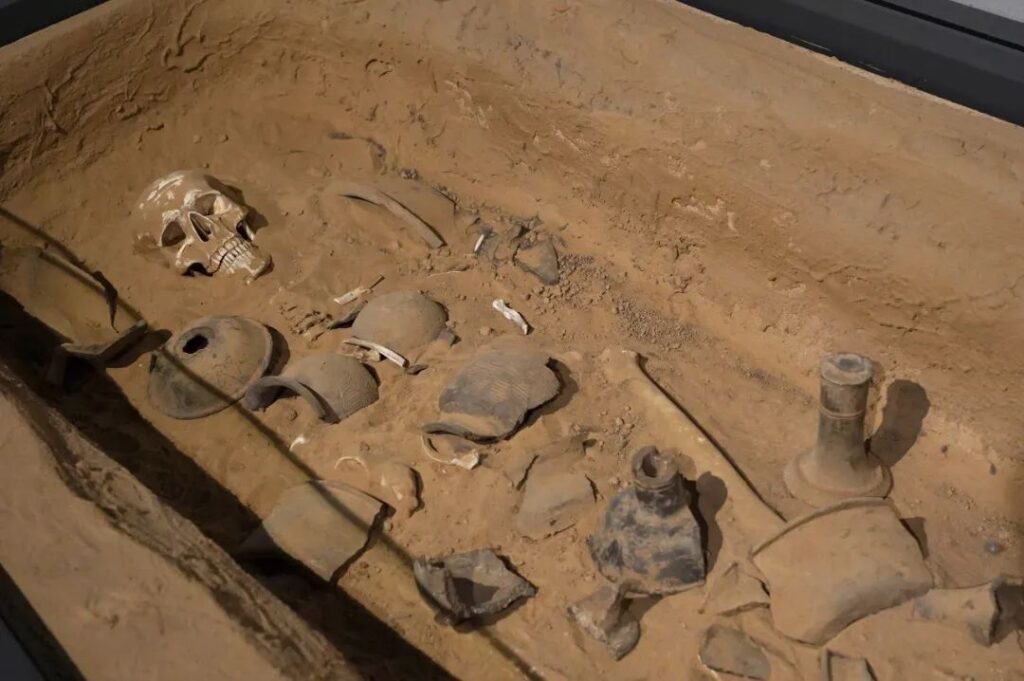
The museum has two floors and five main exhibition halls. The first, second, and third exhibition halls are on the first floor, while the fourth and fifth exhibition halls are on the second floor.
The first two exhibition halls are information-rich and offer free guided tours. When I visited, the first exhibition hall had guided tours at 10:00 and 14:30, and the second exhibition hall had tours every half hour. However, the free guided tour schedule is subject to change, so it’s best to check with the service desk on the day of your visit.
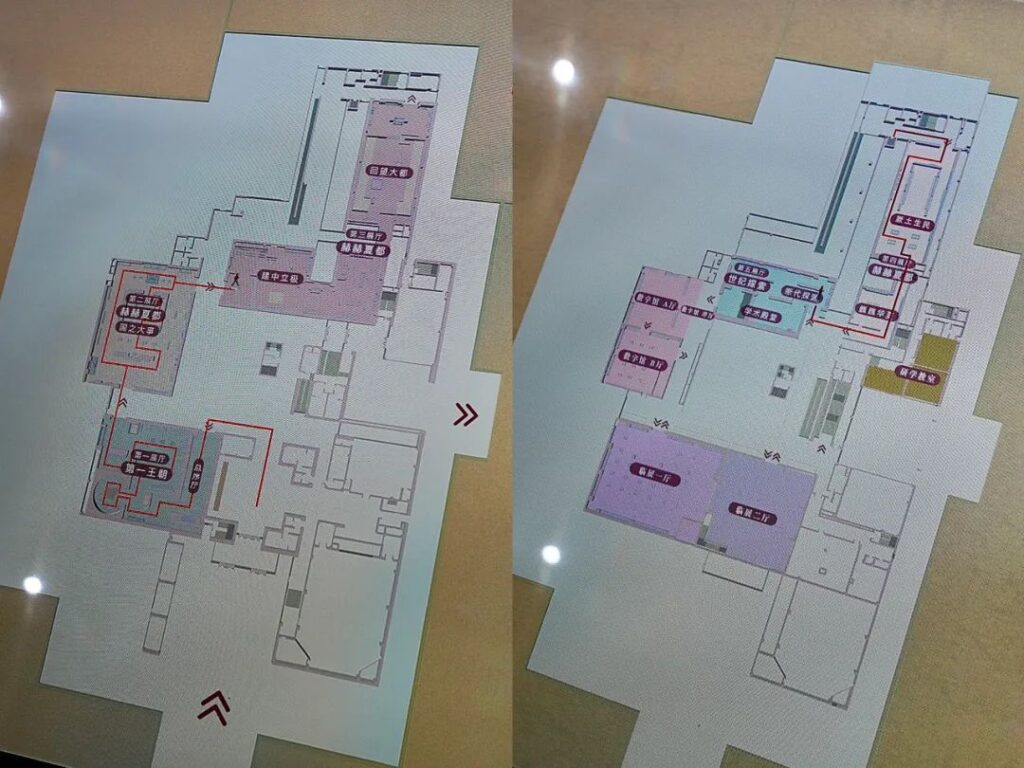
The first exhibition hall systematically narrates the development of the Xia Dynasty by combining multiple sites closely related to the Xia Dynasty with historical documents.
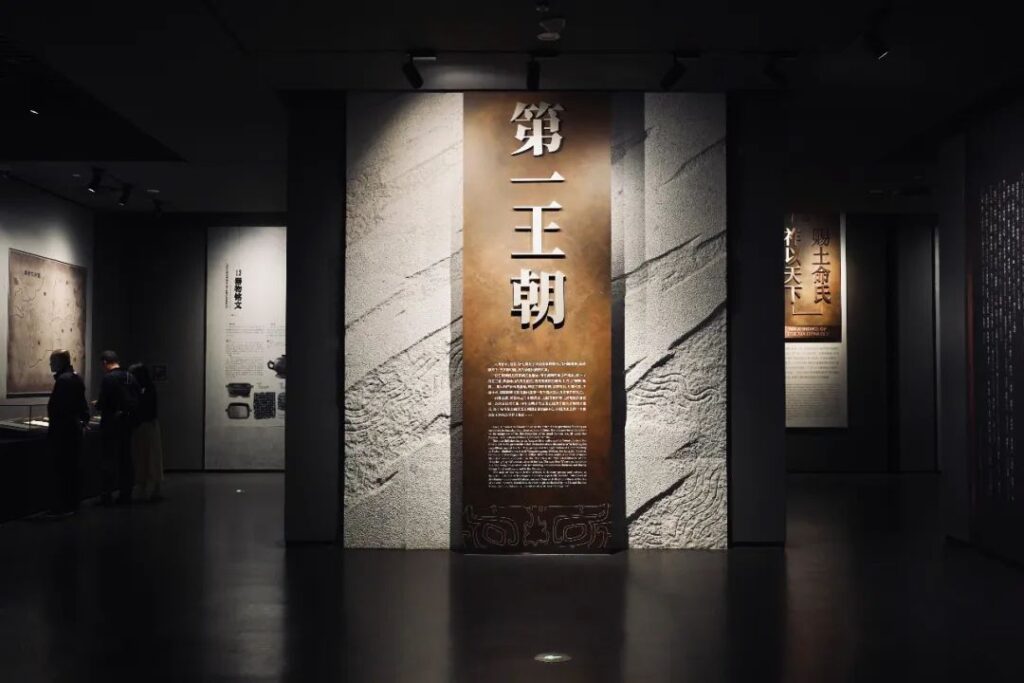
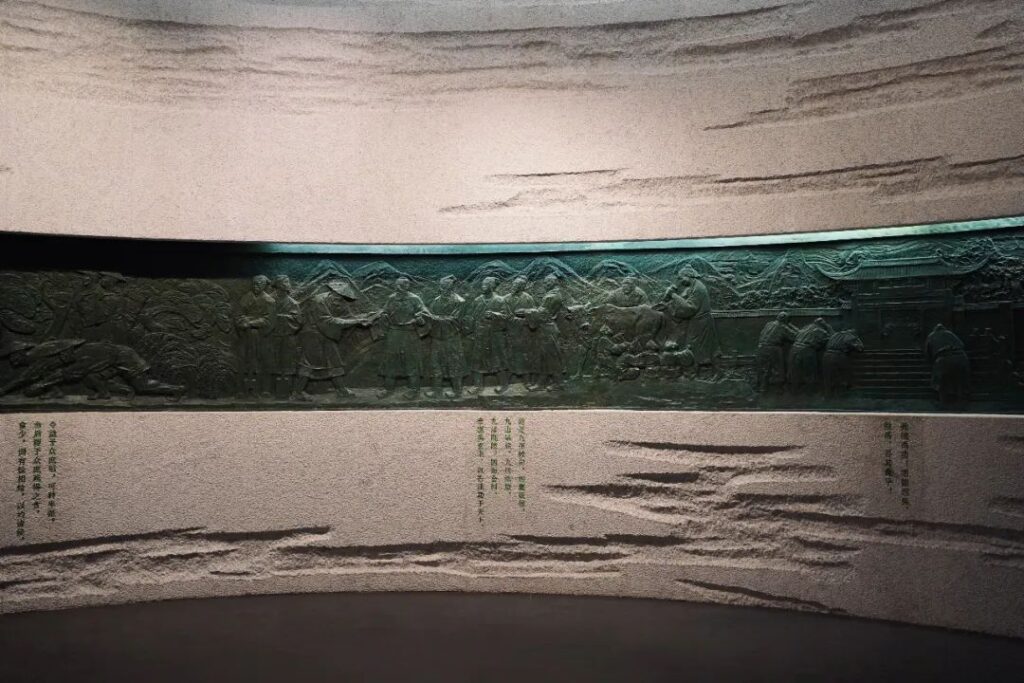
The second exhibition hall is the most exciting part, housing the museum’s treasures. It mainly focuses on two aspects: sacrificial rituals and warfare, showcasing bronze, jade, and turquoise artifacts.
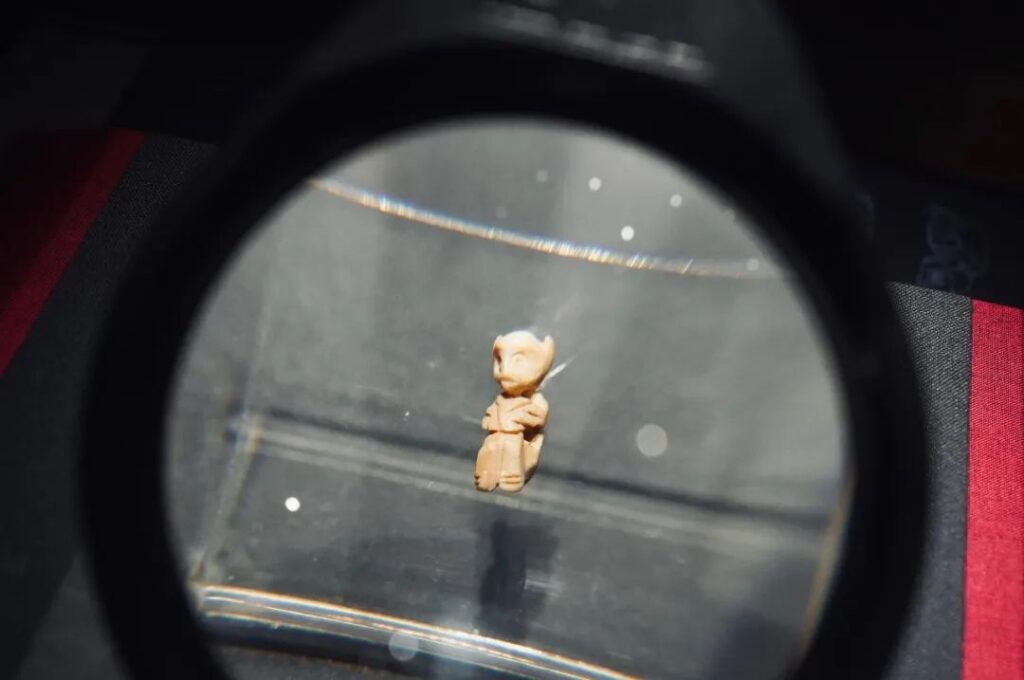
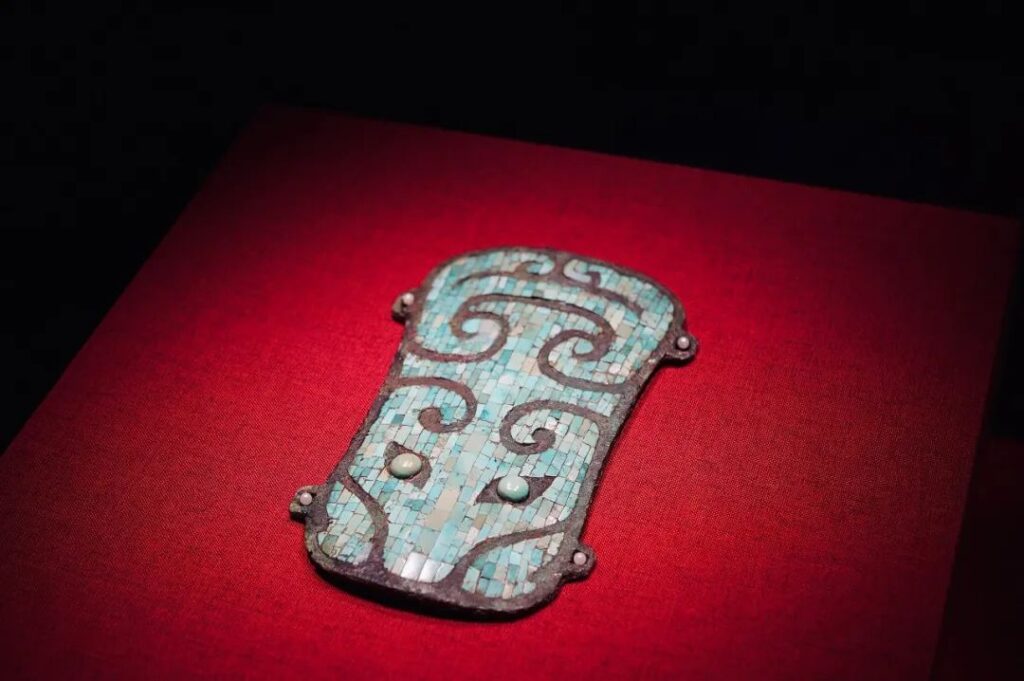
The bronze jue (wine vessel) with nipple-like patterns is the earliest bronze jue discovered in China. Its slender and delicate shape resembles a graceful woman, with a wall thickness of only 0.1 centimeters. It is known as the “First Jue of Chinese Civilization,” and its silhouette is used as the logo of the Erlitou Museum.
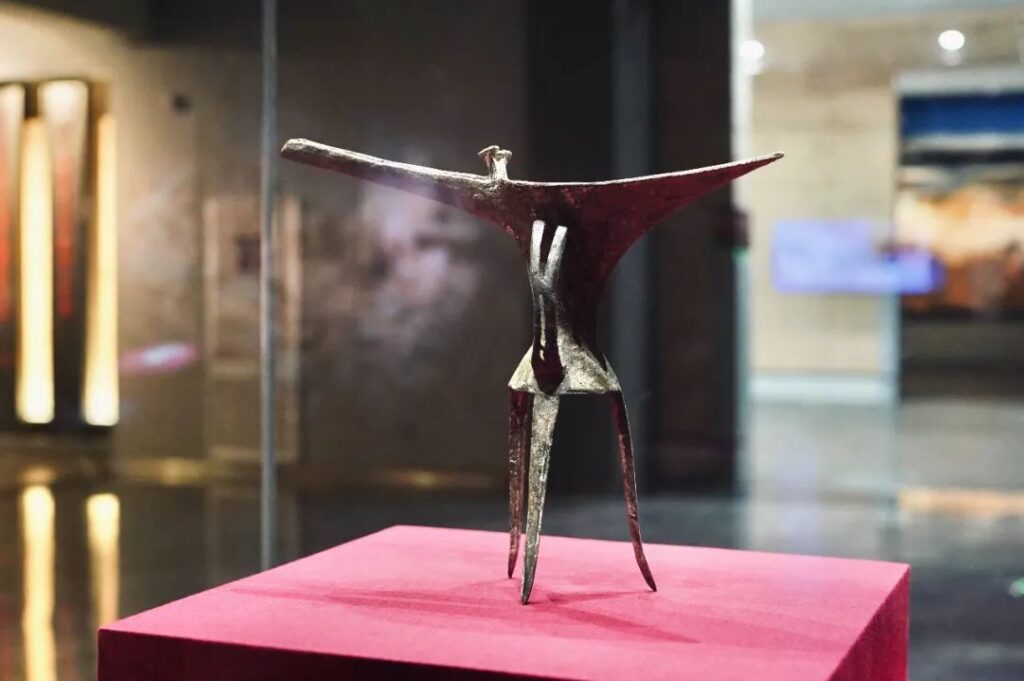
The turquoise dragon-shaped artifact, composed of more than 2,000 pieces of turquoise, proves that dragons were already worshipped as totems during the Xia Dynasty. Its craftsmanship and historical significance are of great importance, earning it the title “The First Dragon of China.”
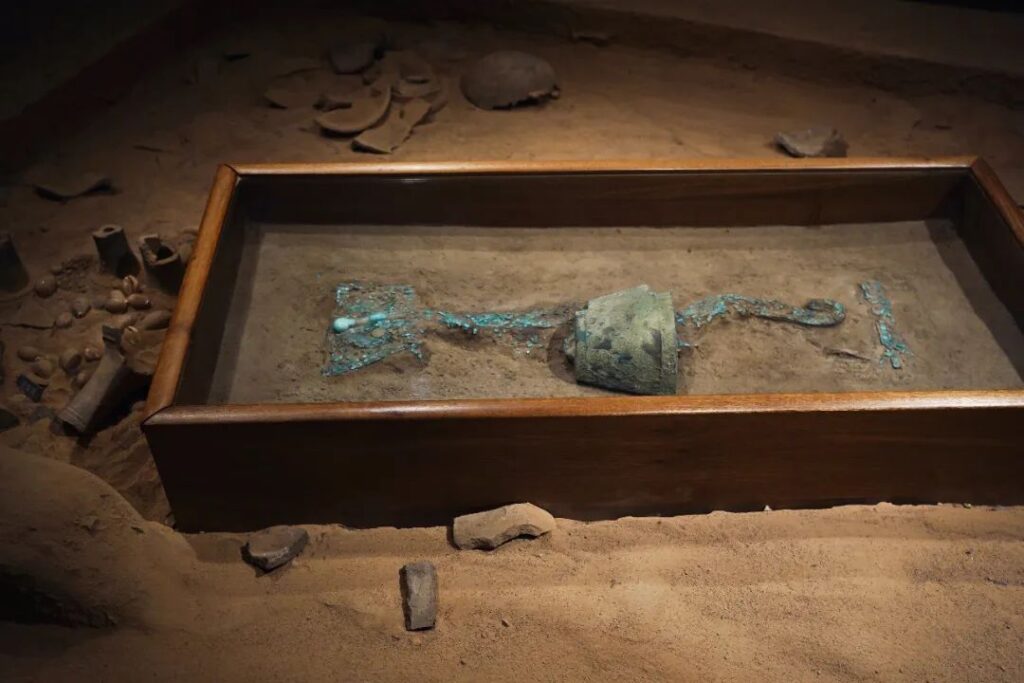
The seven-hole jade knife is the largest jade artifact unearthed at Erlitou. Its purpose remains uncertain, but the mainstream speculation suggests that the seven holes on the knife’s back were used to secure it to a wooden handle with threads, symbolizing authority and status.
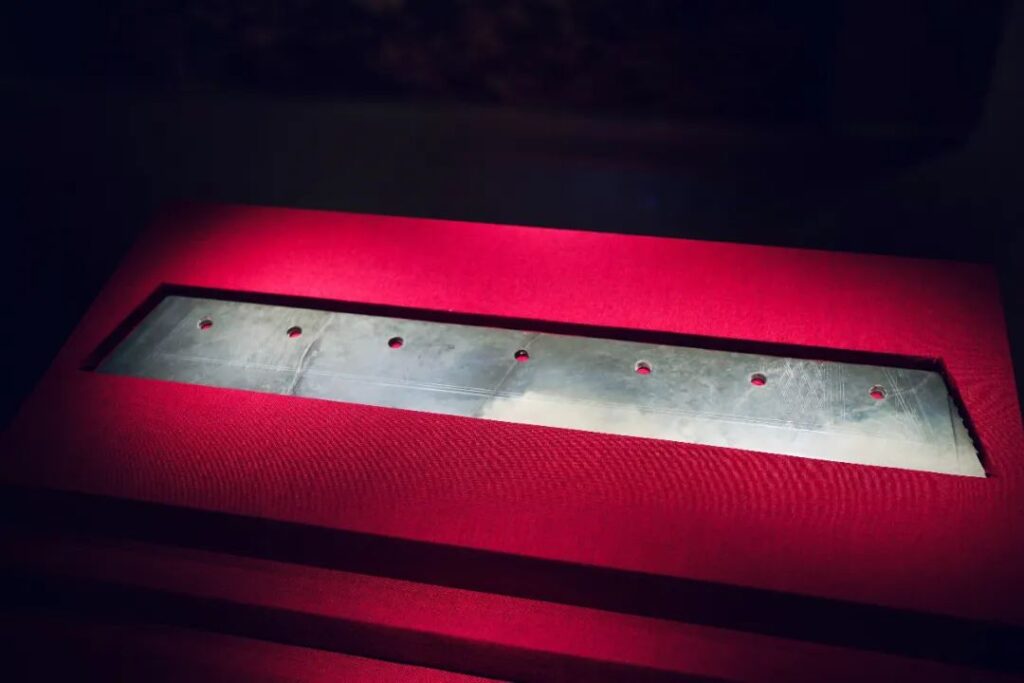
The third exhibition hall primarily features animal, plant, city, and handicraft remains, showcasing various aspects of the Xia capital city.

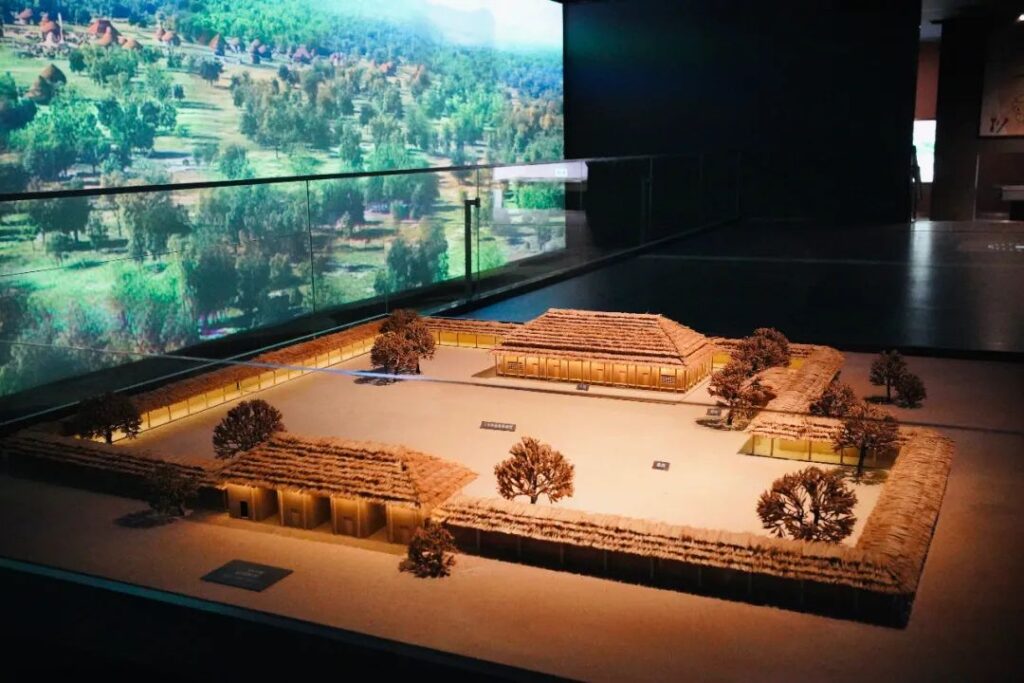
The fourth exhibition hall displays a large number of bone, horn, tooth, and shell artifacts, depicting the lifestyle of various settlements.
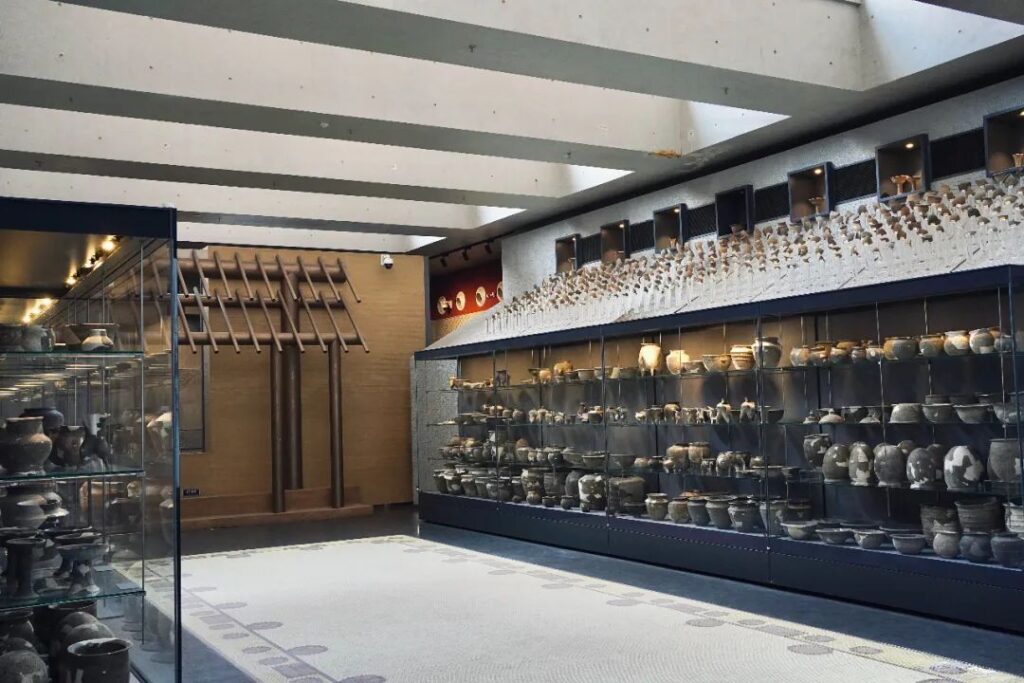
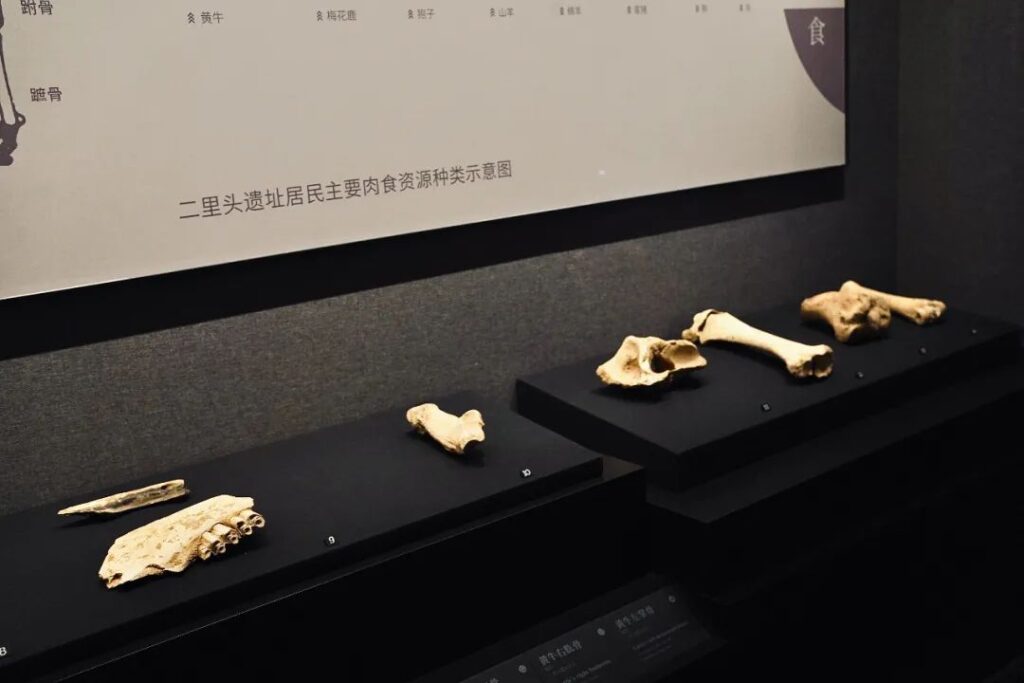
The fifth exhibition hall introduces the development process and research results of two major academic projects: the dating of the Xia, Shang, and Zhou dynasties, and the exploration of the origins of Chinese civilization.
The Erlitou Xia Capital Museum focuses more on exploring the origins of “The Earliest China,” with its historical significance outweighing its aesthetic value. Therefore, guided tours are highly recommended.
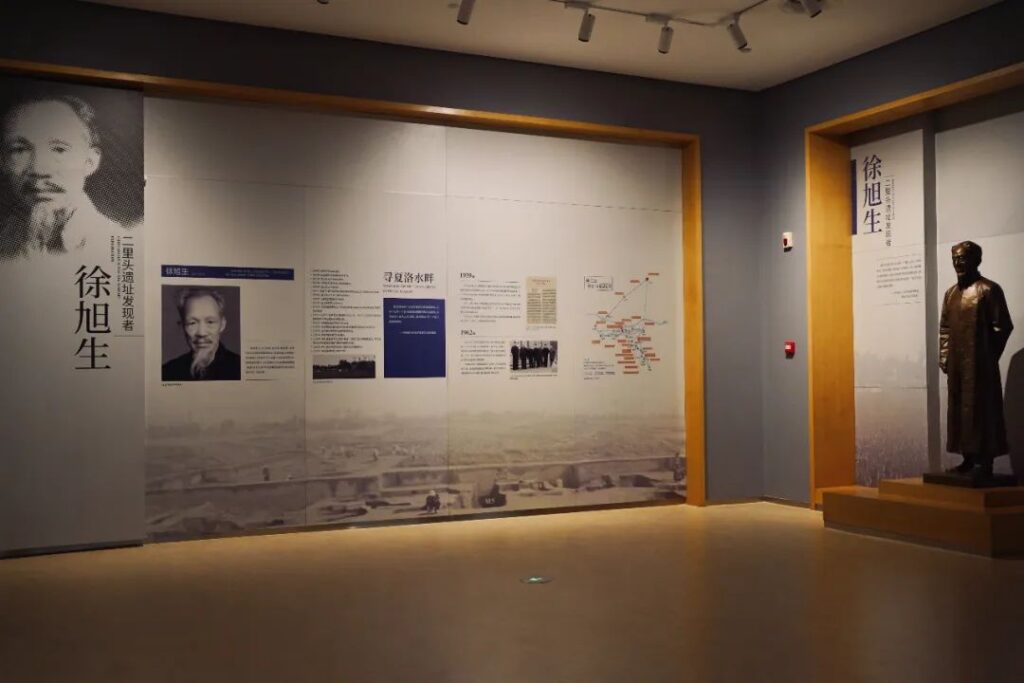

4.Sui-Tang Grand Canal Culture Museum
⏰: 9:00-17:00 (last entry at 16:30, closed on Mondays). Before May 6th, extended hours until 19:00 from Monday to Thursday and until 20:30 from Friday to Sunday (open on Mondays).
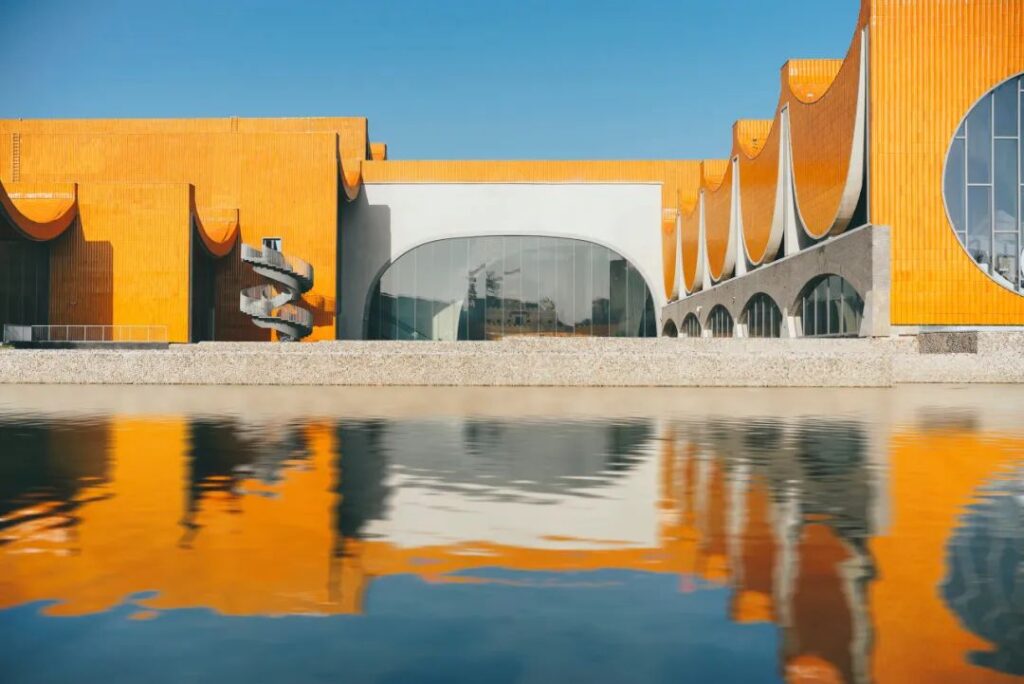
The Sui-Tang Grand Canal Culture Museum, which opened in 2022, is a new and beautiful museum with impressive architectural design, exhibition content, and interactivity. It is conveniently located in the city center and highly recommended!
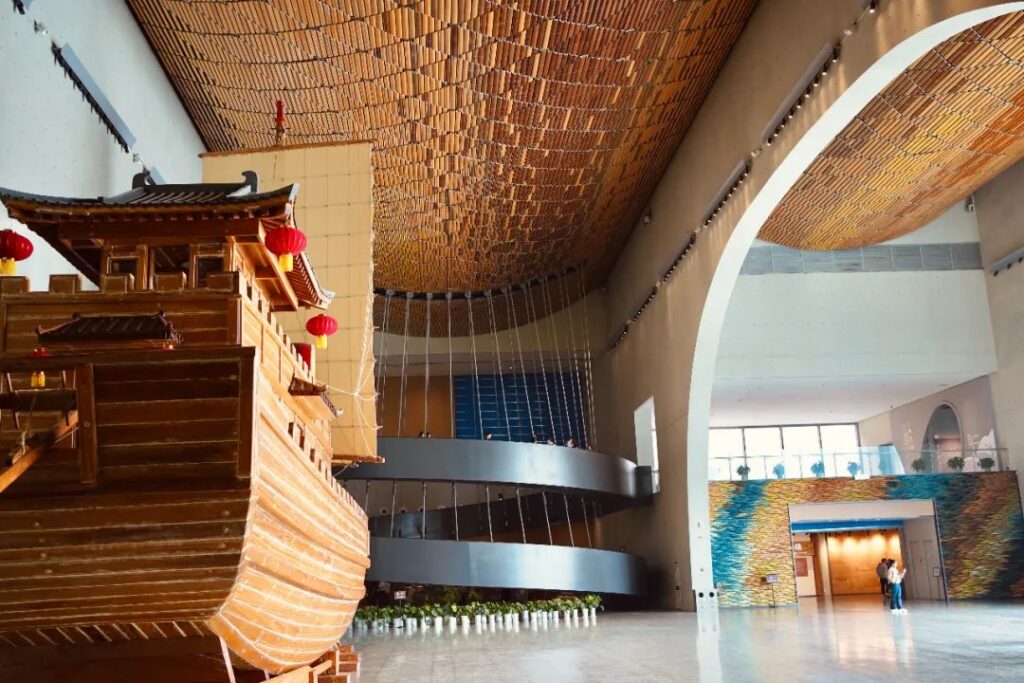
During my visit, I attended a free guided tour. I was truly impressed by the passion and expertise of the museum volunteers in Luoyang. My tour on the first floor was supposed to end after an hour and a half, but everyone was eager for the volunteer to guide us through the second floor as well. She kindly obliged and spent an additional half an hour on the second floor (grateful).

The museum is full of hidden gems: its location at the confluence of two rivers corresponds to the Grand Canal theme. The building’s exterior features tricolored ceramics, symbolizing Luoyang’s Tang Sancai culture.
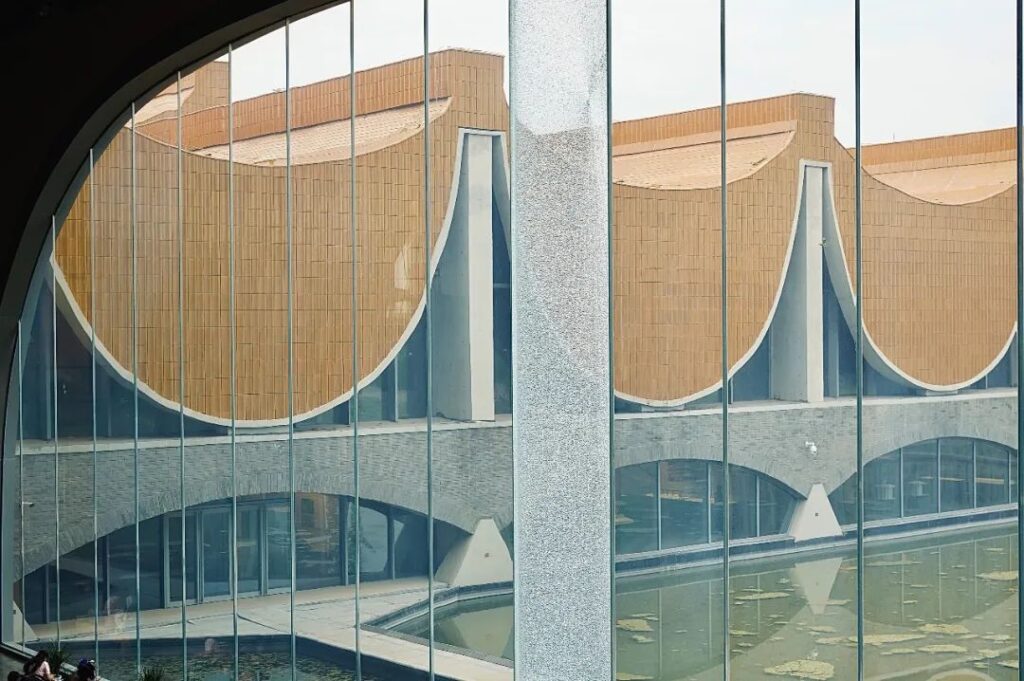
The tricolored mural in the atrium consists of more than 4,000 sets of tricolored arc-shaped components, representing Luoyang’s 4,000-year history.
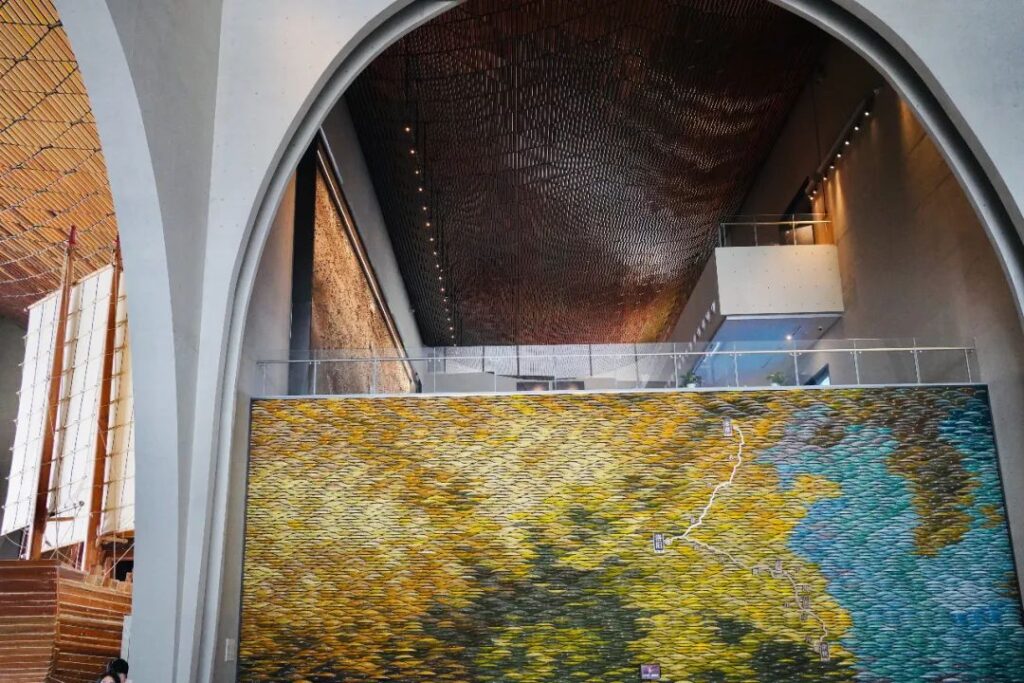

The Sui Dynasty re-established the “Great Unification.” To consolidate his power, Emperor Yang of Sui ordered the excavation of the Tongji Canal, Yongji Canal, and Jiangnan River in Luoyang, forming the Beijing-Hangzhou Grand Canal. The canal, centered in Luoyang, connected five major water systems (Hai River, Yellow River, Huai River, Yangtze River, and Qiantang River) and stretched over 2,700 kilometers.
It is the world’s earliest, longest, and most extensive ancient canal, successfully inscribed on the World Heritage List in 2014.

The museum has three floors and nine exhibition halls.
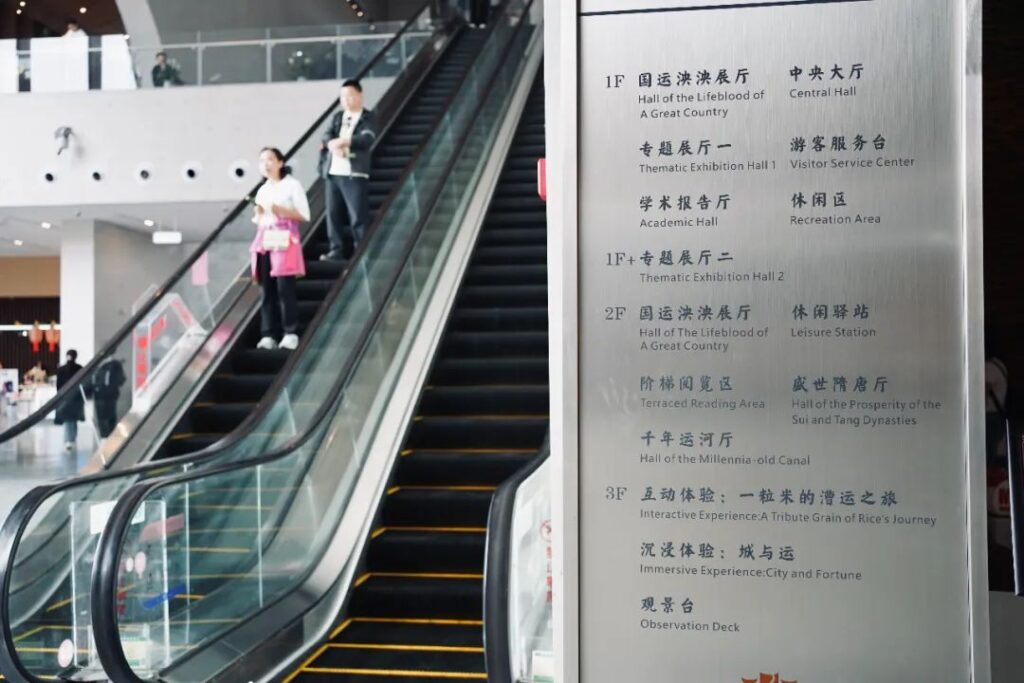
The first floor is the main focus, outlining the excavation and operation of the Sui-Tang Grand Canal. I learned that implementing a grand canal from proposal to completion was no easy feat! Excavating the canal, building flood-control embankments, managing canal transportation, establishing storage facilities, and developing shipbuilding technologies were all complex and urgent issues that needed to be addressed.

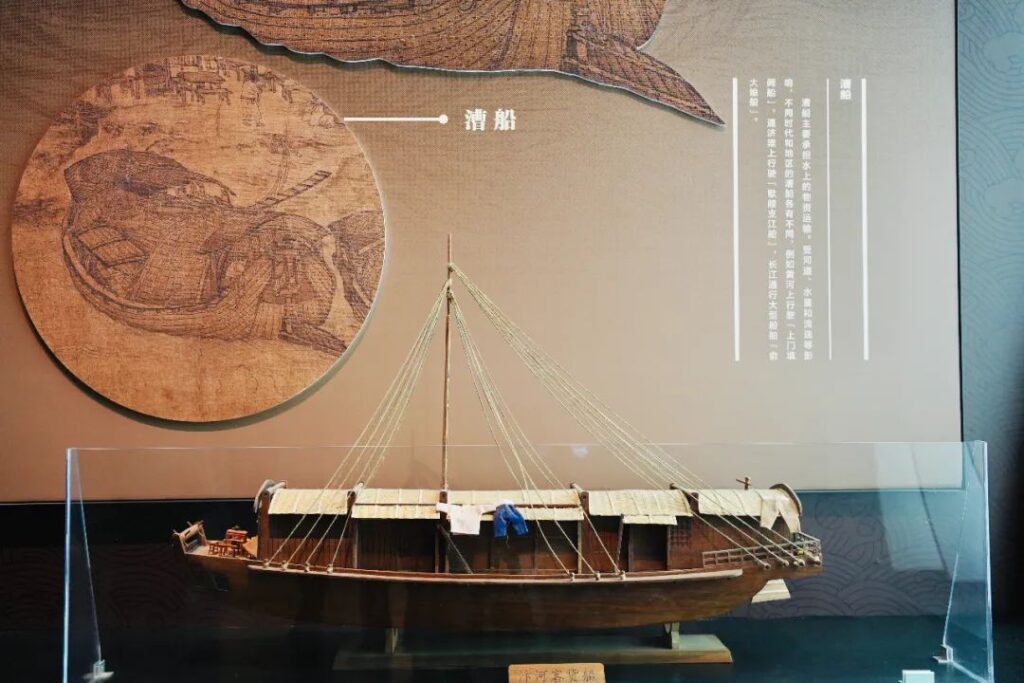
The Hanjia Granary, known as the “World’s Best Granary,” still contained half of its organic matter when discovered, demonstrating the excellent storage technology of the time. The museum displays the original Hanjia Granary.

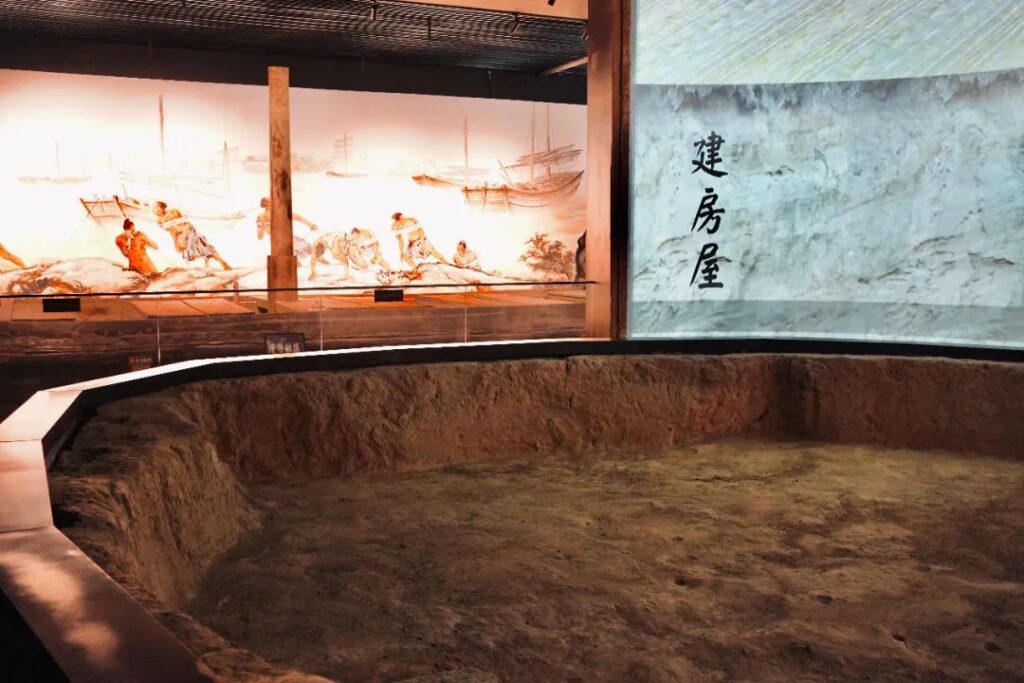
The Tang Dynasty employed nail-joint and tenon-joint techniques to enhance the strength of ship hulls.
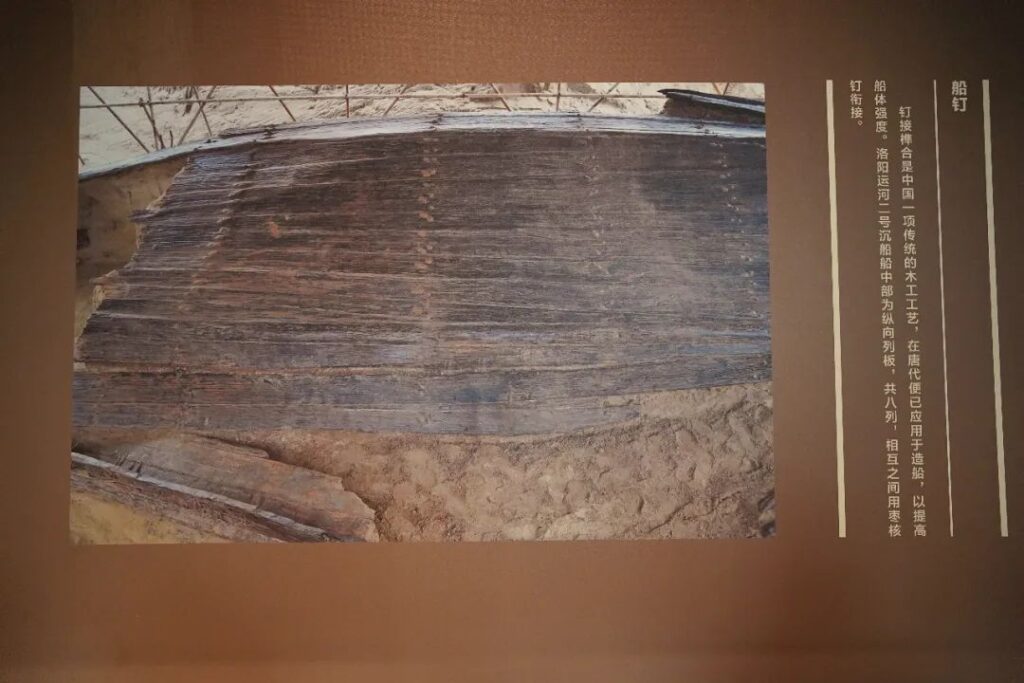
Thanks to these innovations, various goods were transported from south to north. Luoyang had grain reserves to ensure the national economy and people’s livelihood, and the city had access to silk fabrics from Jiangnan and ceramics from Jingdezhen.
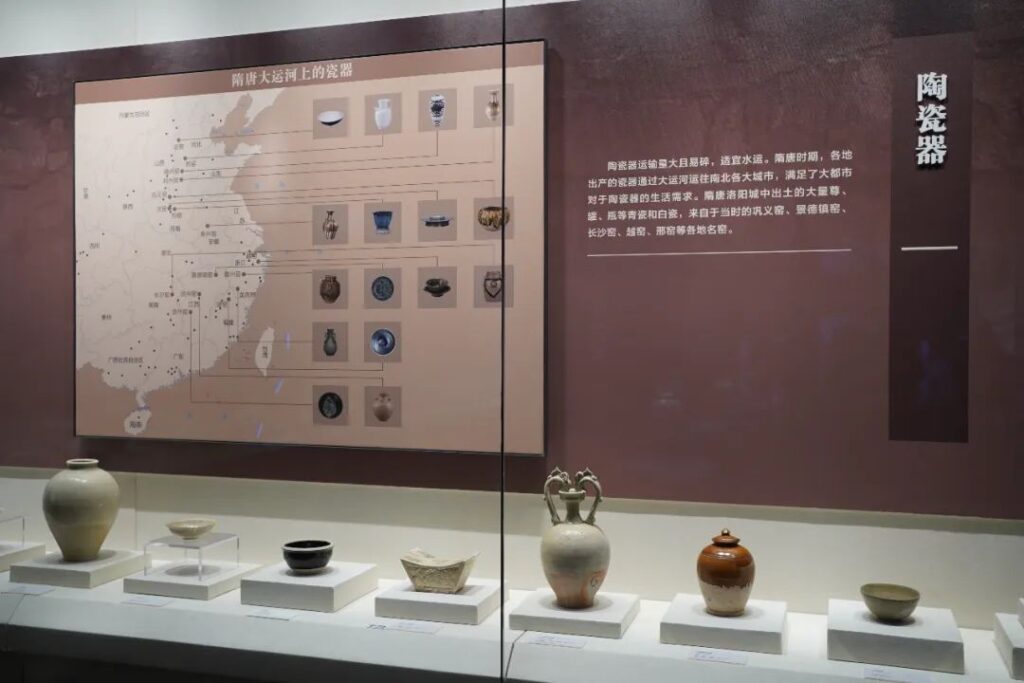
The second floor uses multimedia animations and scene restorations to showcase the prosperity along the Sui-Tang Grand Canal and the canal’s World Heritage application process.

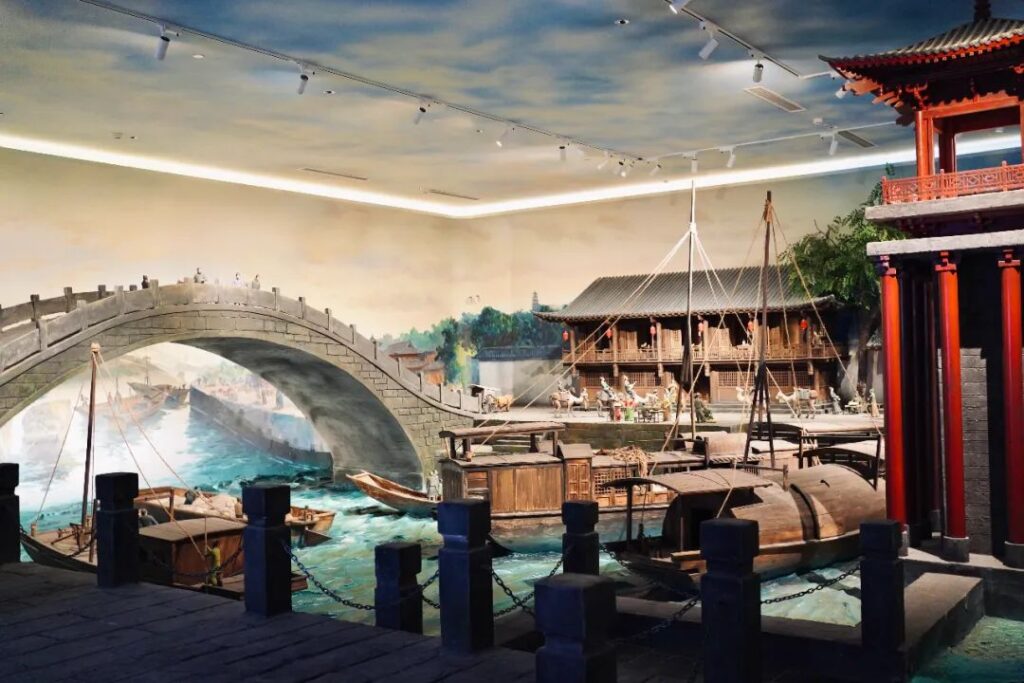
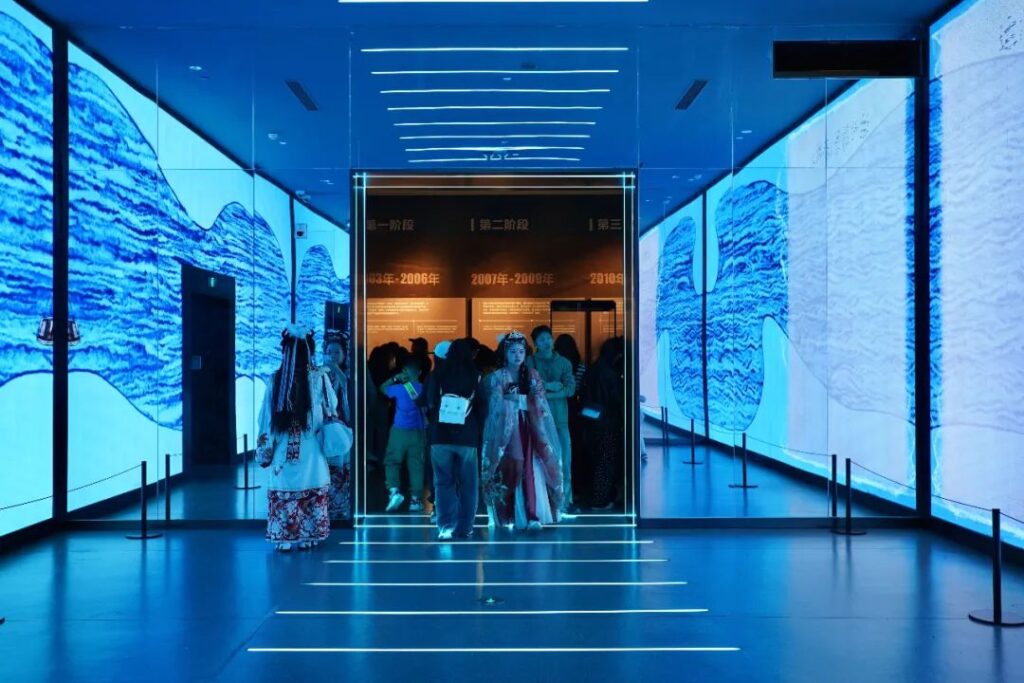
Don’t miss these two highlights: a 30-meter-long, 10-meter-high outer wall displaying the Bianhe River strata from the Sui-Tang period to modern times, and the Luoyang Canal Ancient Sunken Ship No. 2 (Ship No. 1 is displayed on the first floor).
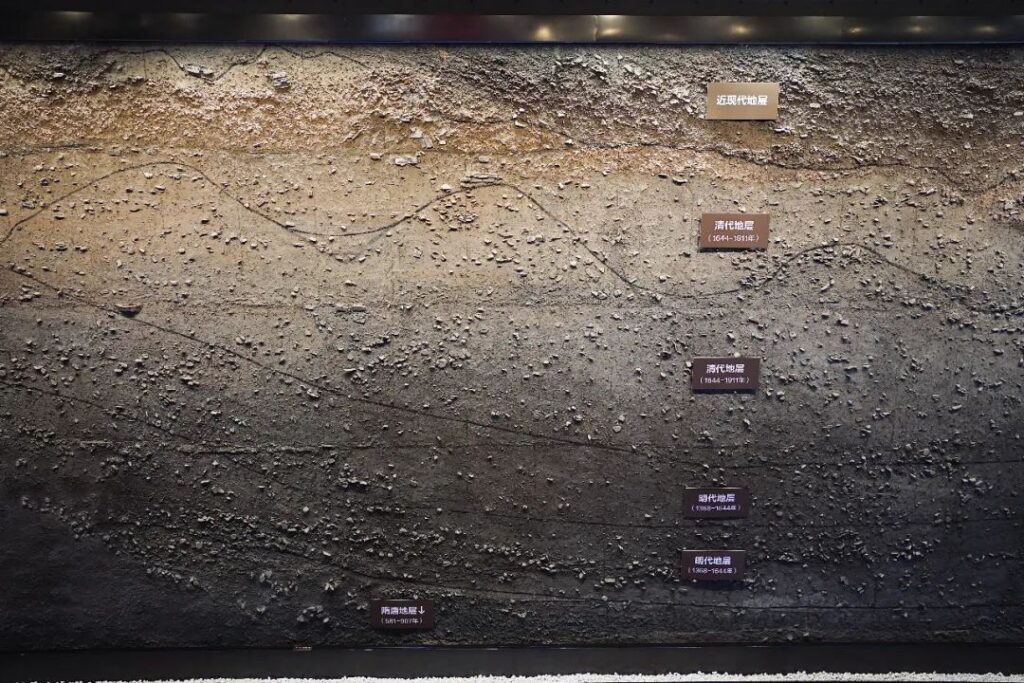
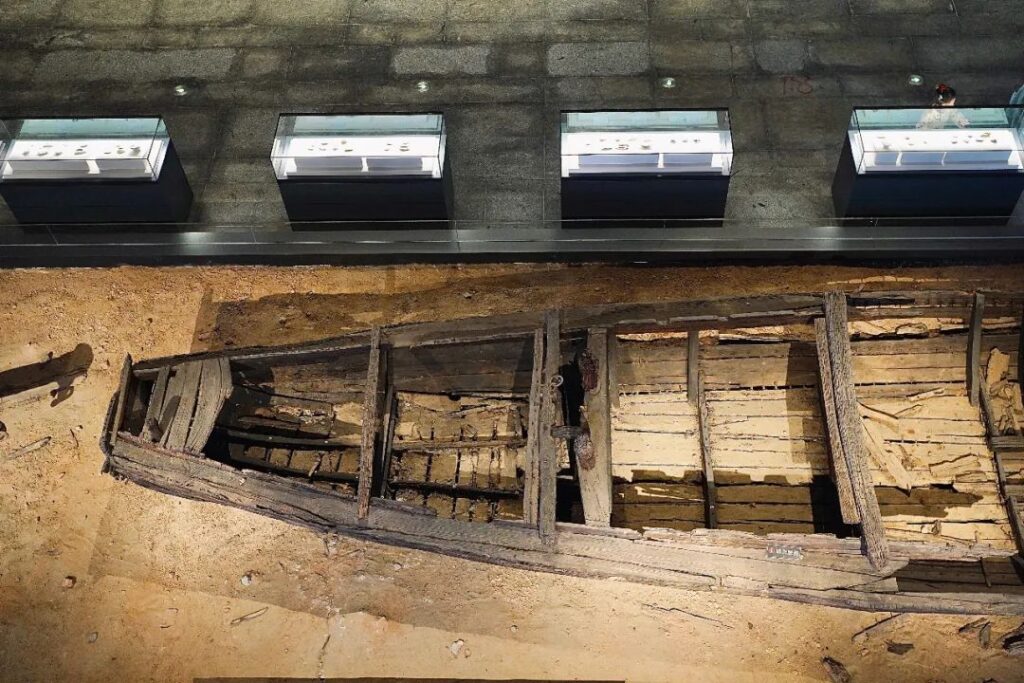
The third floor mainly features digital interactive experiences related to the Grand Canal.
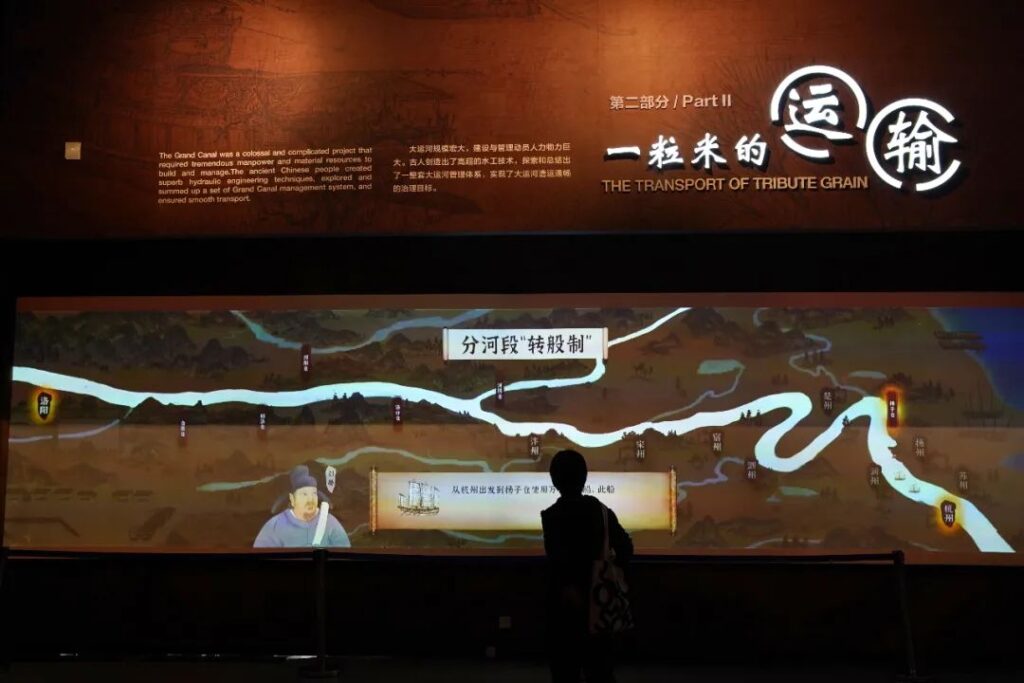
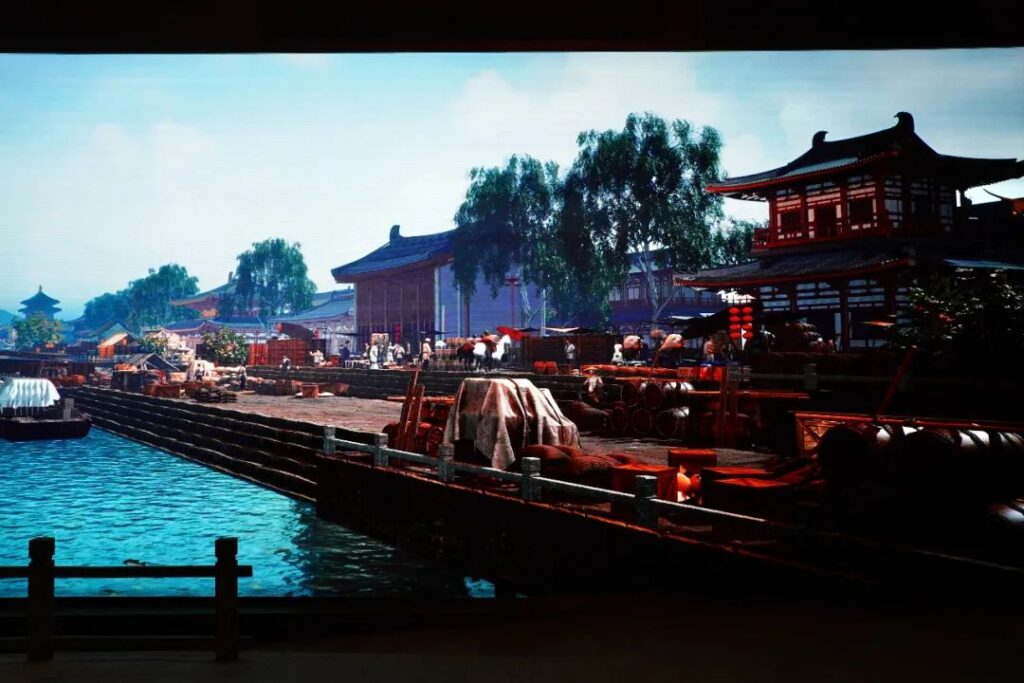
In the temporary exhibition hall on the second floor, I viewed an exhibition of Qing Dynasty Chinese export porcelain with emblems from the collection of the Guangzhou Museum (March 26 – June 22). Using the emblems on export porcelain as a starting point, the exhibition showcased the prosperity of overseas ceramic trade during the Qing Dynasty. The exhibits were truly stunning, making one want to own them.
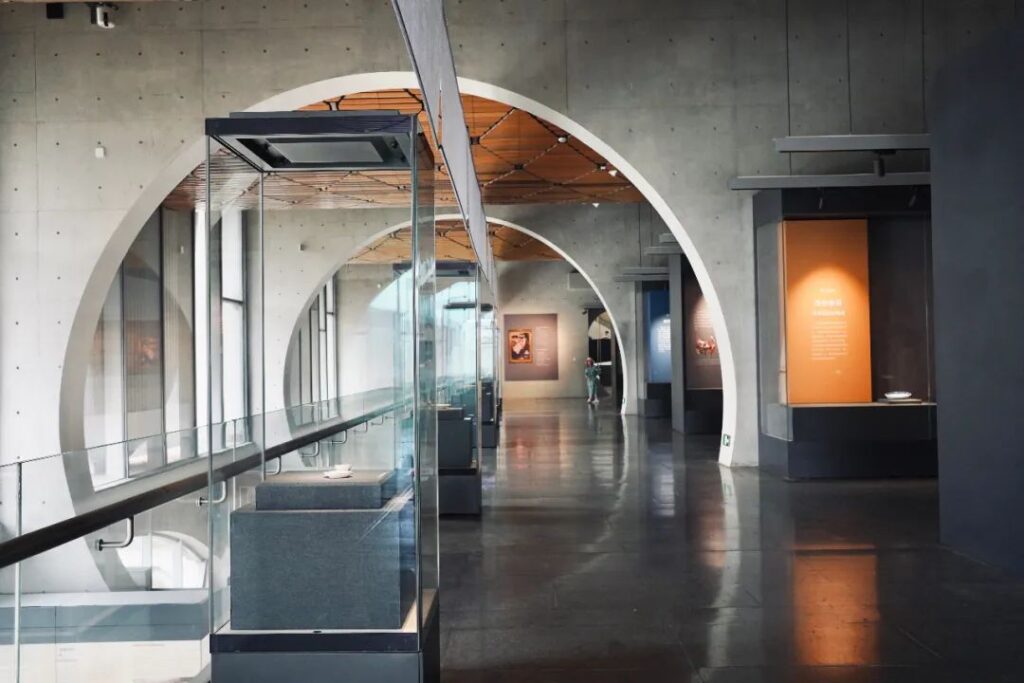
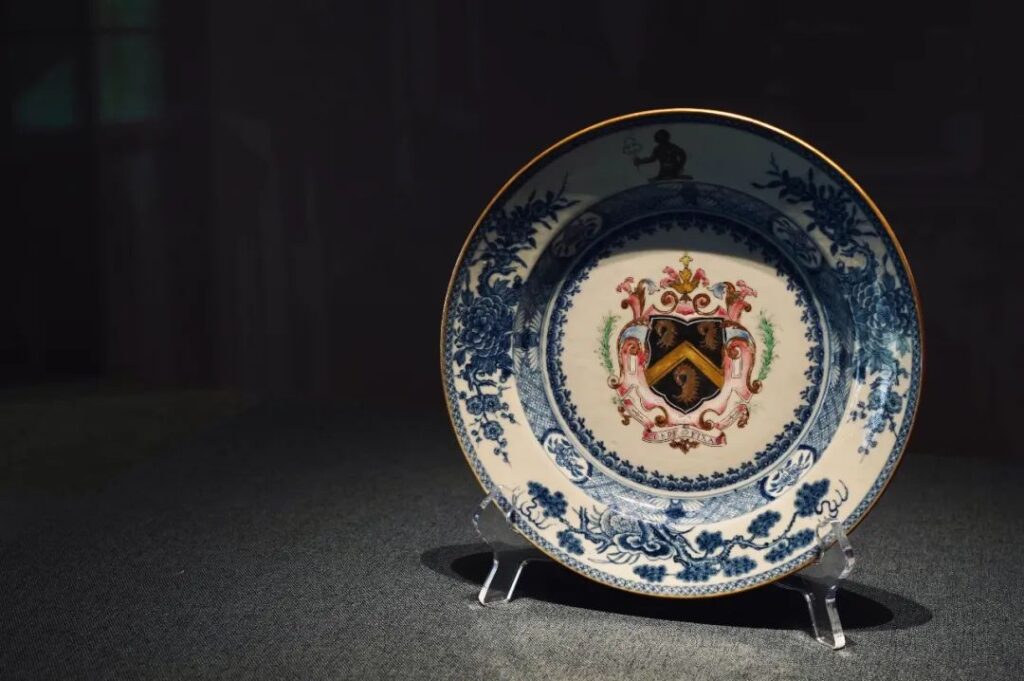
If you listen attentively to the guided tour, you will spend at least three hours in this museum.
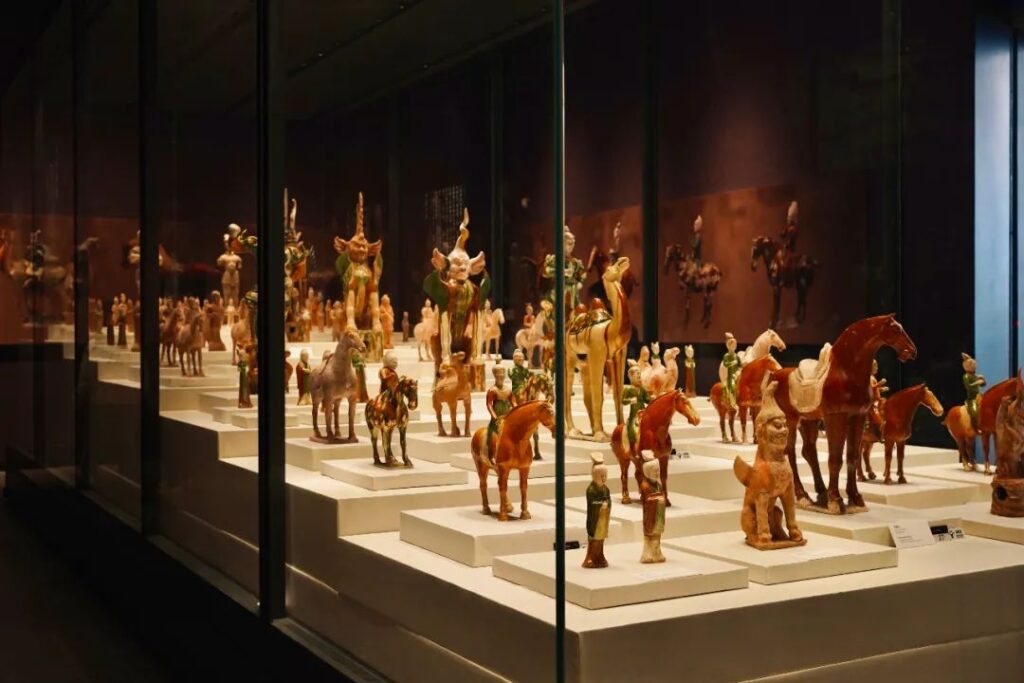
5.Emperor’s Chariot Museum
💰: Adult ticket: 30 yuan, available for on-site purchase
⏰: Regular hours: 8:30-18:00 (last entry at 16:30, closed on Mondays). Before May 6th, extended hours until 20:00 on weekends (open on Mondays).

During the construction of the King Zhou City Square in 2002, an underground Eastern Zhou royal tomb site was accidentally discovered. The site is located in a bustling area, and fully excavating it would pose significant challenges for subsequent protection, relocation, and urban planning. Therefore, the decision was made to backfill the site, leaving only the largest chariot and horse pit in its original location for display.
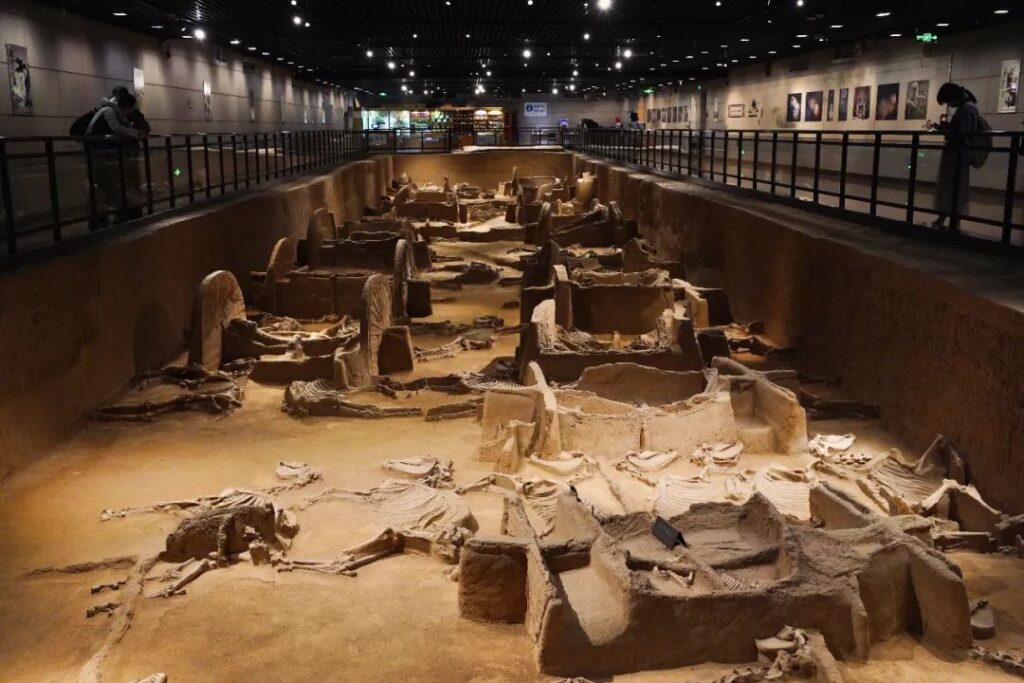
Although we can only see one chariot and horse pit today, there are 397 tombs and 17 additional chariot and horse pits nearby. This museum requires imagination.
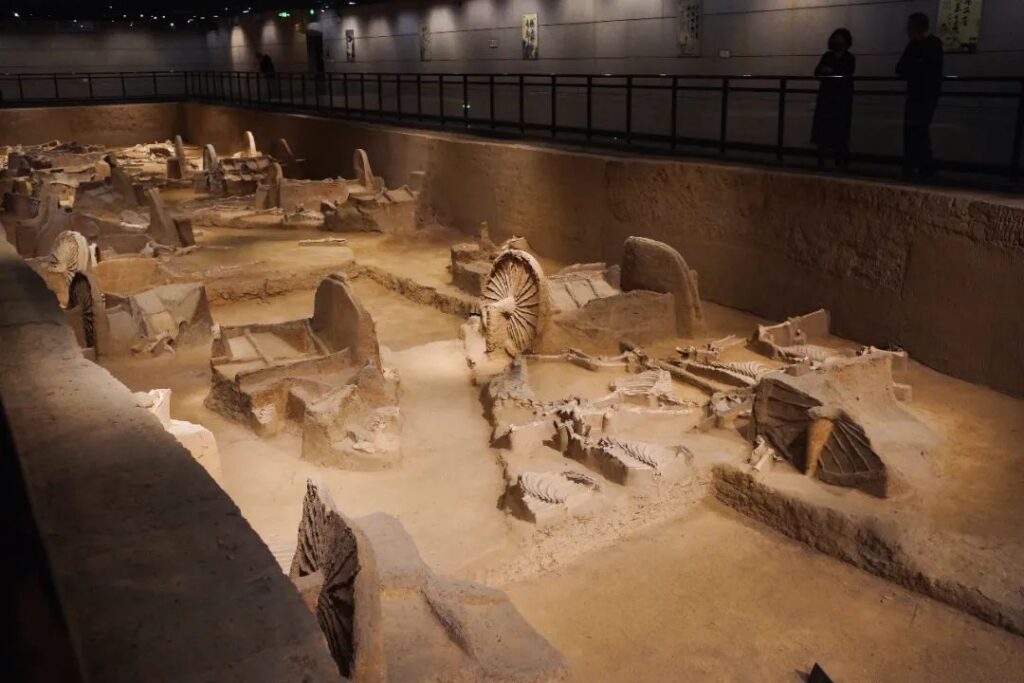
The discovery of the Emperor’s Chariot and Horse Pit caused a sensation at the time.
Firstly, it provided a definitive answer to the long-standing debate about whether the emperor rode in a chariot drawn by six horses or four horses. Secondly, even after 3,000 years, the chariot’s structure and the horses’ skeletons were still clearly visible. You can even see the details of a small dog that was buried alongside them and knocked unconscious by a stone while trying to escape.
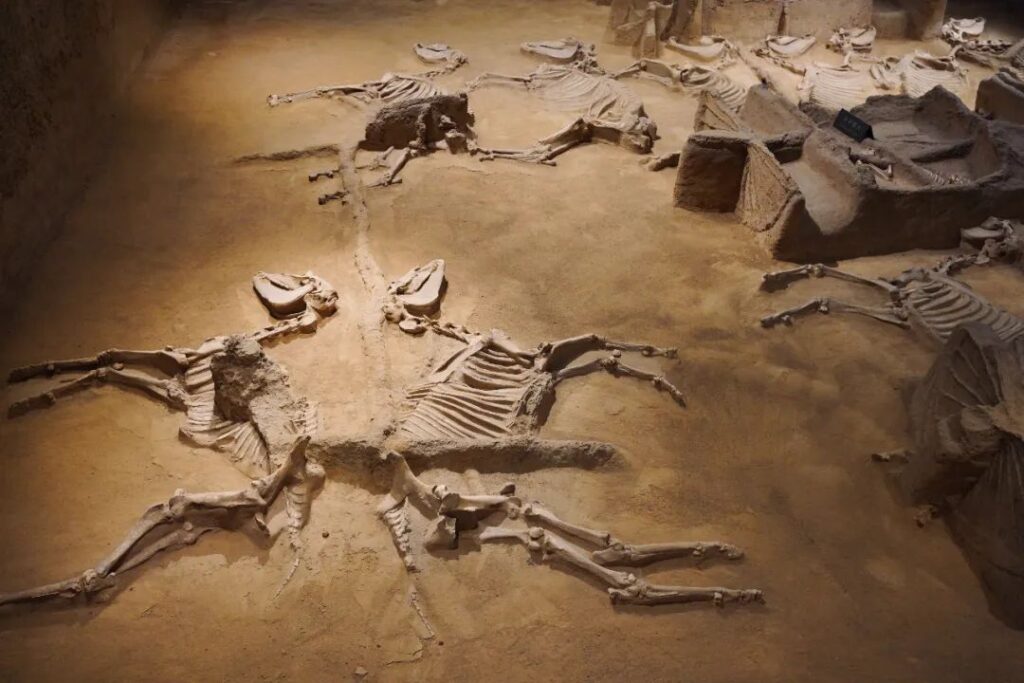
The soil of Luoyang holds countless historical treasures. A guided tour is essential for this museum; without one, you can complete the visit in less than 20 minutes.
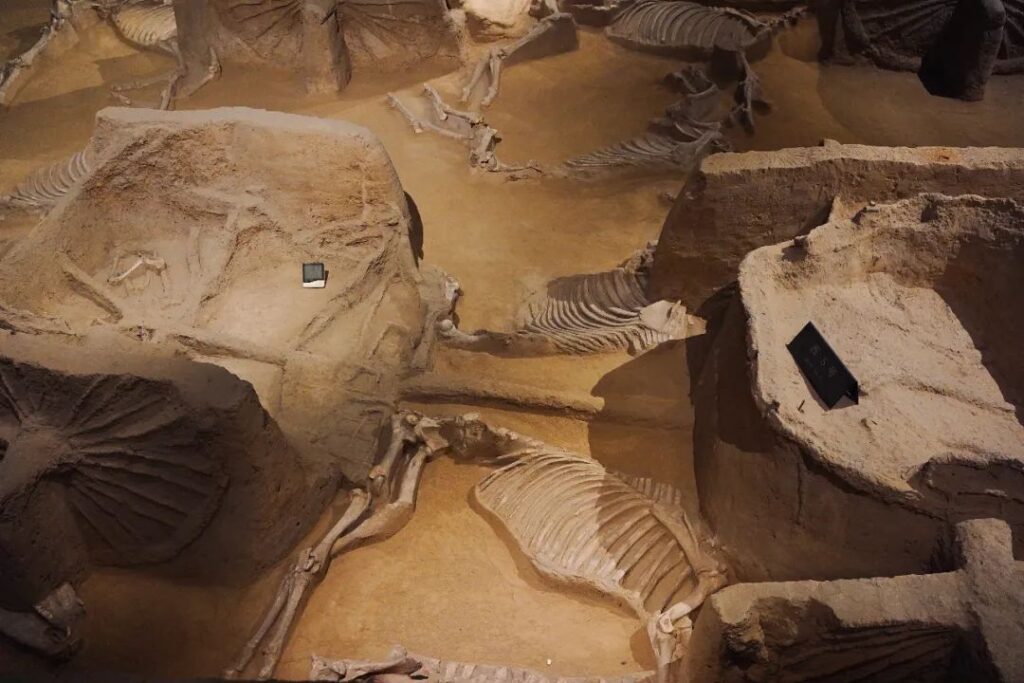
The chariot and horse pit is not covered by glass, and due to crowd control and protection purposes, the museum charges an entrance fee.
In terms of cost-effectiveness, it may not be high, considering that the other impressive museums mentioned earlier are free. However, from a historical perspective, it is irreplaceable.
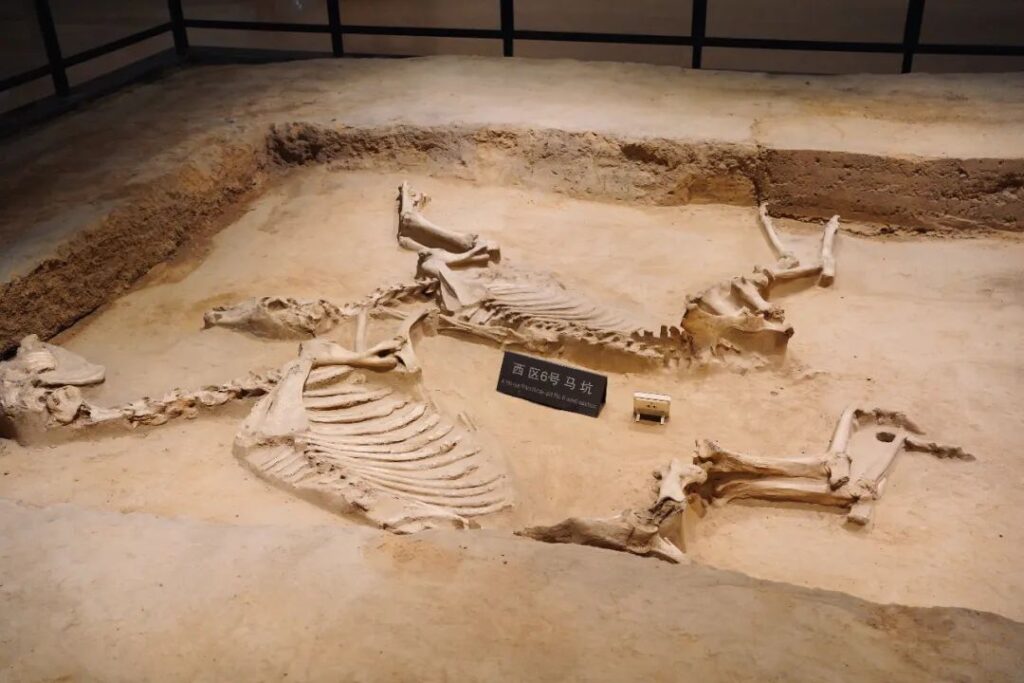
If you haven’t been able to secure a spot at the Luoyang Museum, you can start here. With a ticket from this museum, you can visit the Luoyang Museum on the same day.

Luoyang’s Hidden Gem Museums
The last two recommended museums are more suitable for those who frequently visit Luoyang or have ample time. They offer a less crowded and more leisurely experience. Soaking up the sun while strolling through these museums can be very relaxing.
6.Luoyang Folk Museum
⏰: Weekdays 9:00-17:00, Weekends 9:00-18:00 (last entry half an hour before closing, closed on Mondays except for holidays)
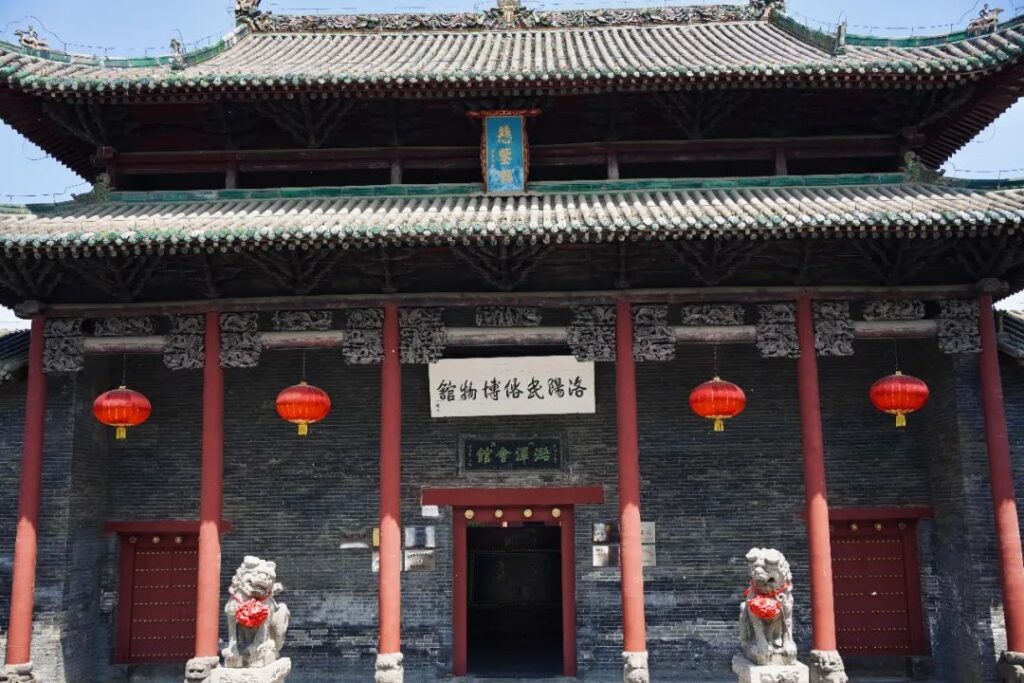
Next to the Luoyang Folk Museum, there are also the Plaque Museum and the Contract Museum.
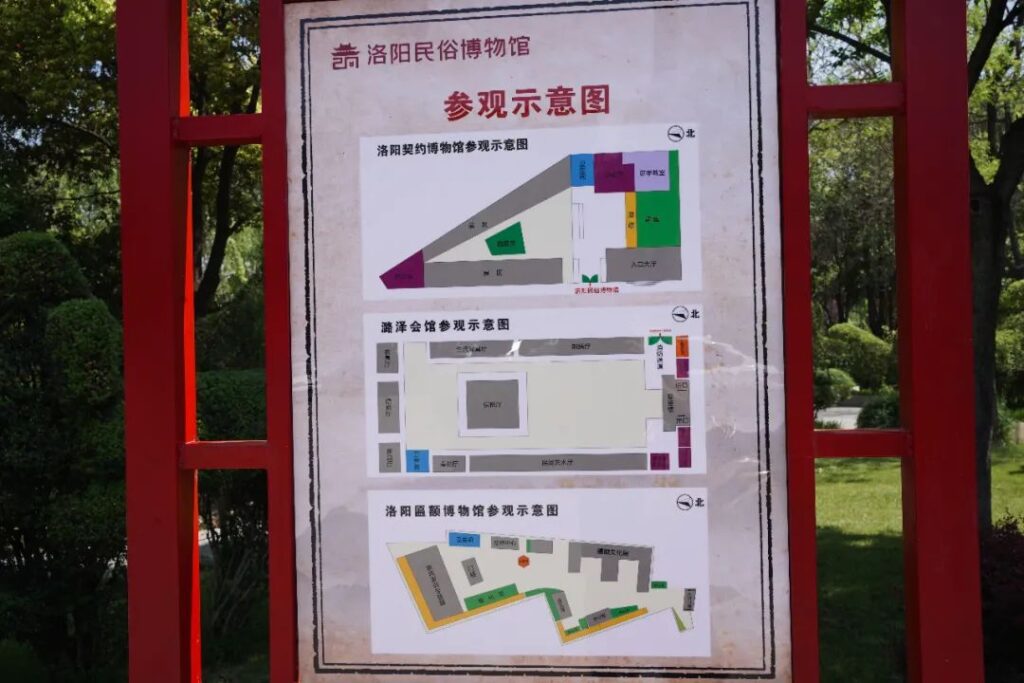
The Contract Museum left the deepest impression on me. It can be very interesting if you take a closer look.
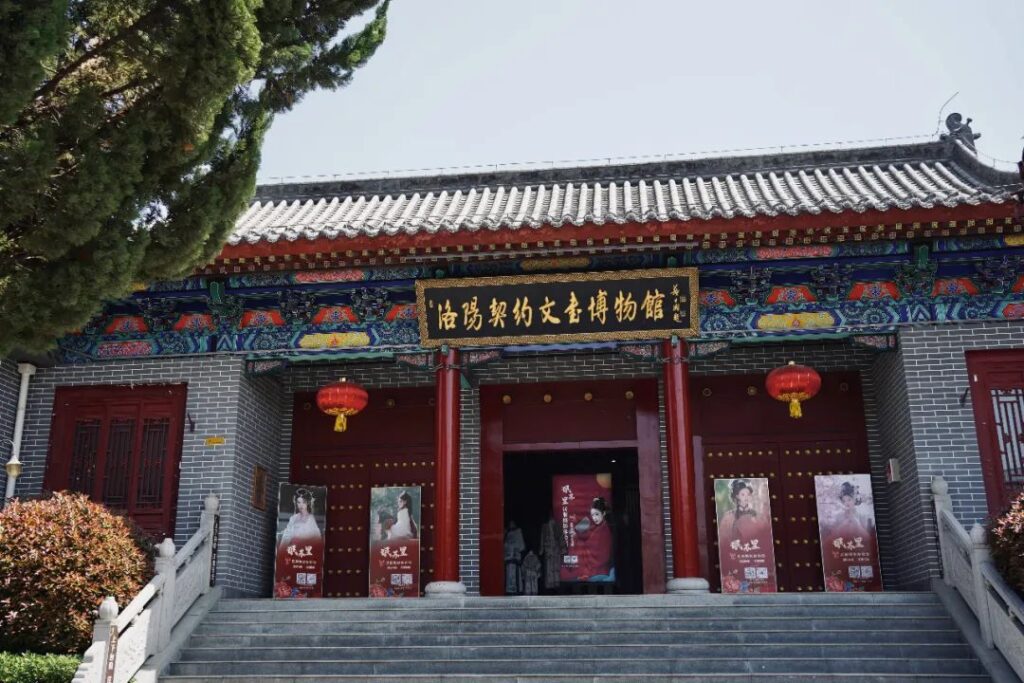
Contracts are a special type of documentary resource. They are highly credible, come from first-hand sources, and record vivid historical details.

The museum has carefully selected more than a thousand contracts, spanning from the early Ming Dynasty to the early period of the People’s Republic of China. You can find ancient sworn brotherhood certificates, divorce certificates, indentured servitude contracts, and even cheating materials for imperial examinations.
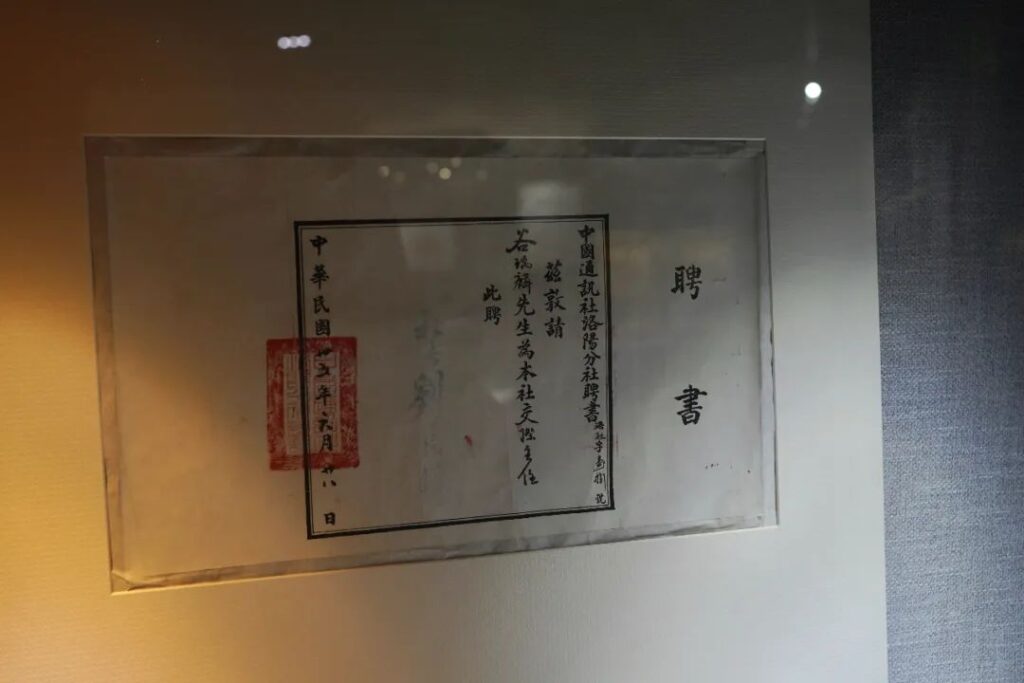

The section on “human contracts” is particularly thought-provoking. The trading objects were wives, concubines, children, and prostitutes. Under the patriarchal system of the old society, women were treated as property and traded at will, unable to control their own destiny.
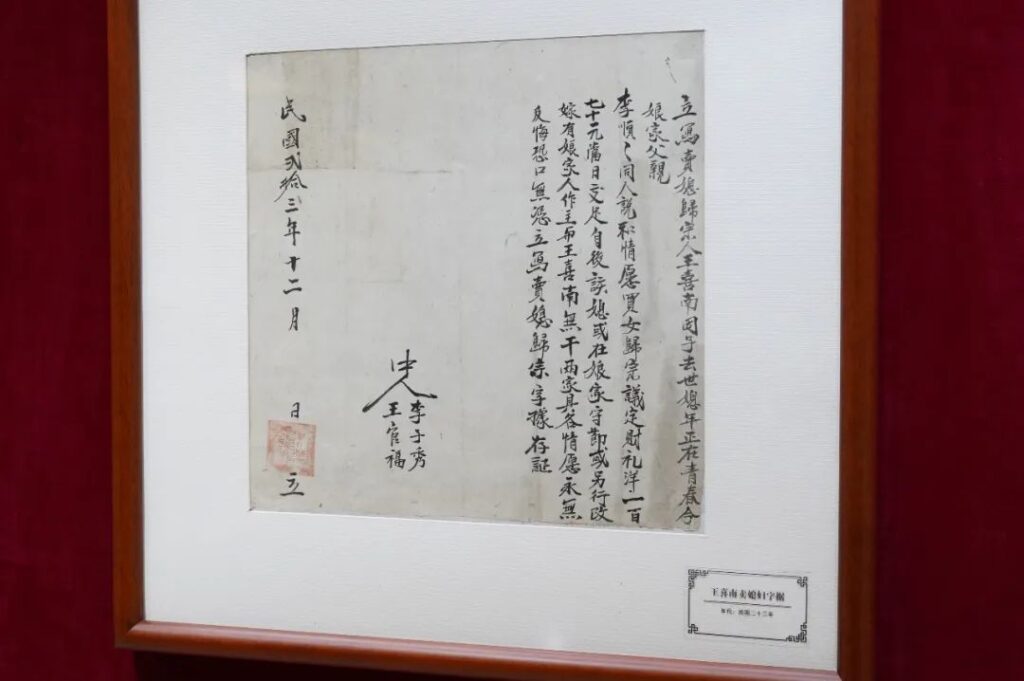

The “Contract for Song Chengyao to Recruit a Son-in-Law” from the Republic of China period conveys a sense of human touch. The document roughly states that Mr. Song Chengyao’s son sacrificed his life for the country during the war, and he and his wife were also advanced in age. Considering that their daughter-in-law would have no one to rely on in the future, they drafted a contract to recruit a son-in-law for her. The children born to the couple, regardless of gender, would belong to the Song family and inherit the family’s property.

Behind each contract lies an ordinary person lost in the tides of history. History is a macro-narrative composed of countless tiny individuals.
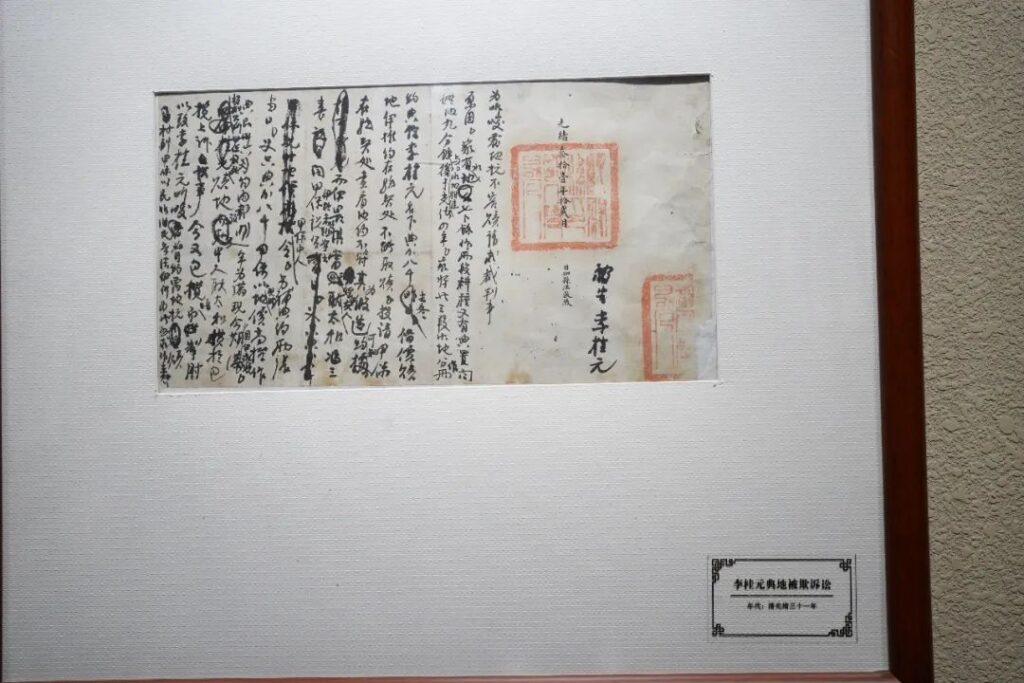
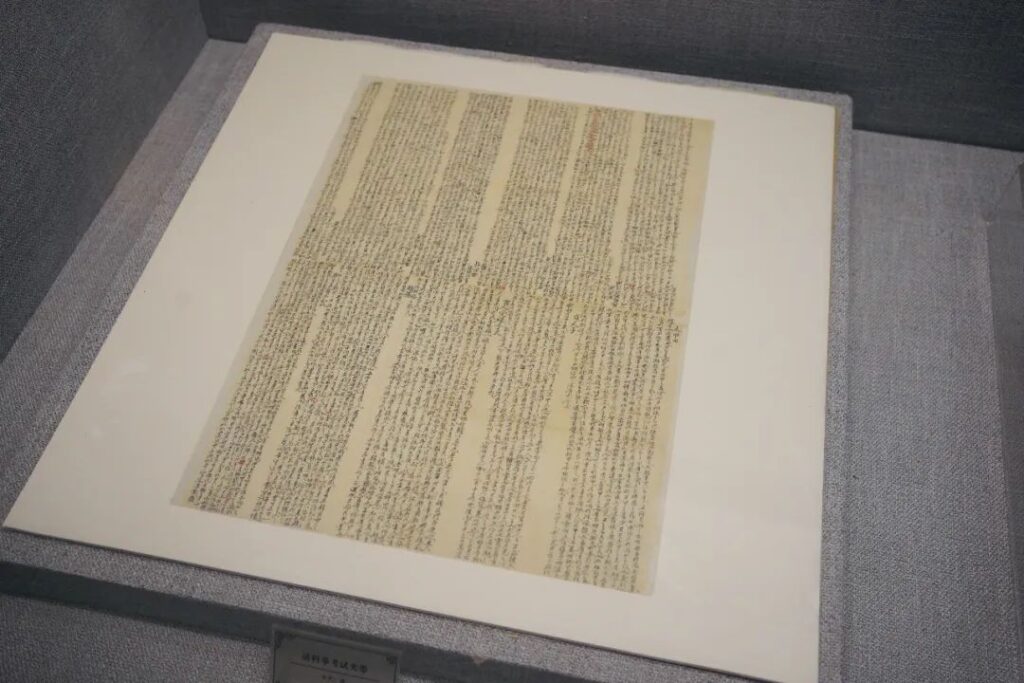

The Plaque Museum exhibits more than 300 exquisite plaques, also dating from the Ming Dynasty to the Republic of China. The content mainly revolves around family precepts, shop signs, and imperial examinations.
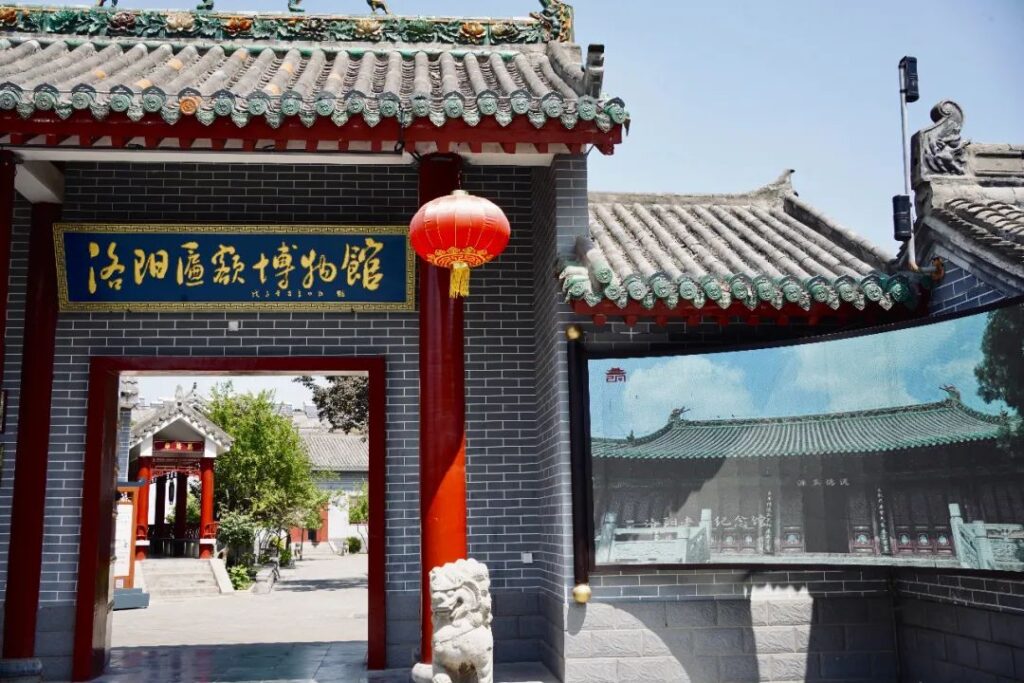
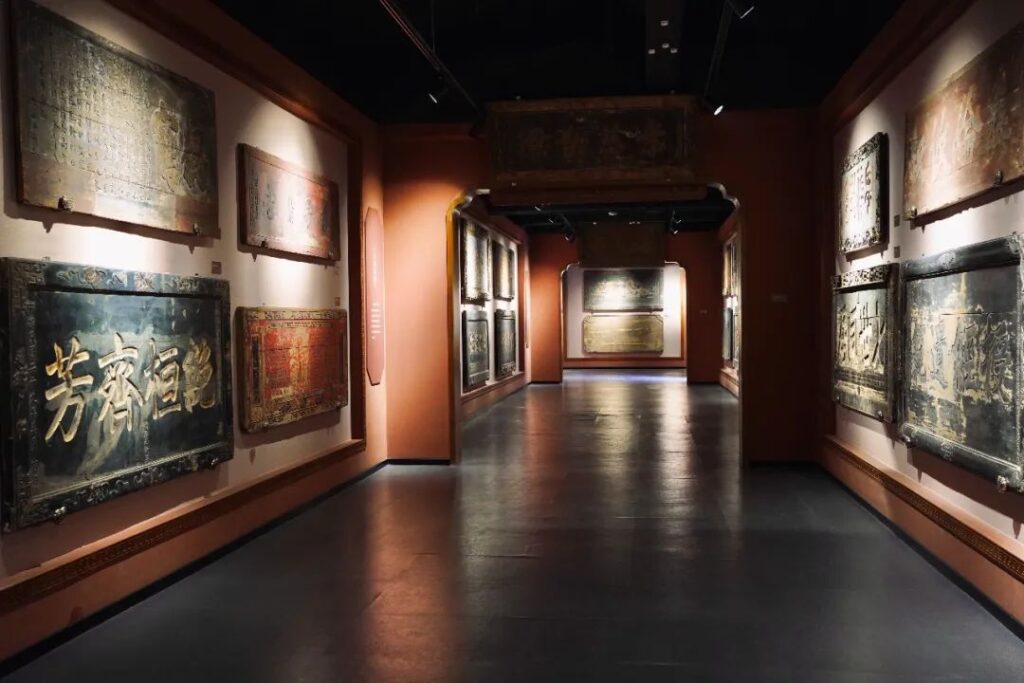
The Luoyang Folk Museum was originally the Luze Guild Hall, built during the Qing Dynasty’s Qianlong period with funds from Shanxi merchants. It is the largest ancient building complex in Luoyang.
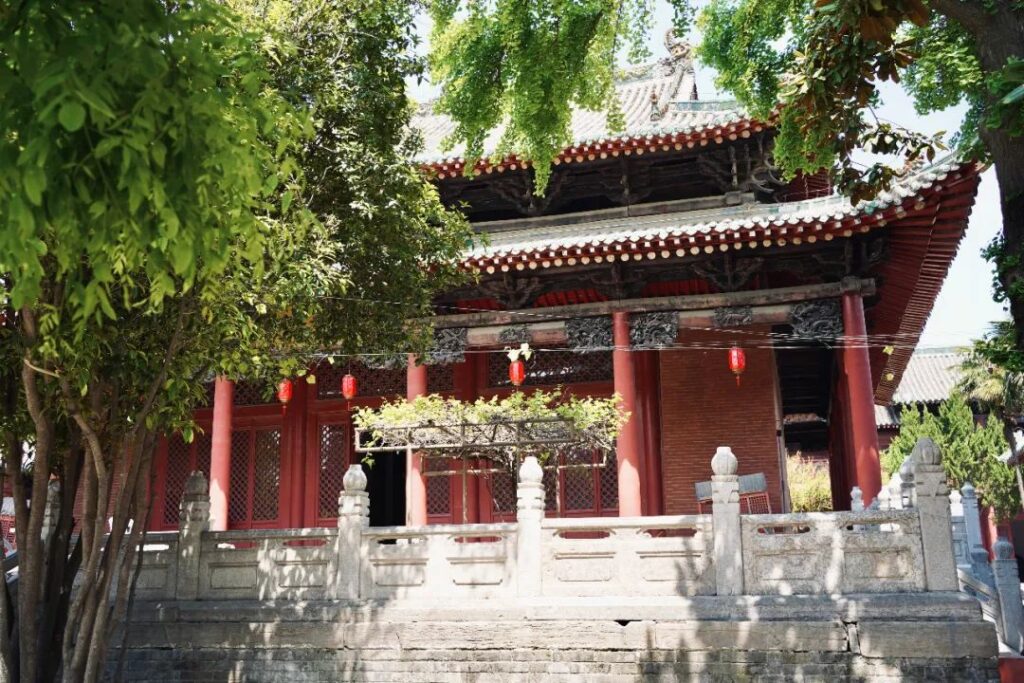
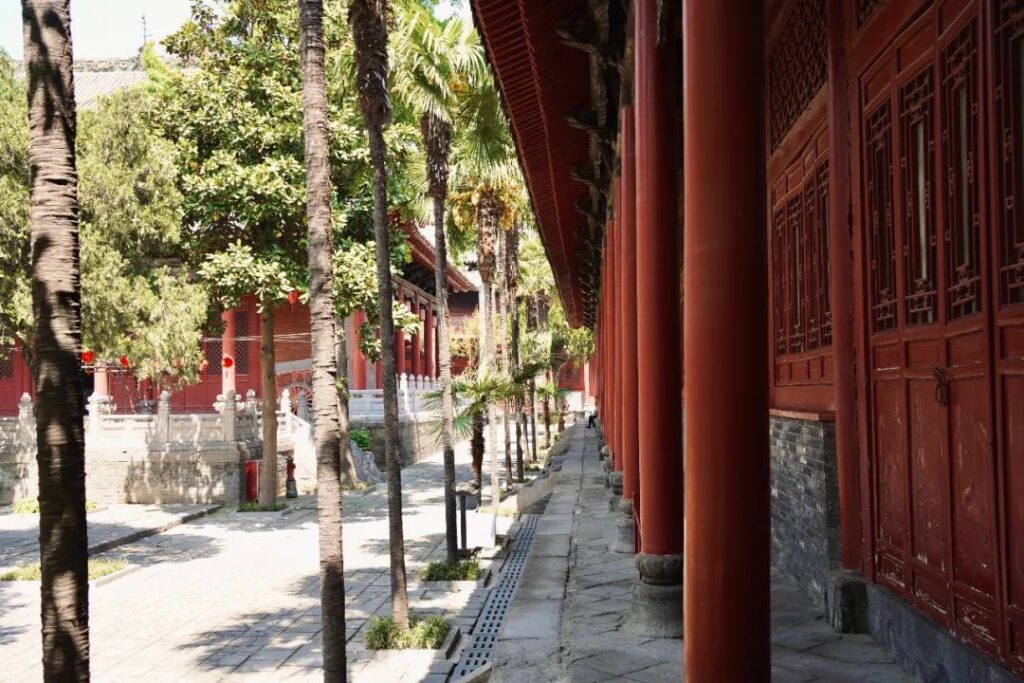
The main attraction of this museum is the ancient architecture. The exhibition content is relatively down-to-earth, ranging from the Qing Dynasty to the Republic of China, with halls showcasing embroidery, daily utensils, farming tools, wedding customs, and bedding.


7.Luoyang Tea Road Museum
⏰: 9:00-17:00 (last entry at 16:30, closed on Mondays except for holidays)
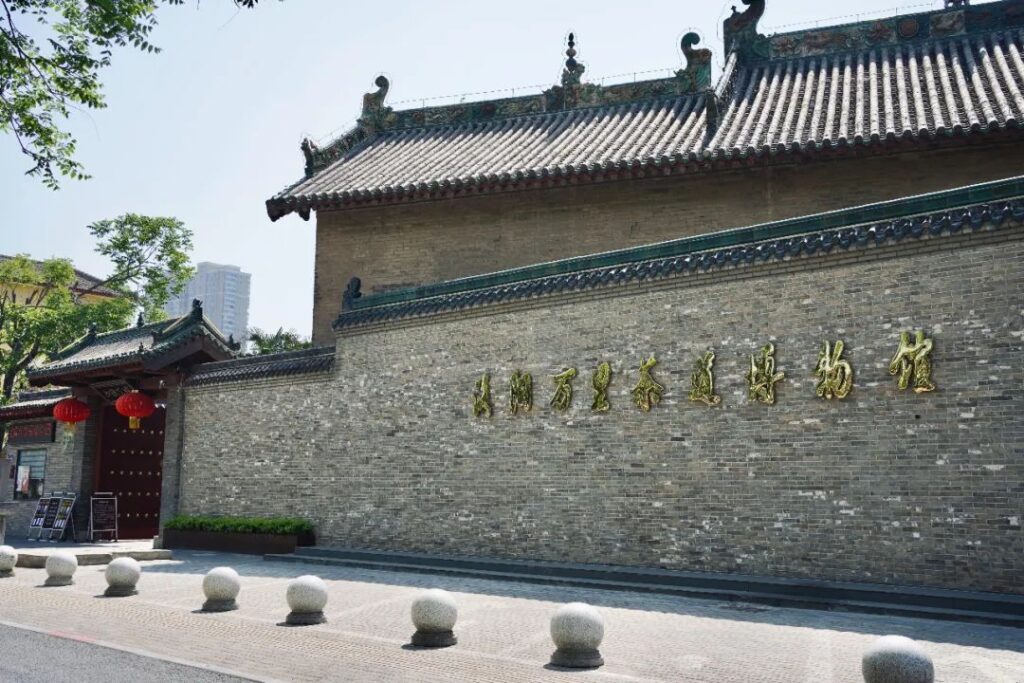
The “Tea Road” stretches over 14,000 kilometers, starting from Wuyi Mountain in Fujian, passing through Jiangxi, Hunan, Hubei, Henan, Shanxi, Hebei, and Inner Mongolia, extending northward through Mongolia, and reaching Russia. It is currently also under application for World Heritage status.

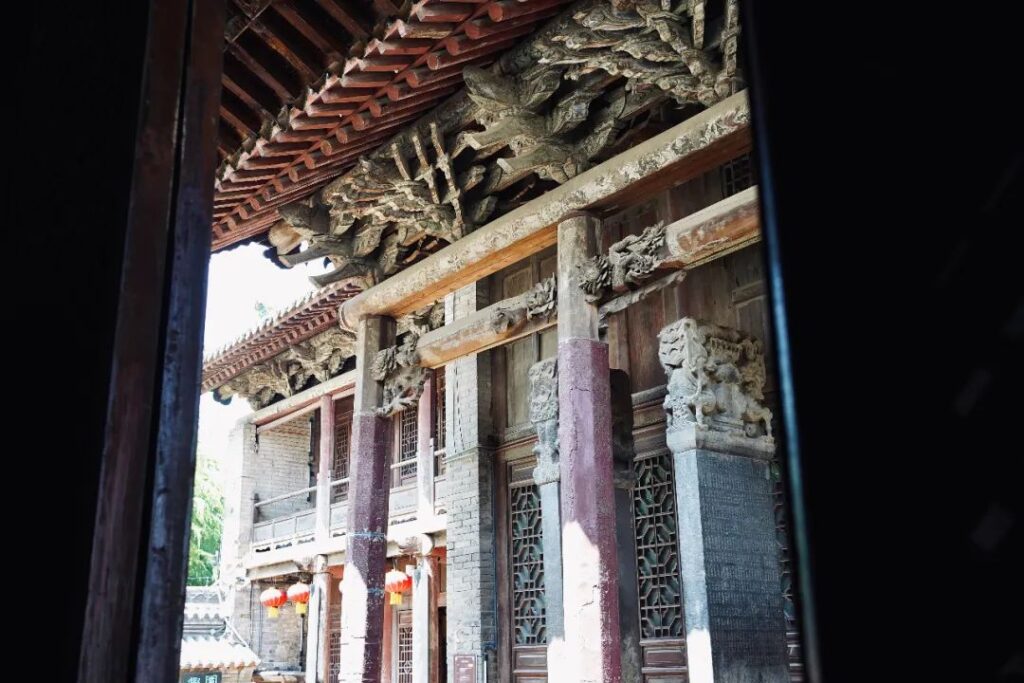
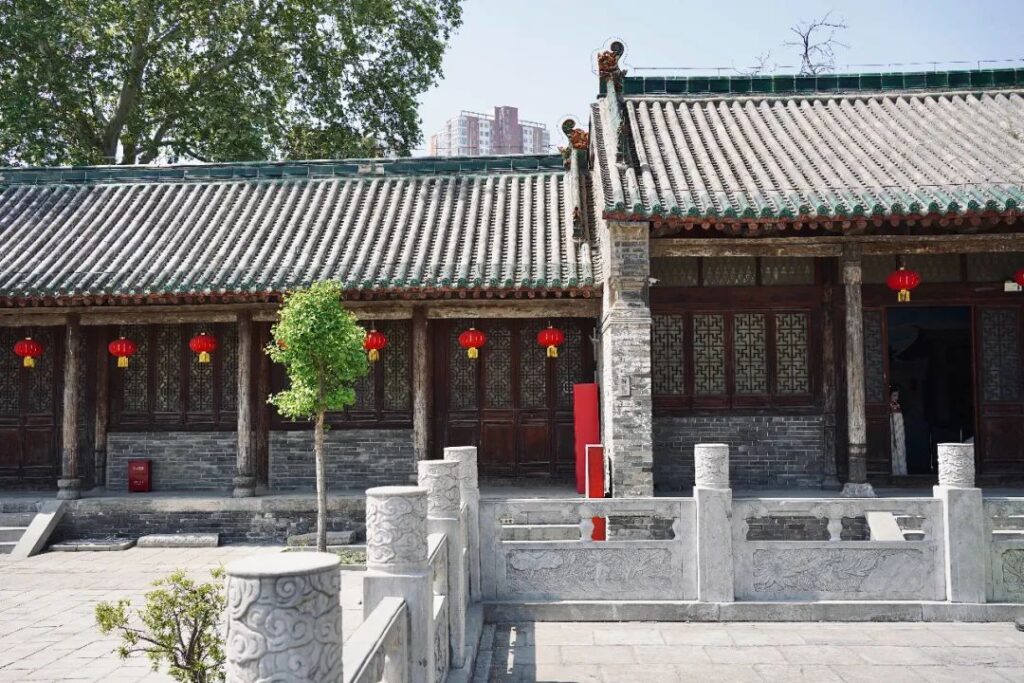
The Tea Road Museum was originally the Shanshan Guild Hall (search for “Shanshan Guild Hall” in the navigation). It is a very atmospheric Qing Dynasty ancient building. The exhibitions inside are less attractive than the carved beams and painted pillars. Viewing the architecture and drinking tea are more important here.
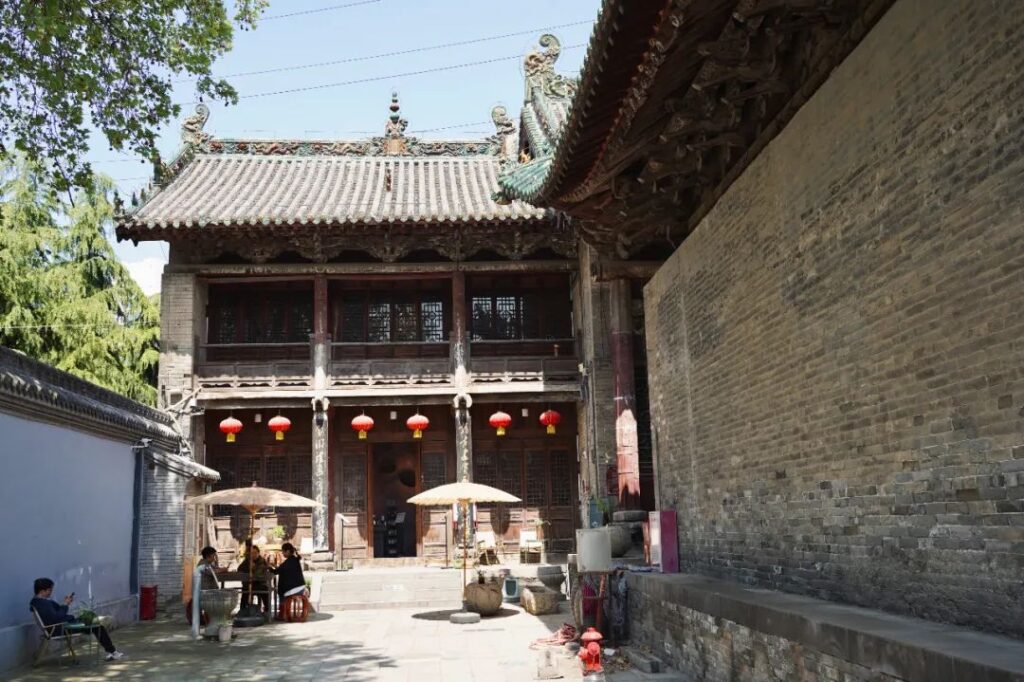
There is a highly recommended tea room in the museum. For just 38 yuan, you can enjoy tea personally brewed by a national tea art master. There are many options, including several types of green tea, black tea, oolong tea, white tea, yellow tea, and dark tea.
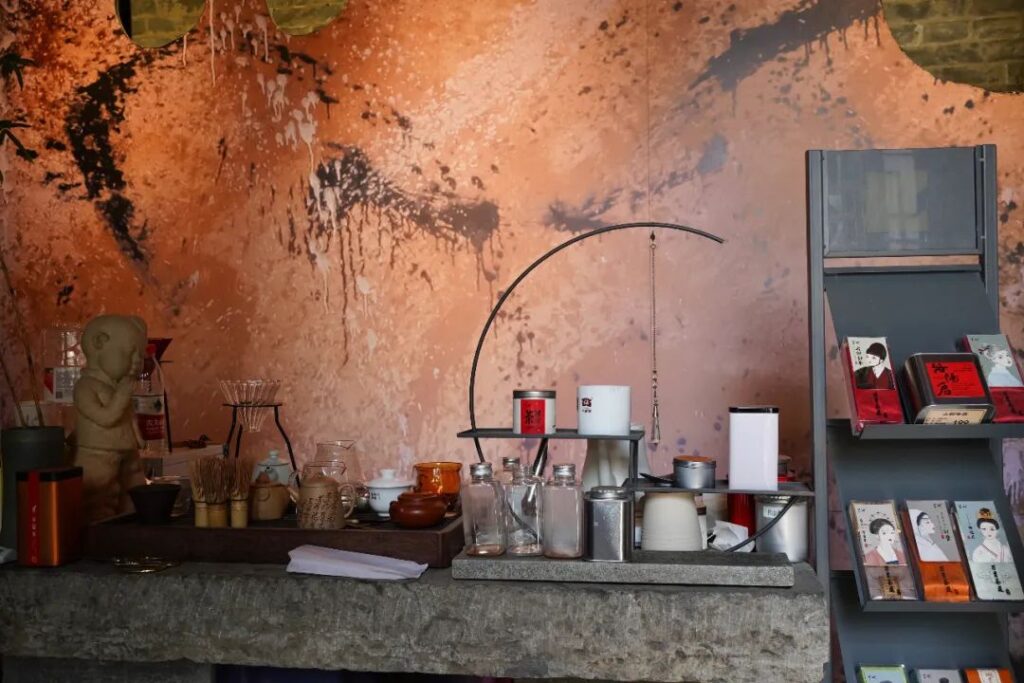

The key is that there are few people here. Sipping tea in the spacious courtyard is a rare museum experience.

In fact, the first and second floors of Yingtian Gate are also museums, displaying the original city gate ruins and pictorial exhibitions of other city gates in China.
I was in a hurry to catch the “Tang Palace Night Banquet,” so I didn’t have a chance to explore the museum in detail, and my experience was limited, so I won’t go into further details. When visiting Yingtian Gate to take night view photos, you can set aside an extra hour for the museum.
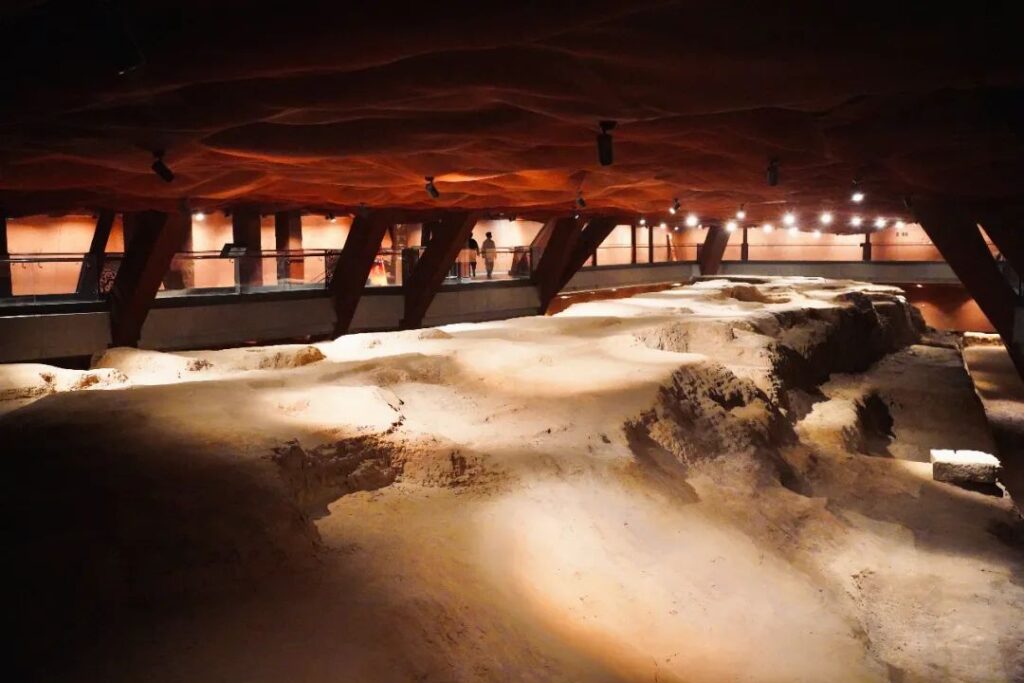
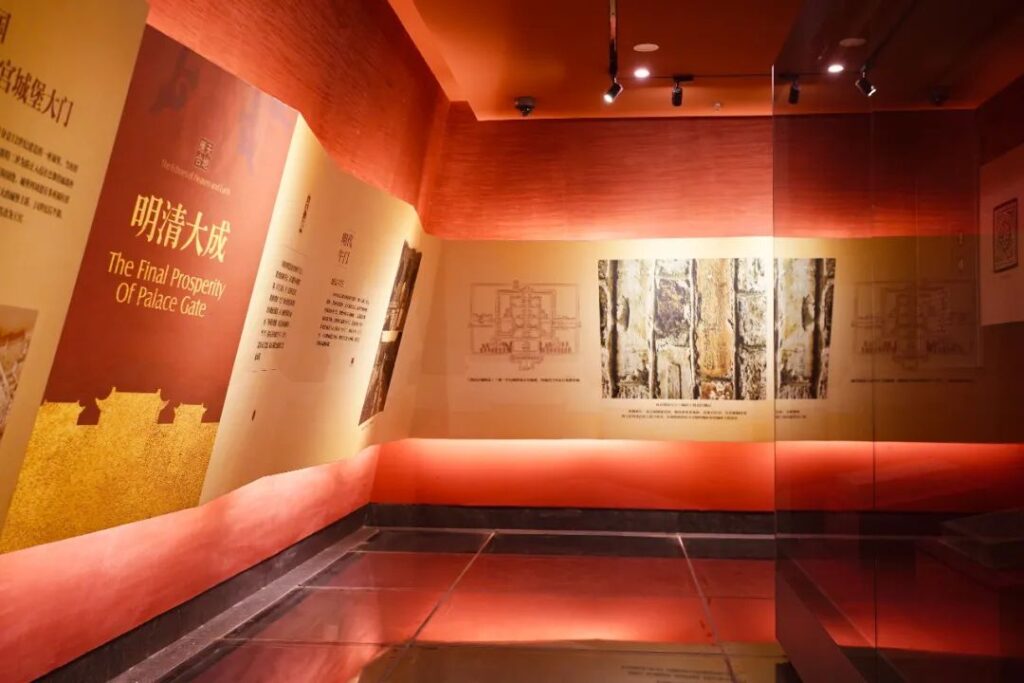
The Luoyang Sancai Art Museum near Lijing Gate mainly exhibits replicas and modern creative works. It gives me the impression of being more like a Sancai art gallery, offering a relatively pure visual enjoyment.

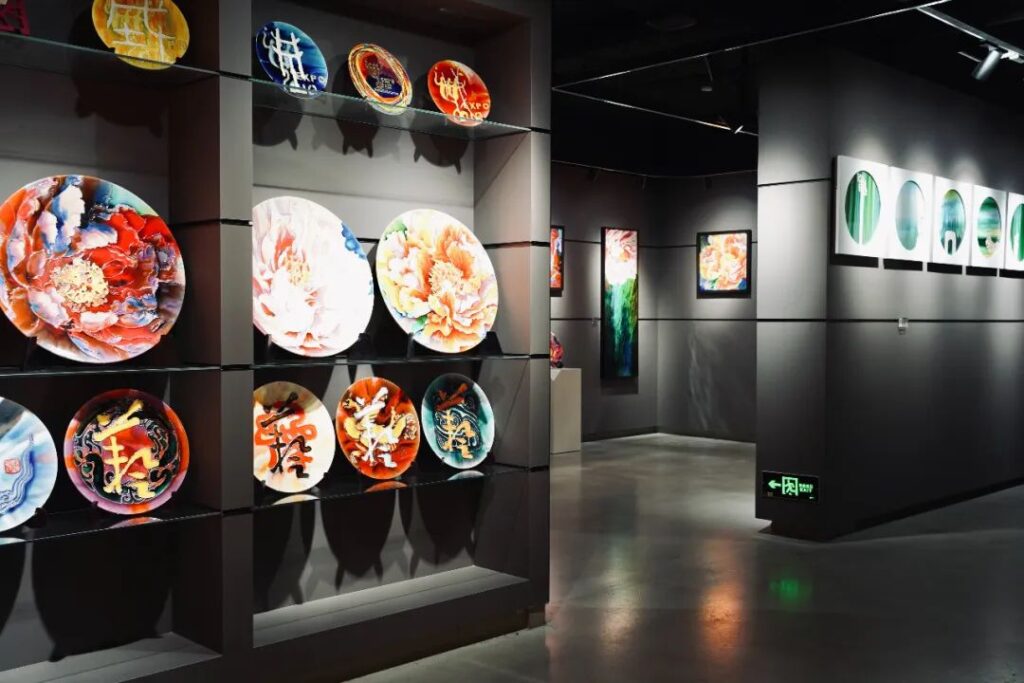
As usual, here’s a summary:
👍
/ Must-visit museums in Luoyang /
Luoyang Museum
Luoyang Museum of Ancient Tombs
🌟
/ Museums to choose based on interests /
Erlitou Xia Capital Museum
Sui-Tang Grand Canal Culture Museum
Emperor’s Chariot Museum
🍃
/ Luoyang’s hidden gem museums /
Luoyang Folk Museum
Luoyang Tea Road Museum
Do you know of any other museums worth visiting in Luoyang? Feel free to share in the comments section!
Related Articles:





